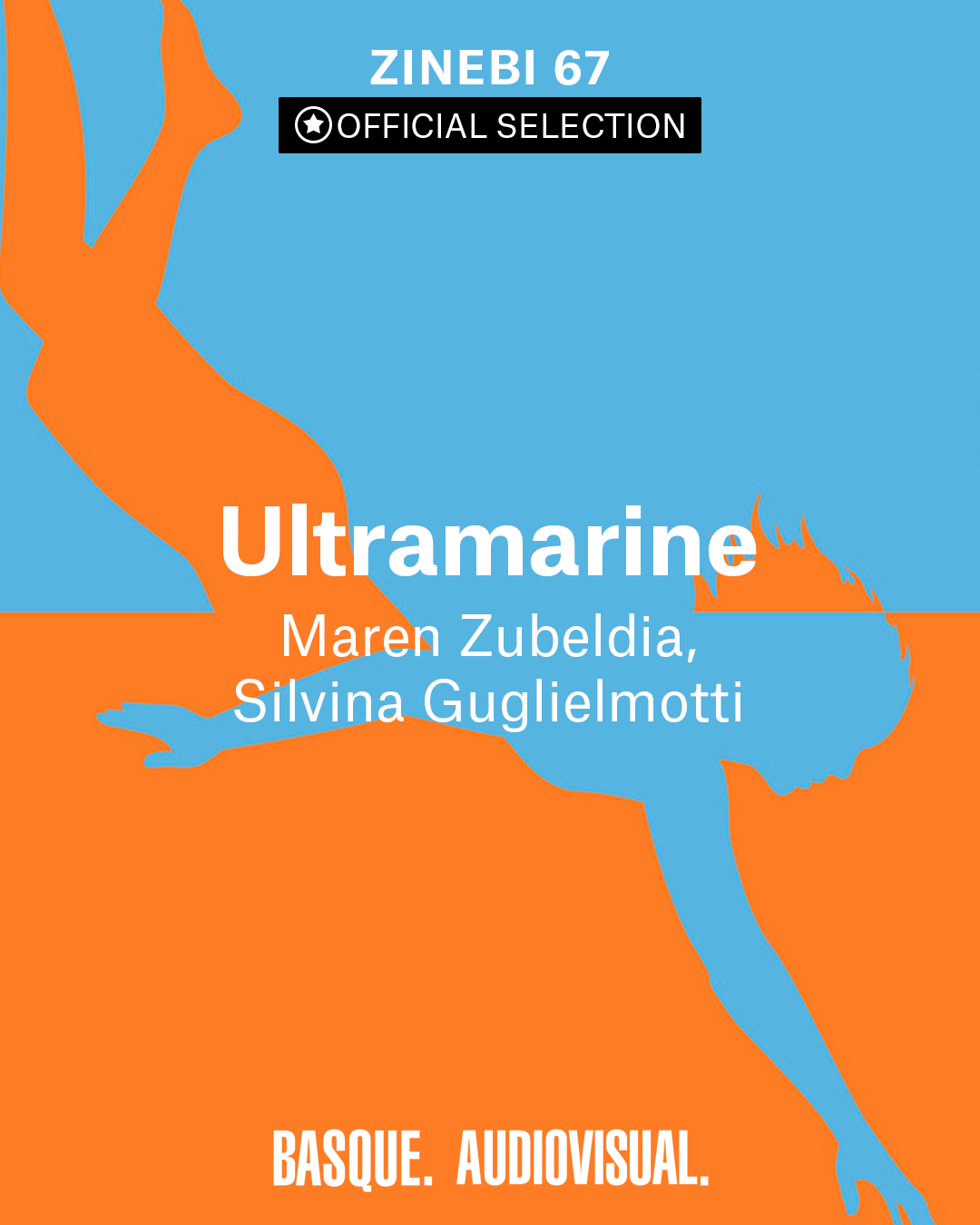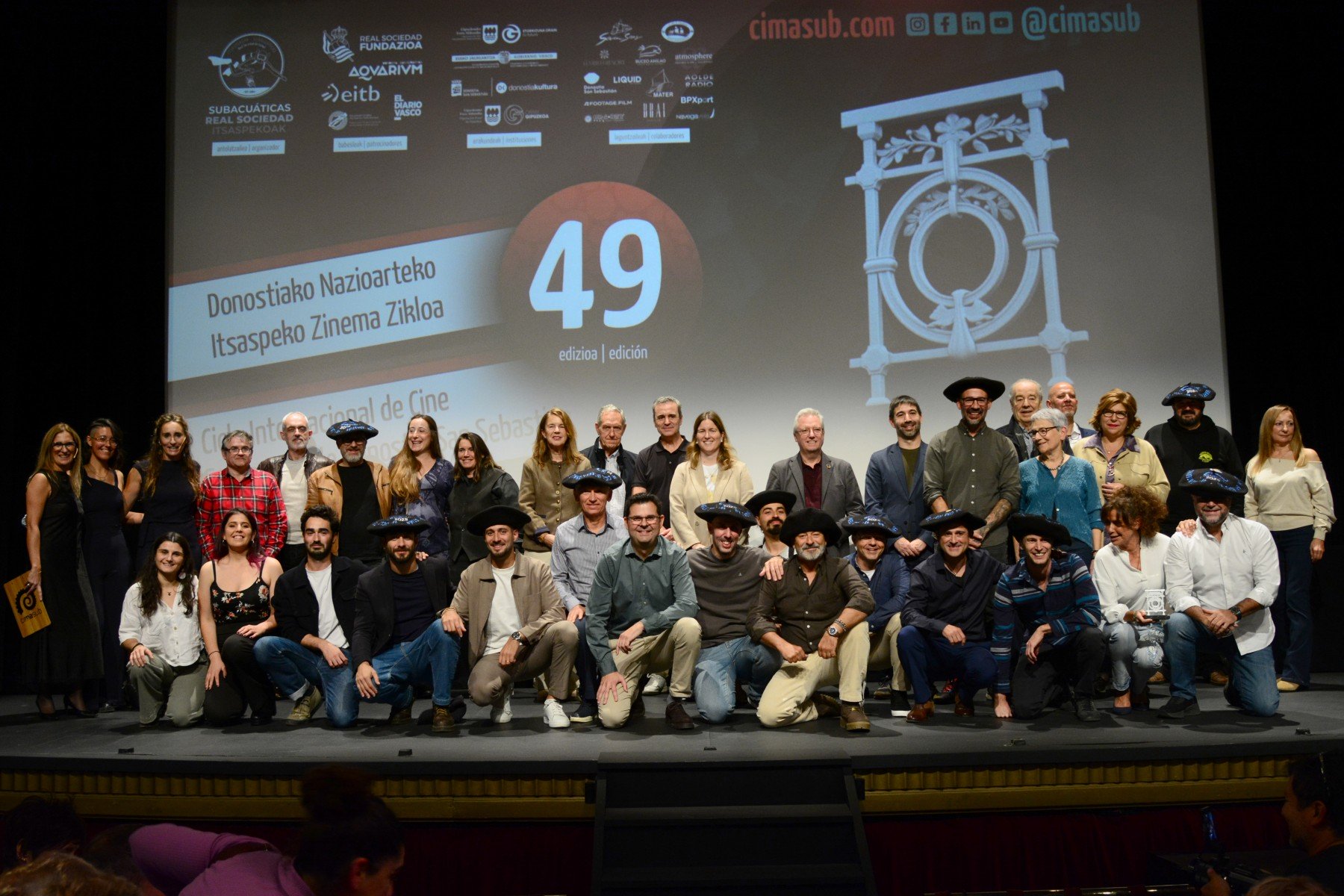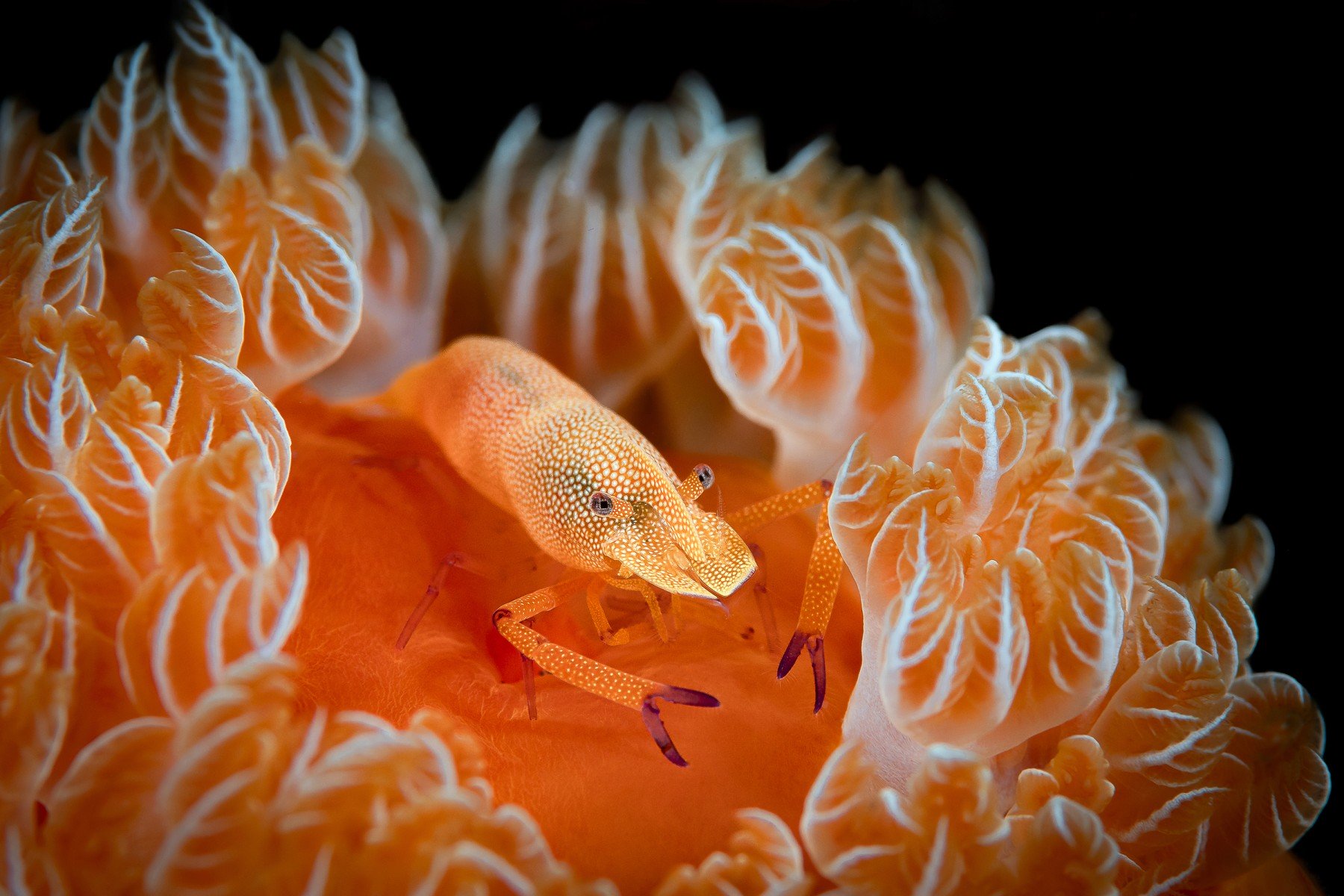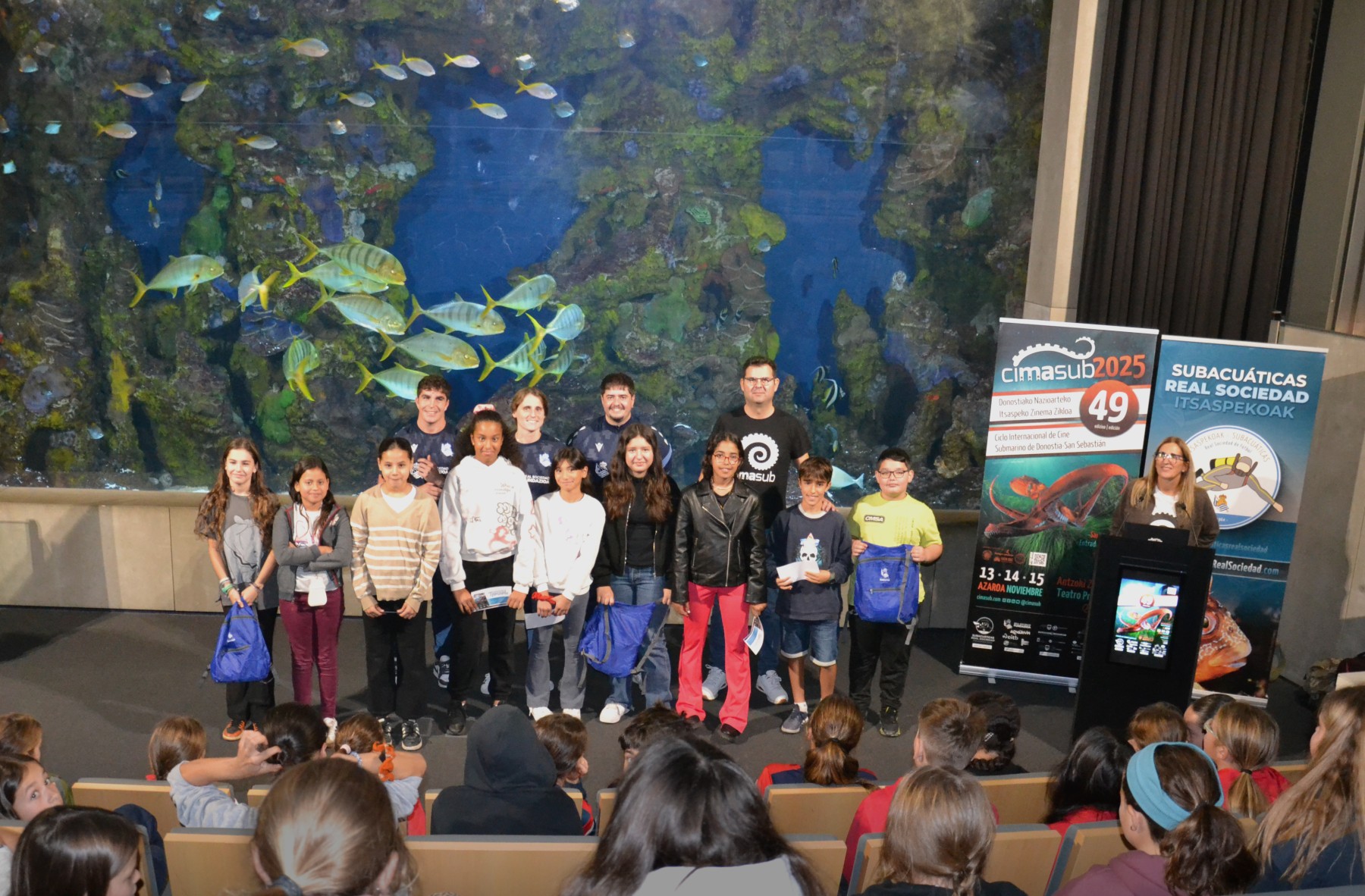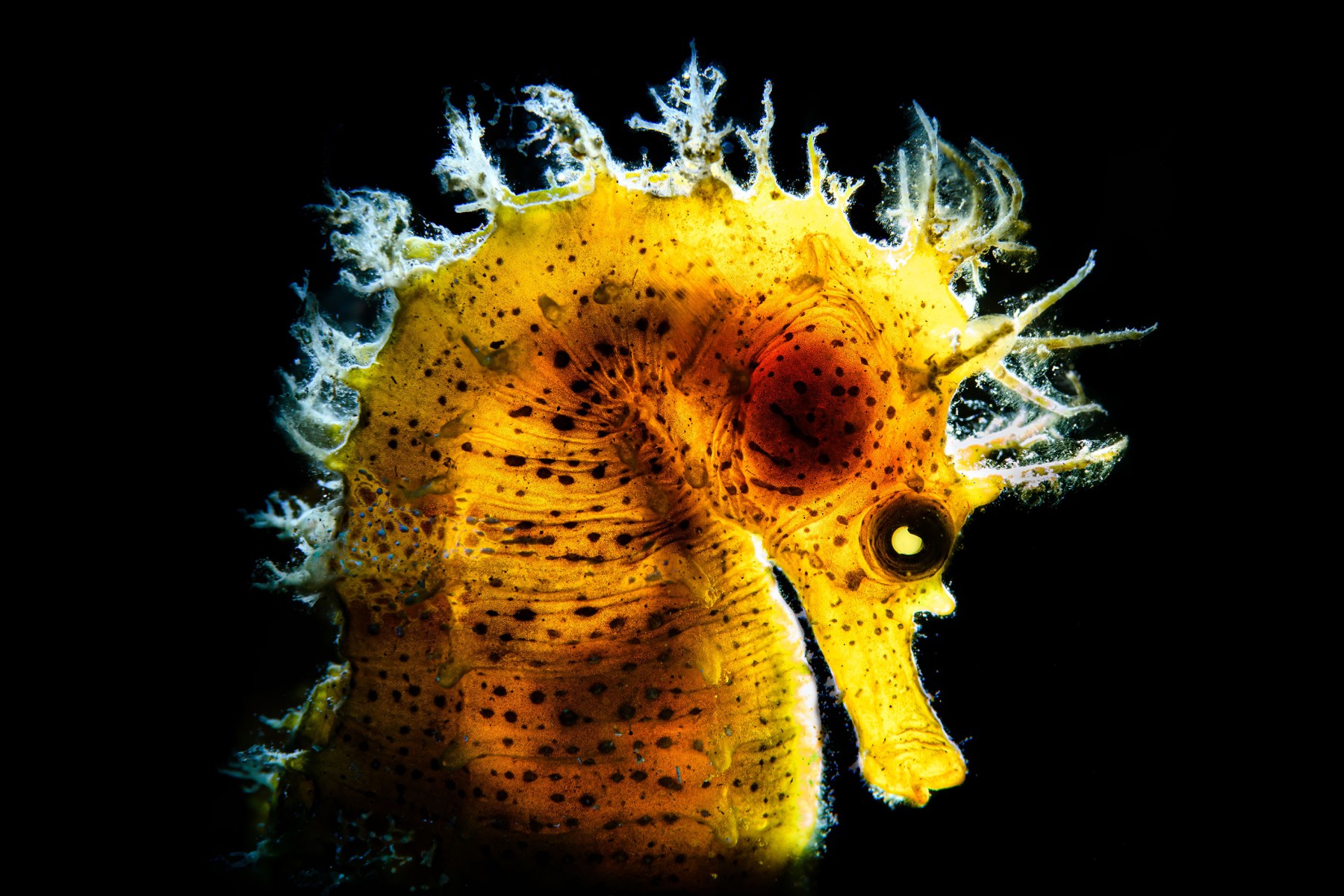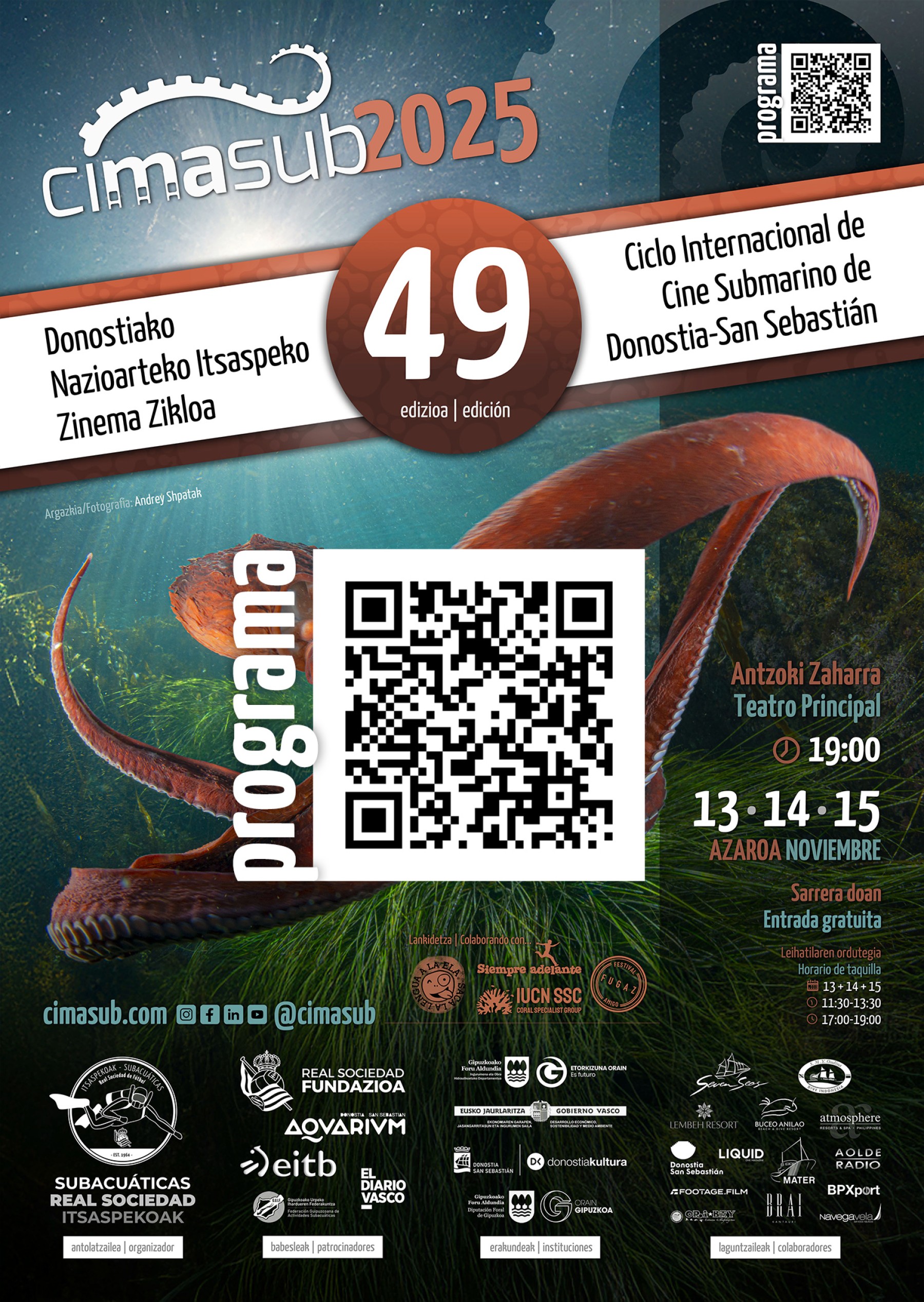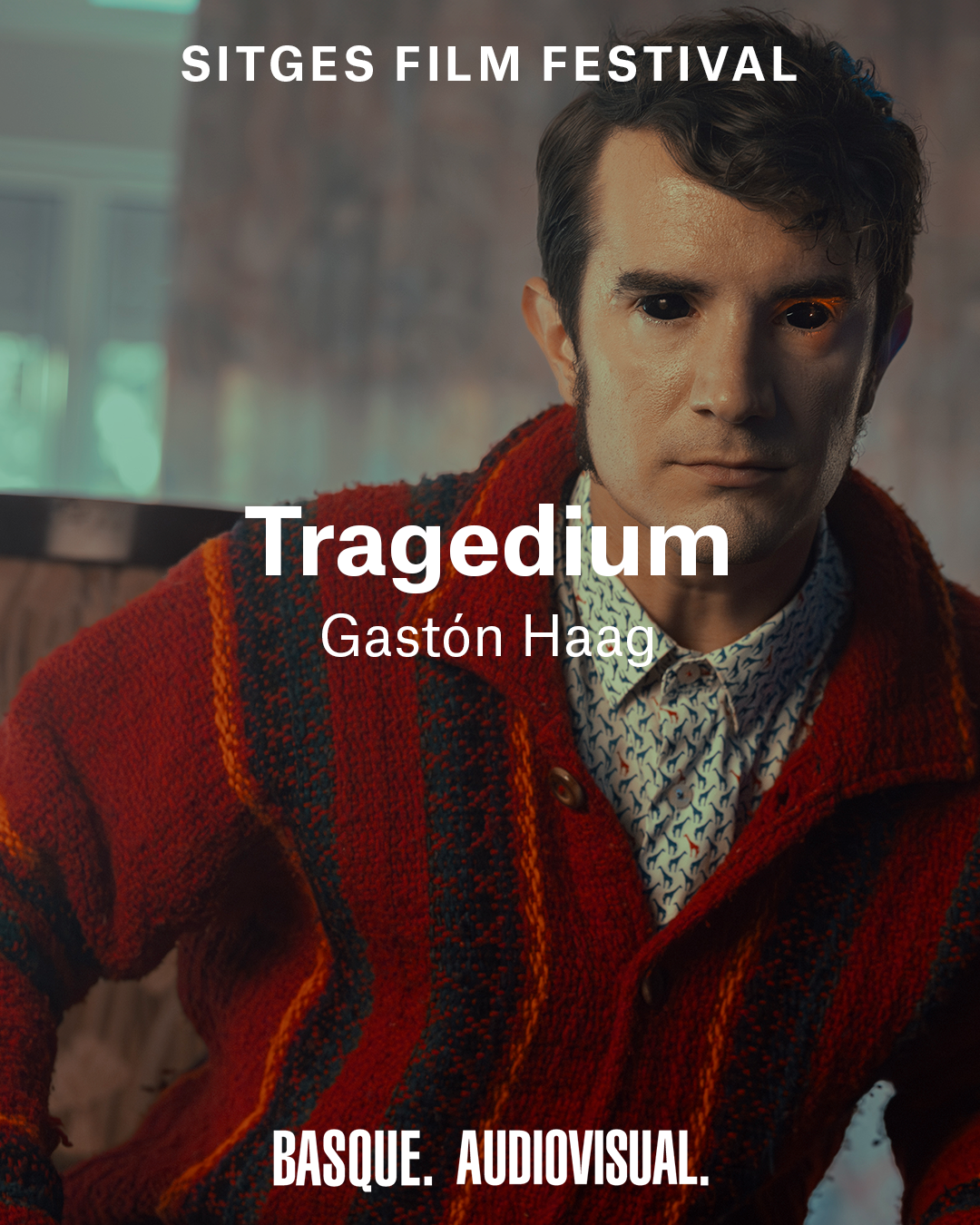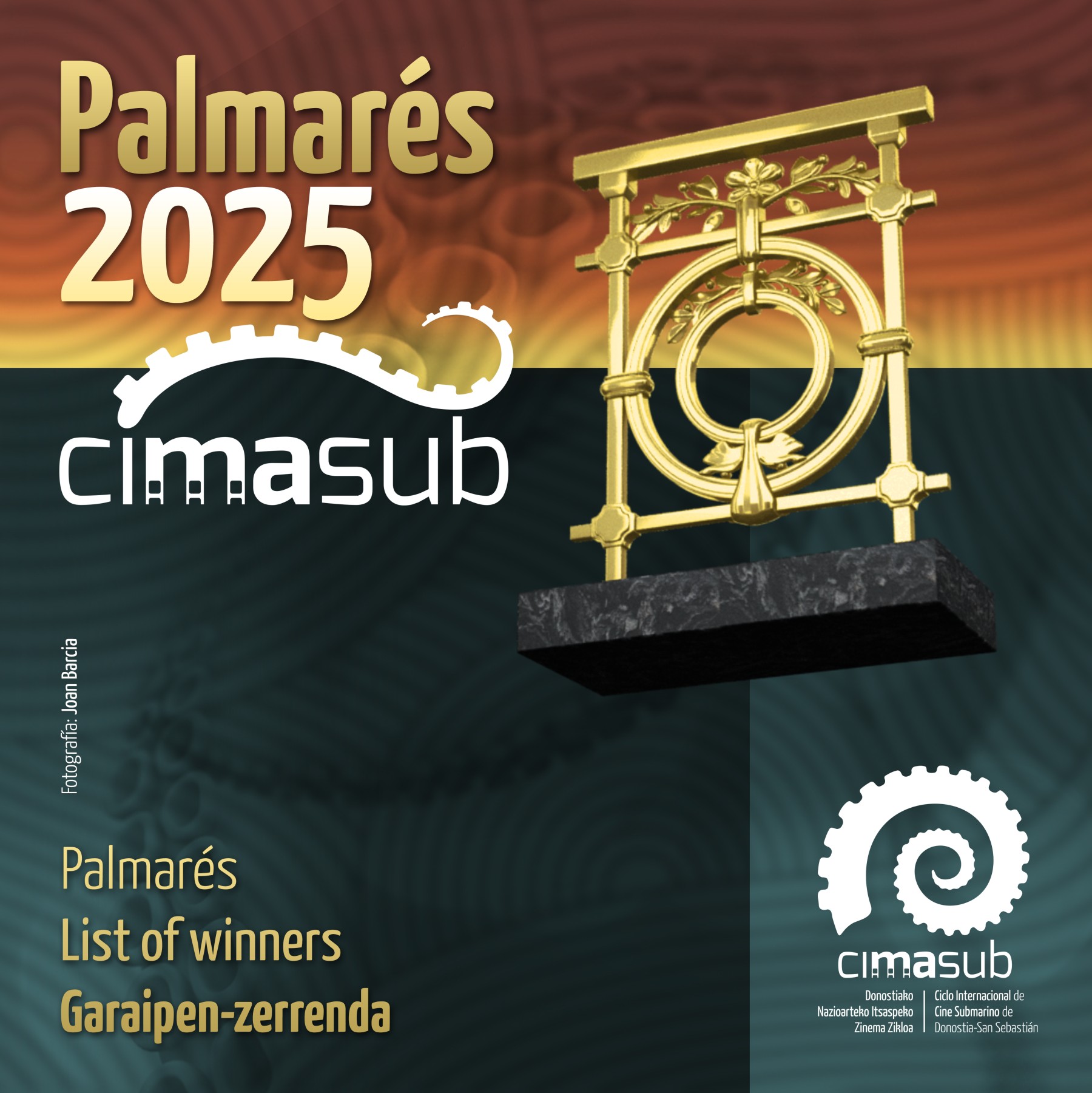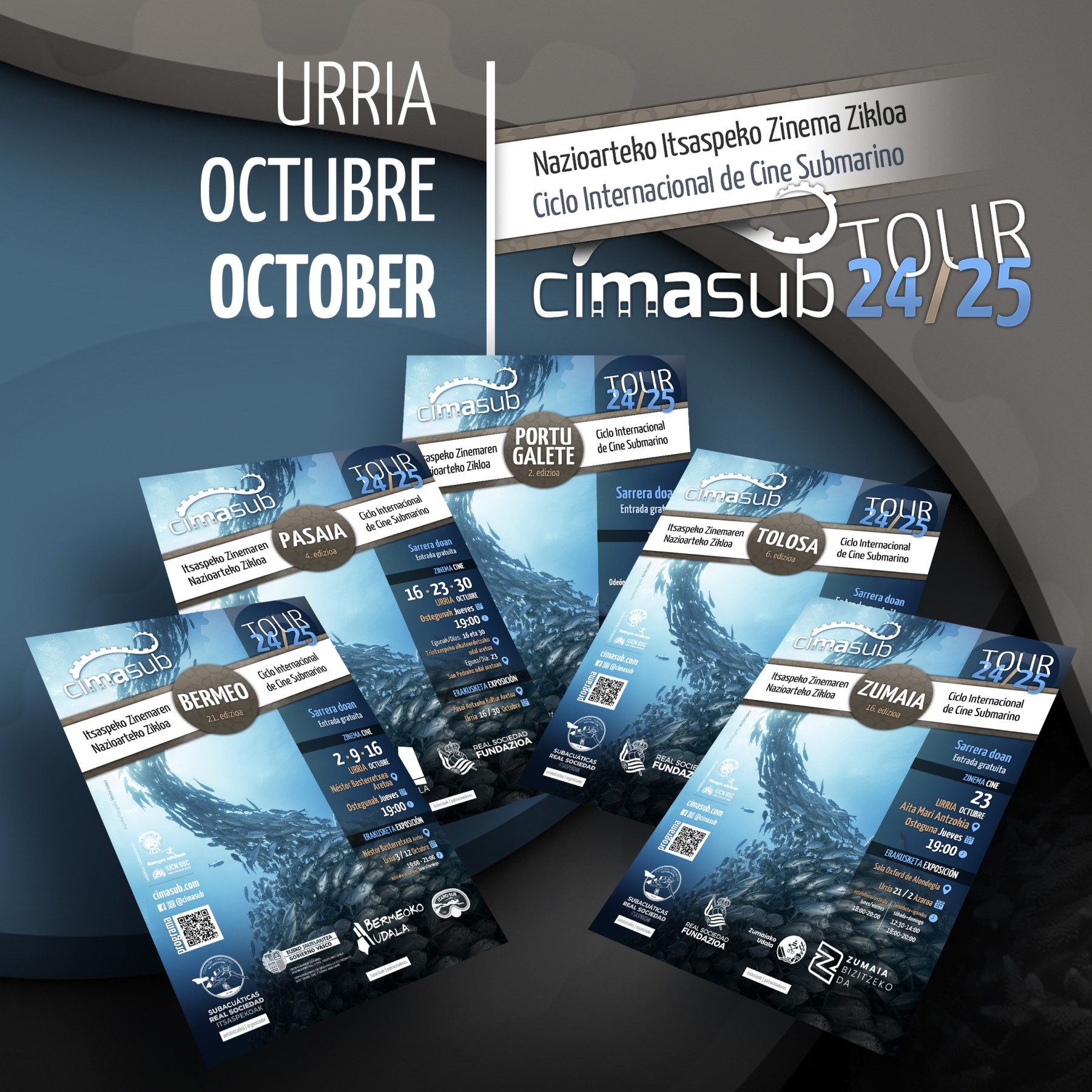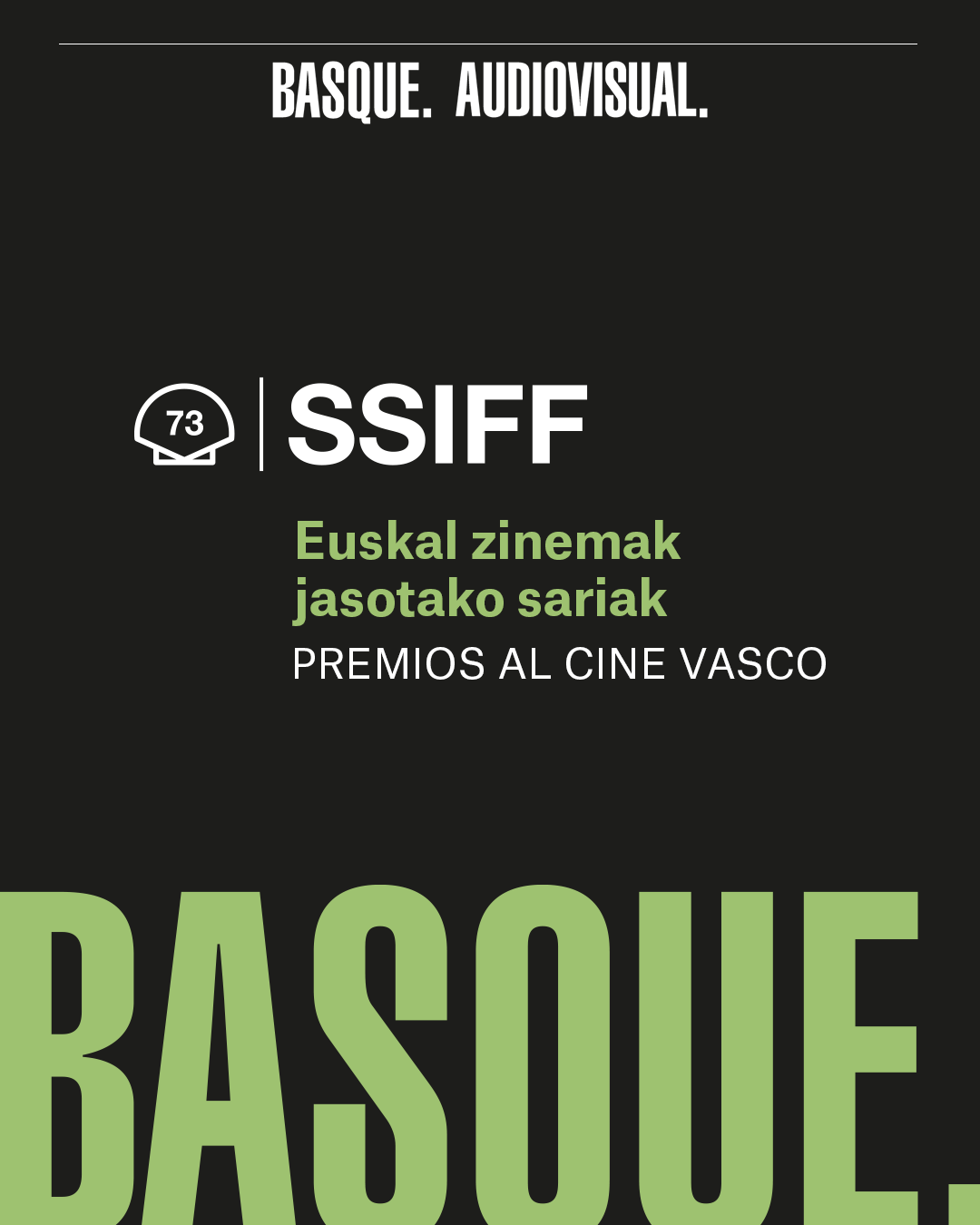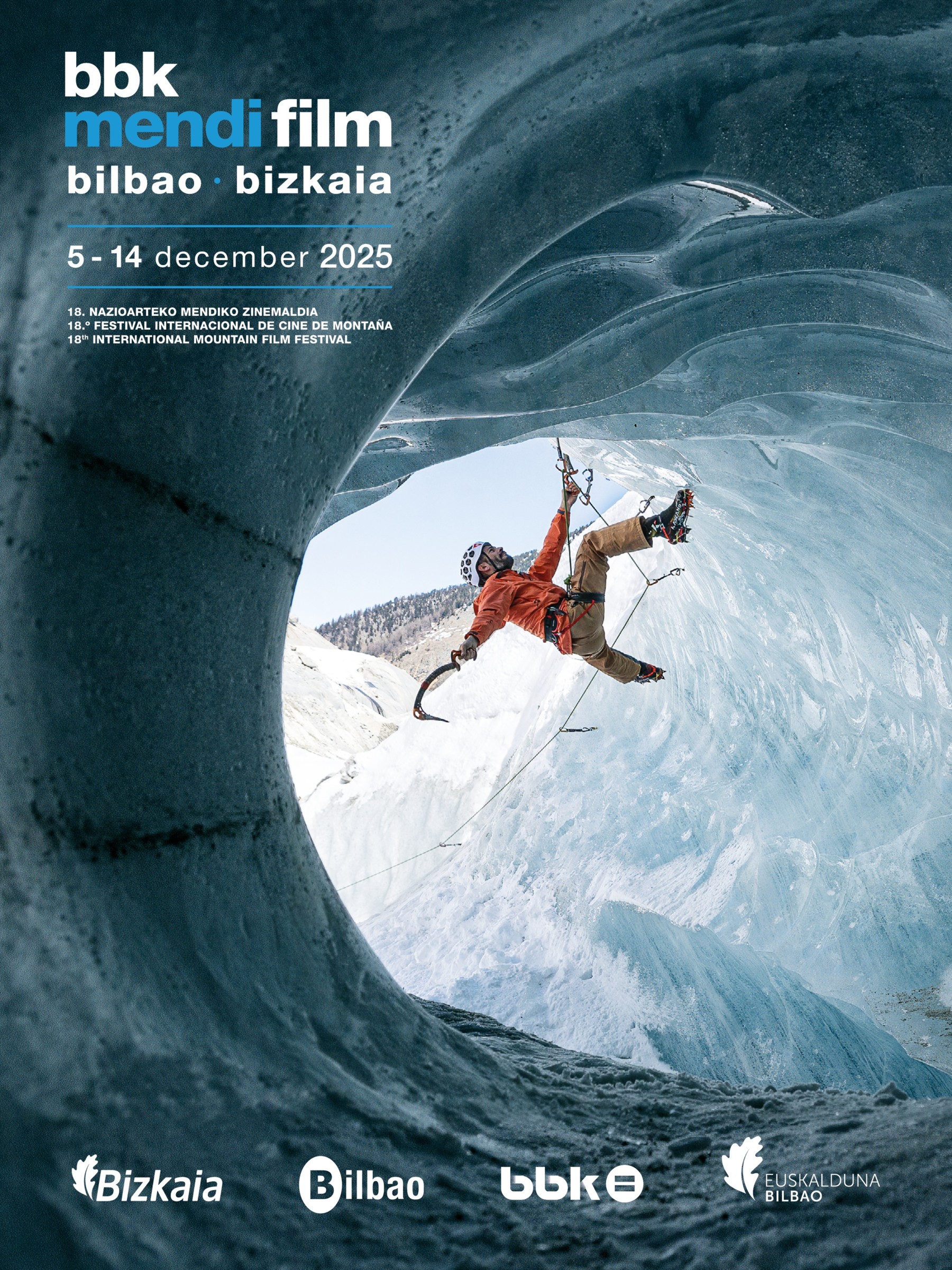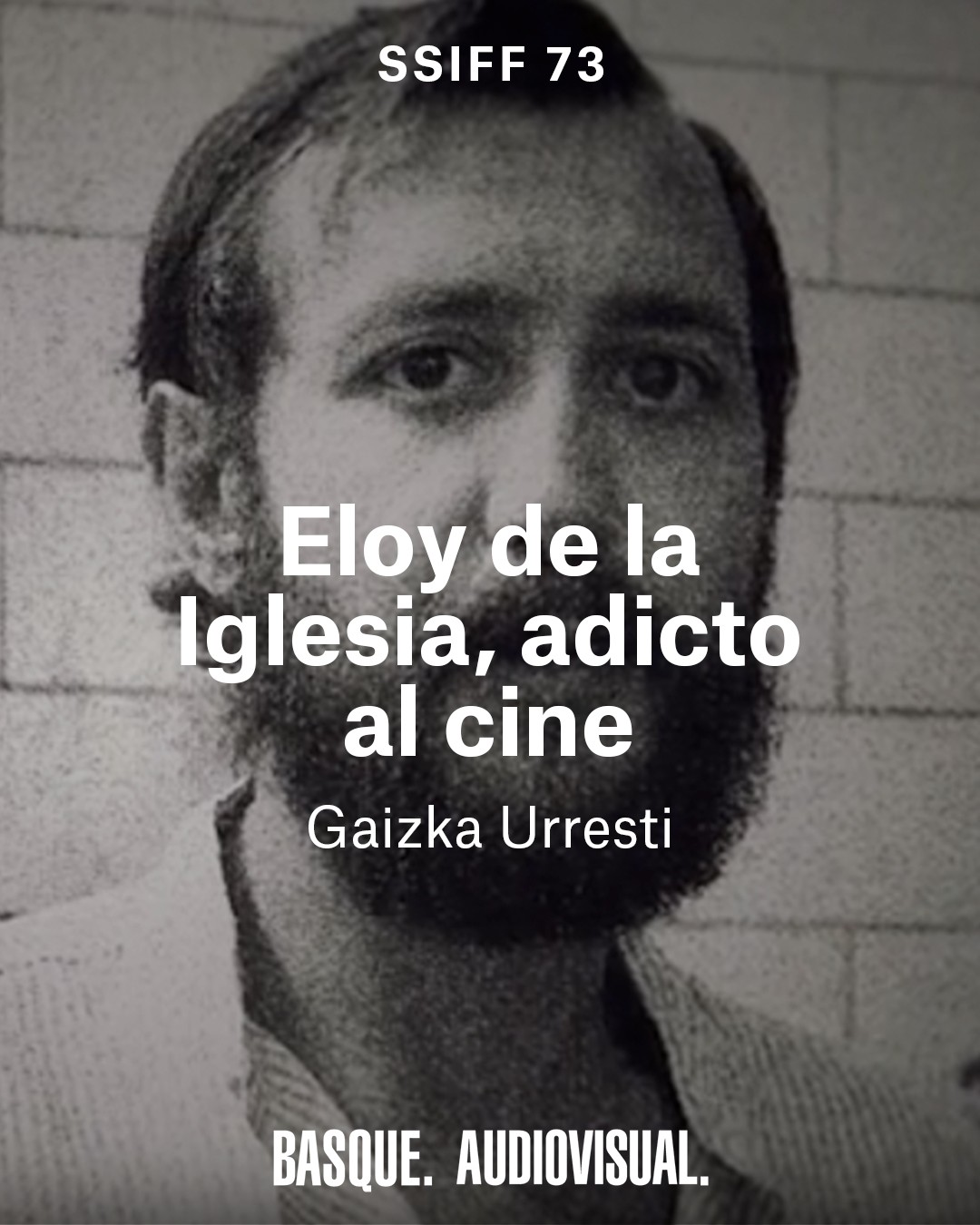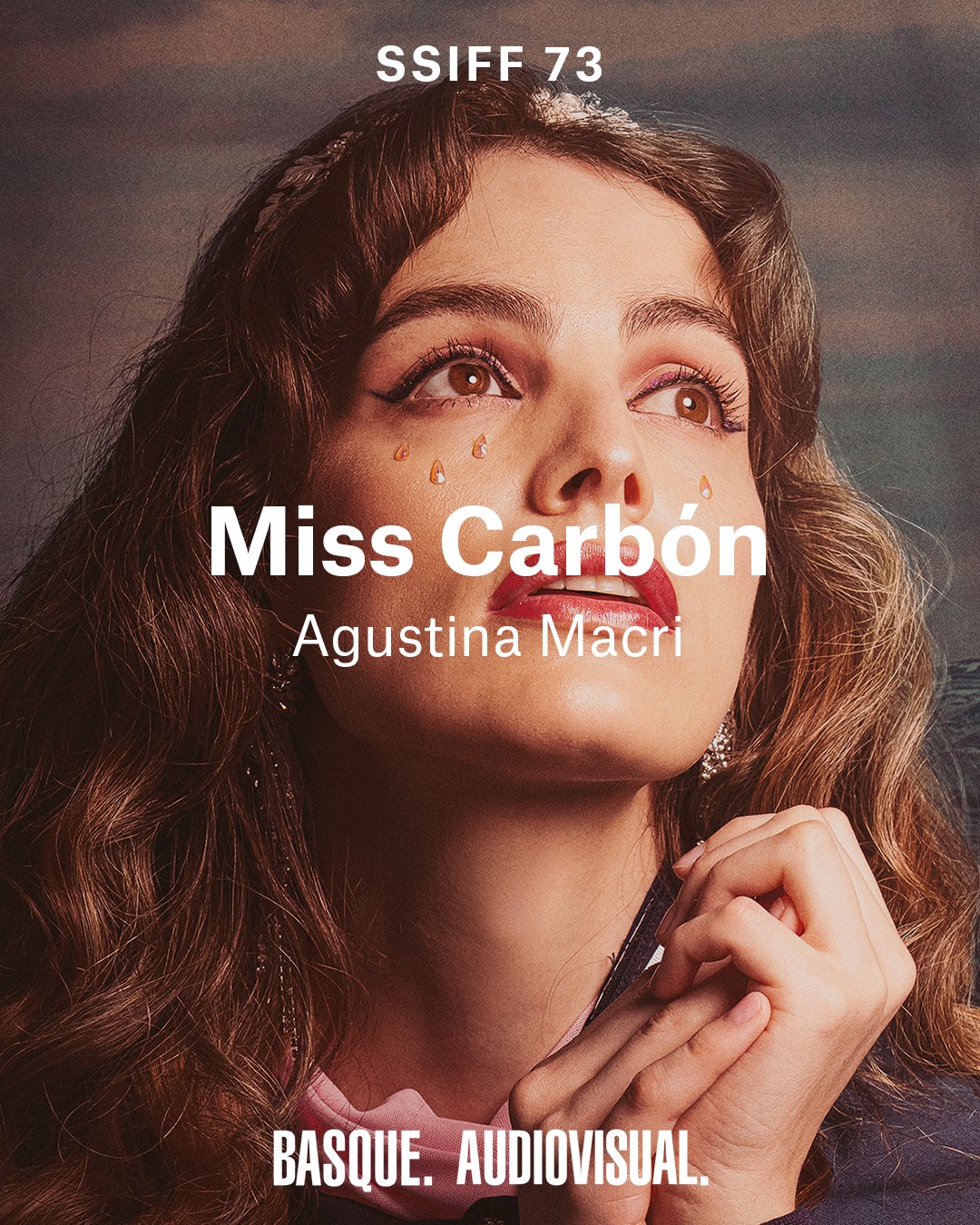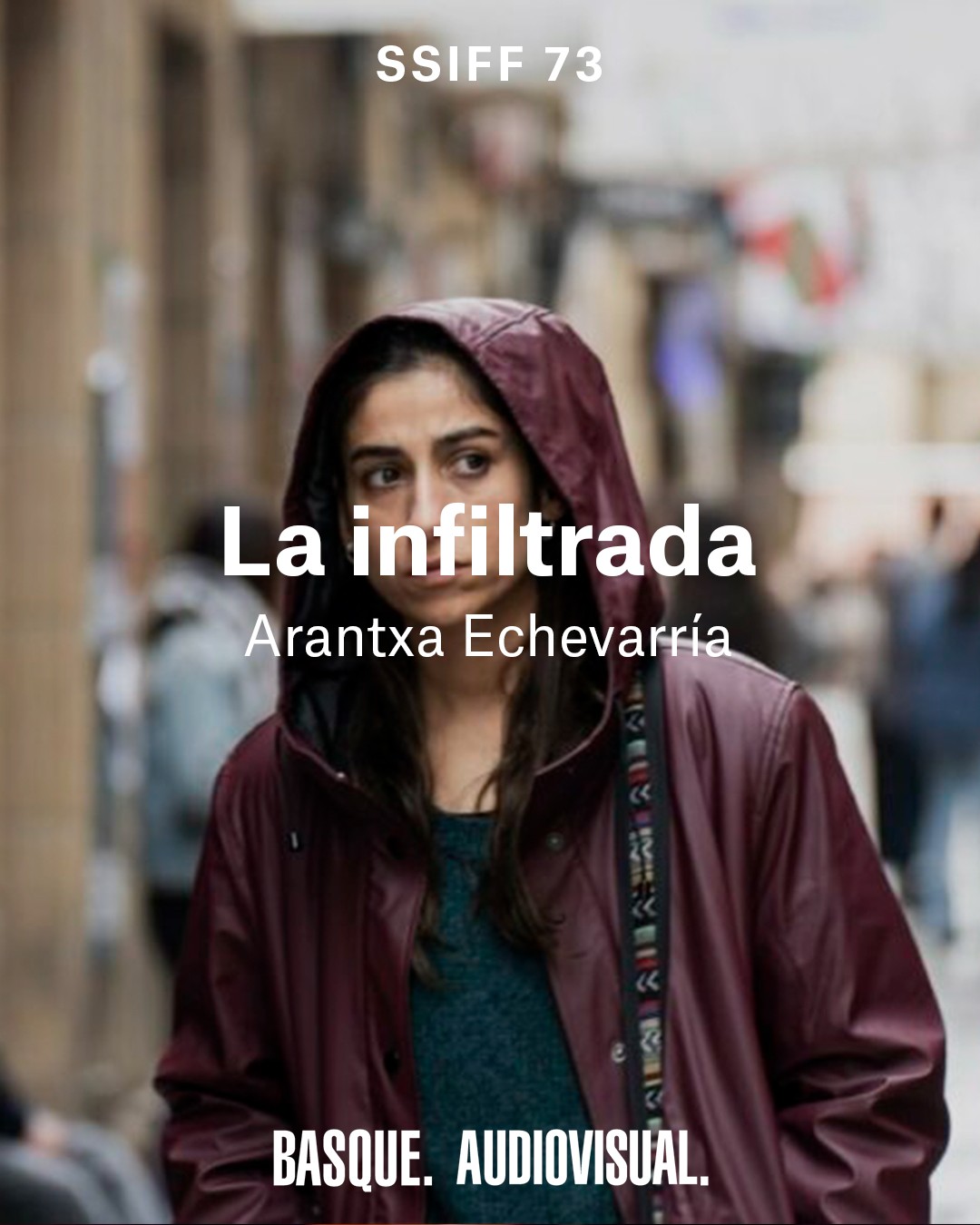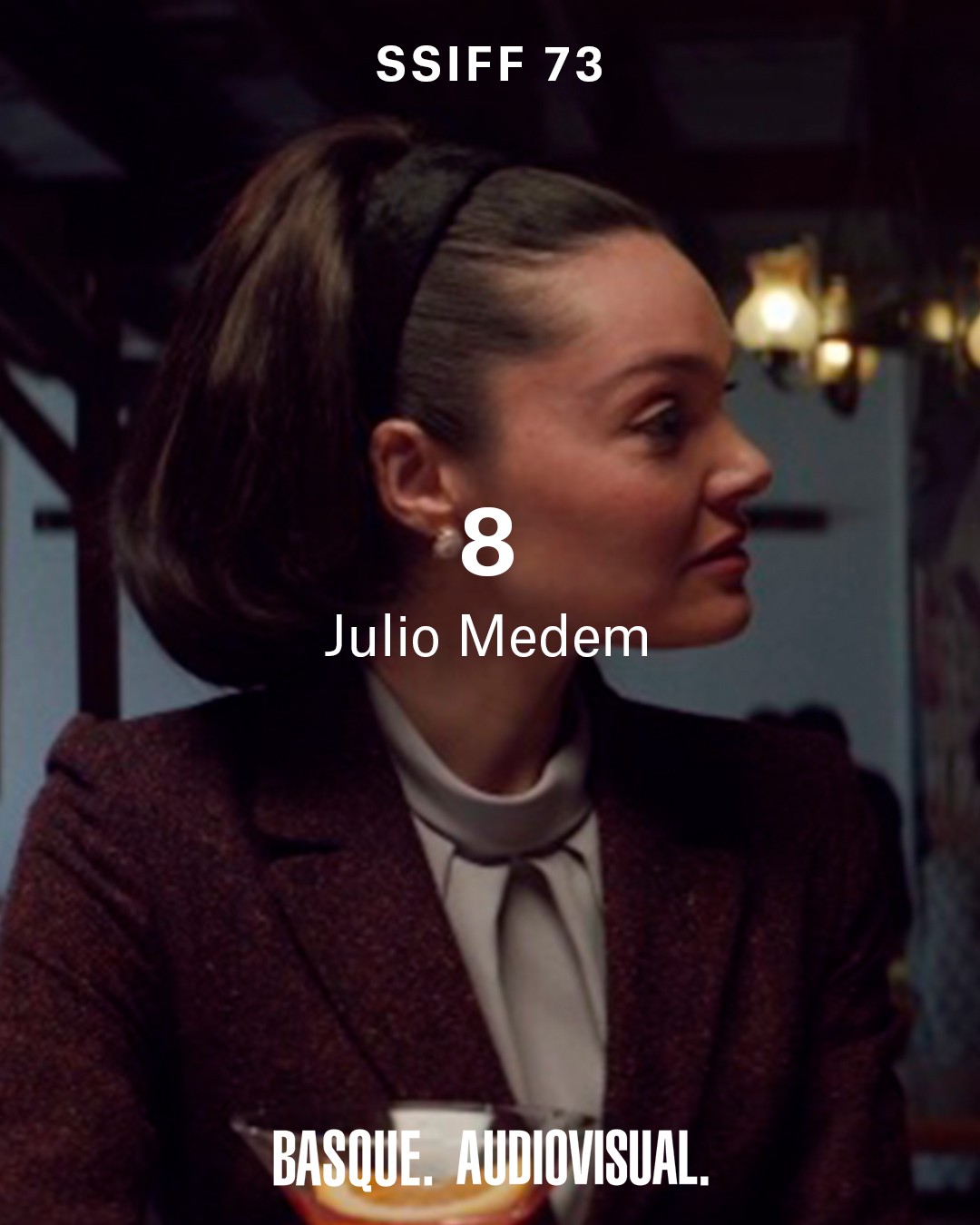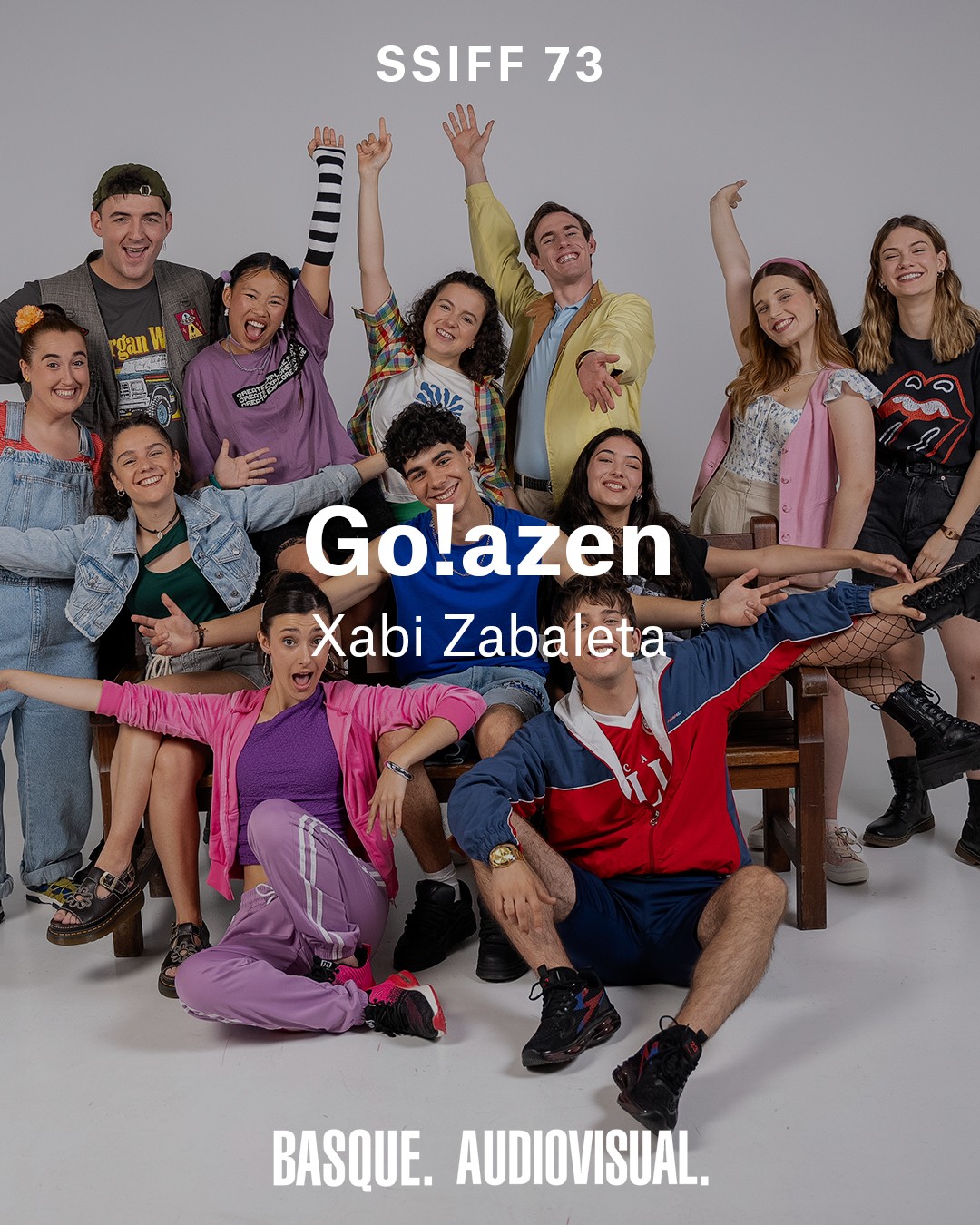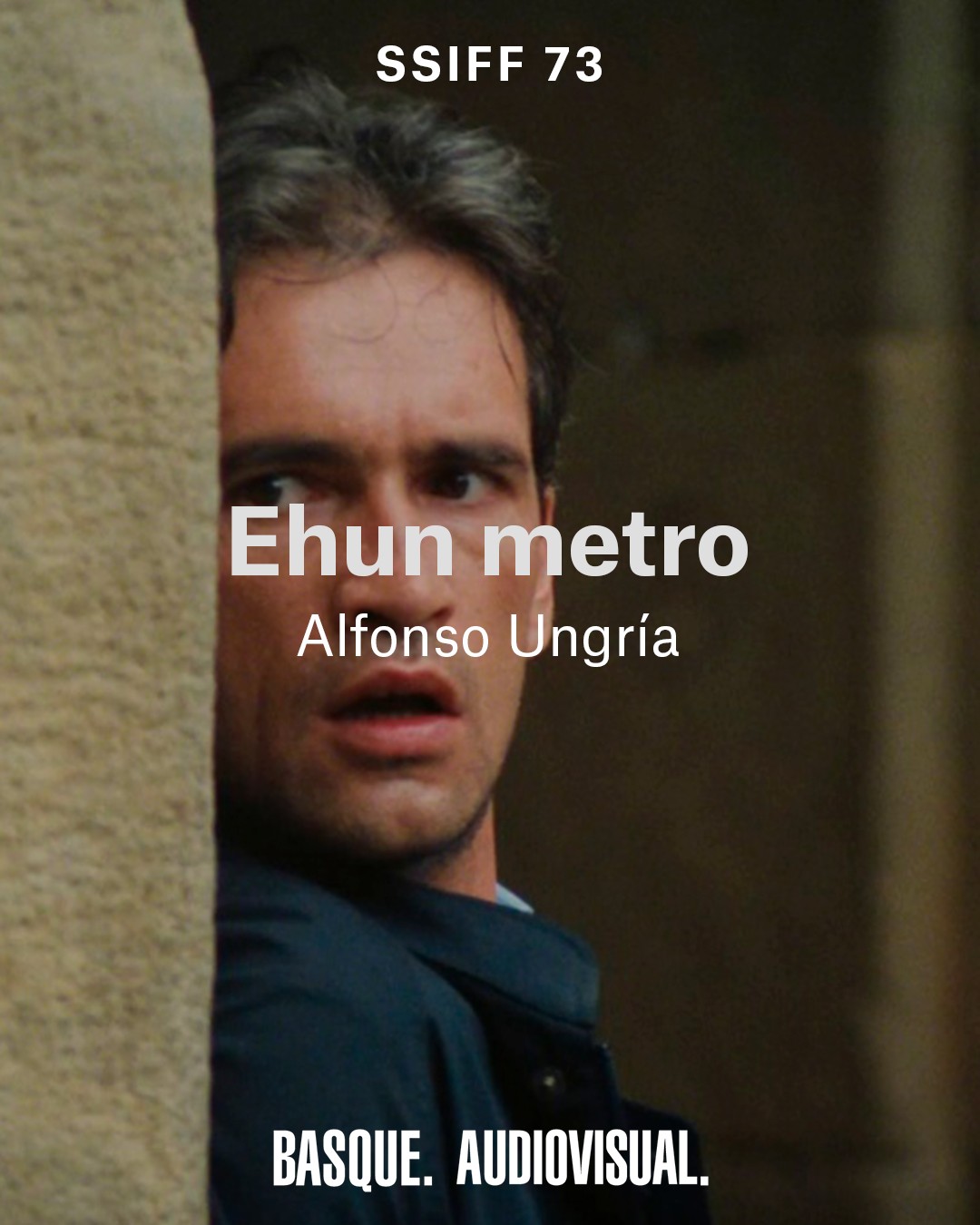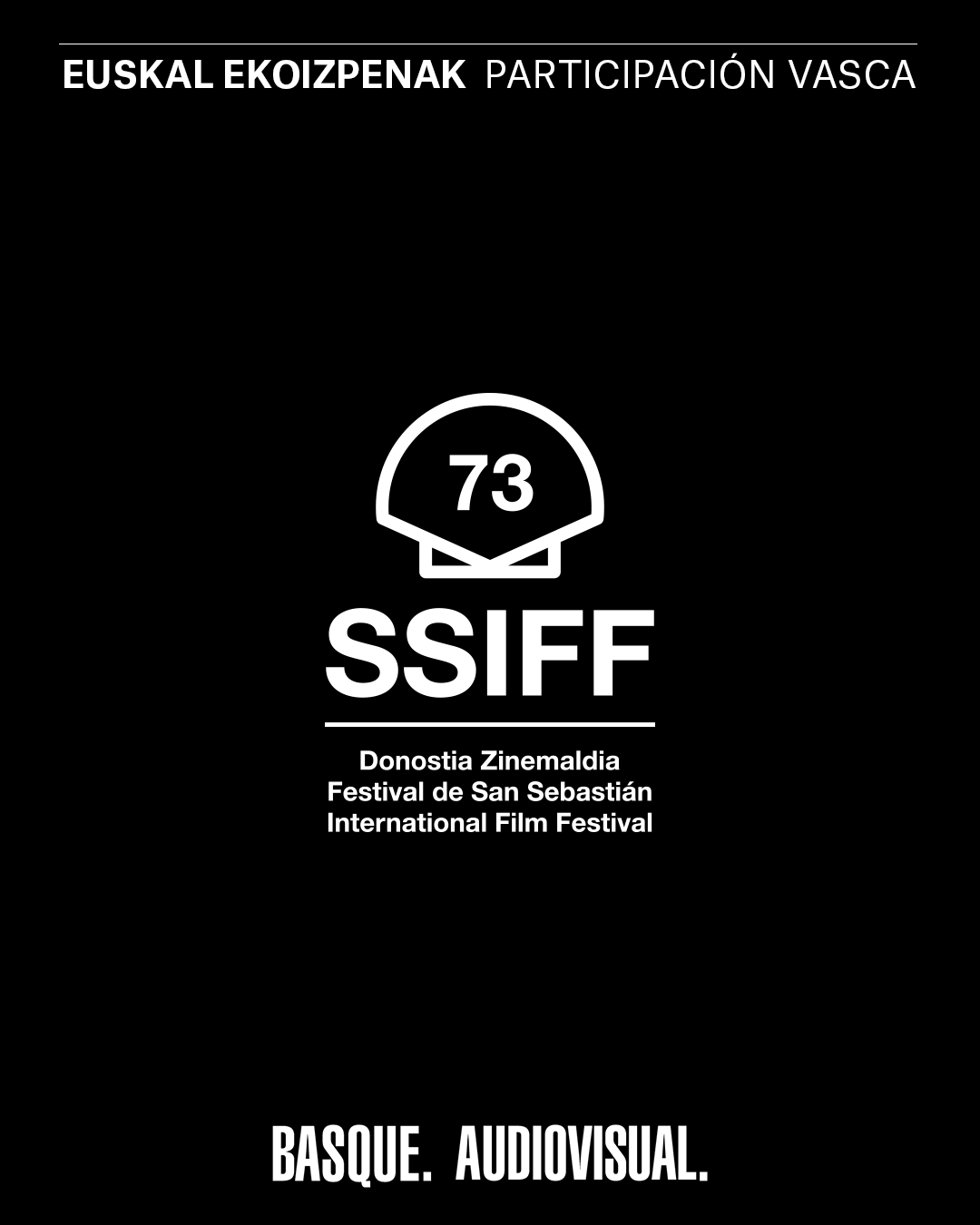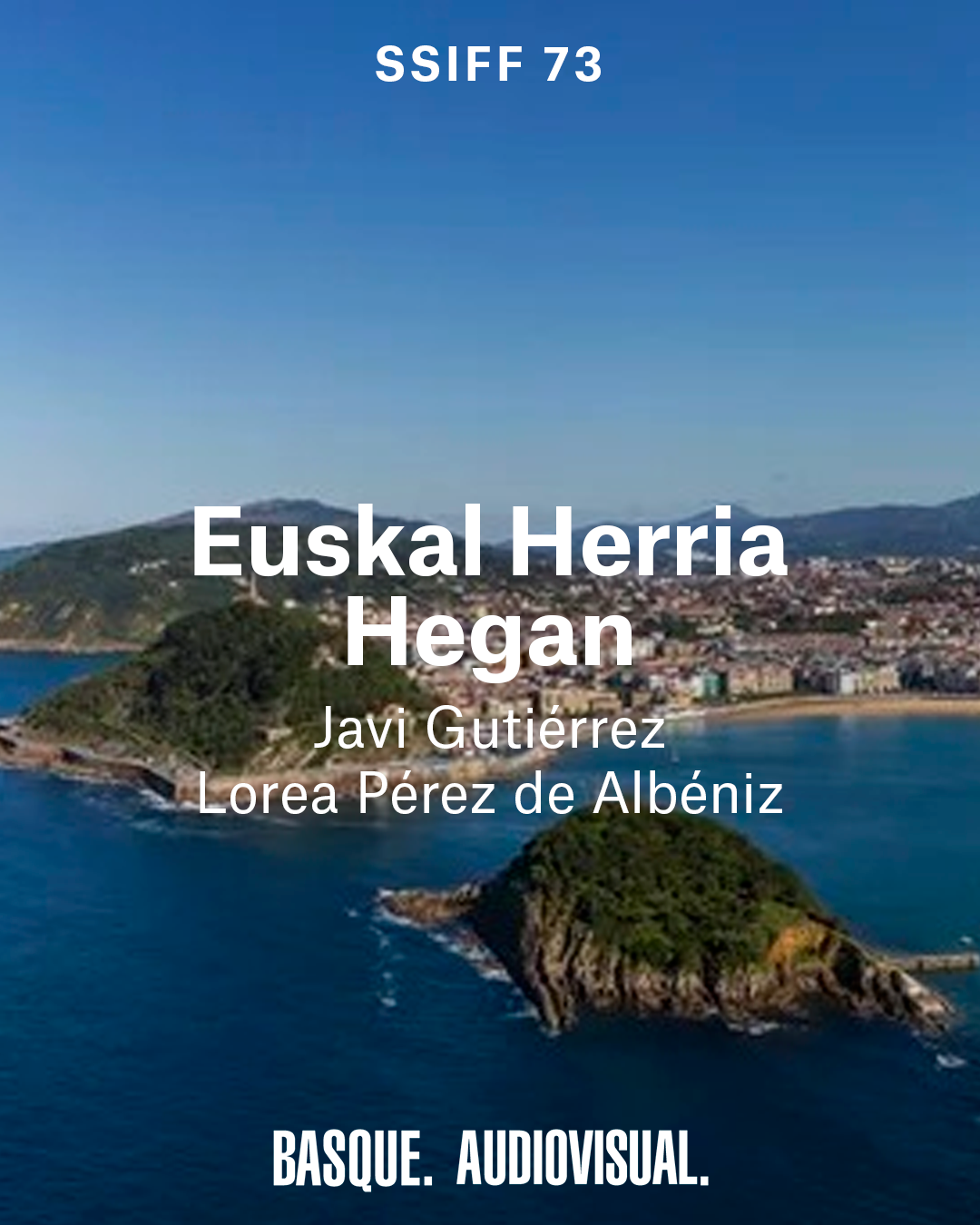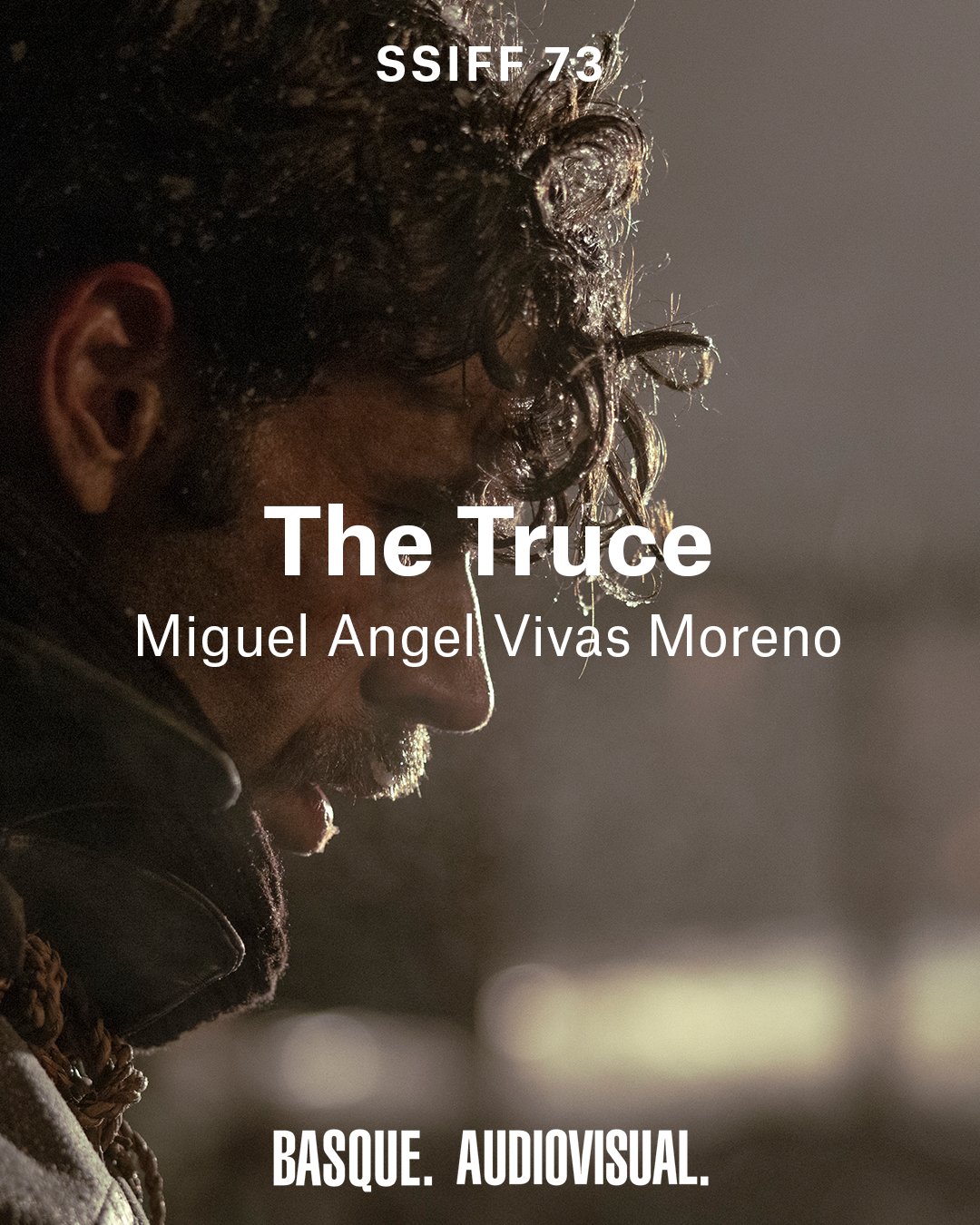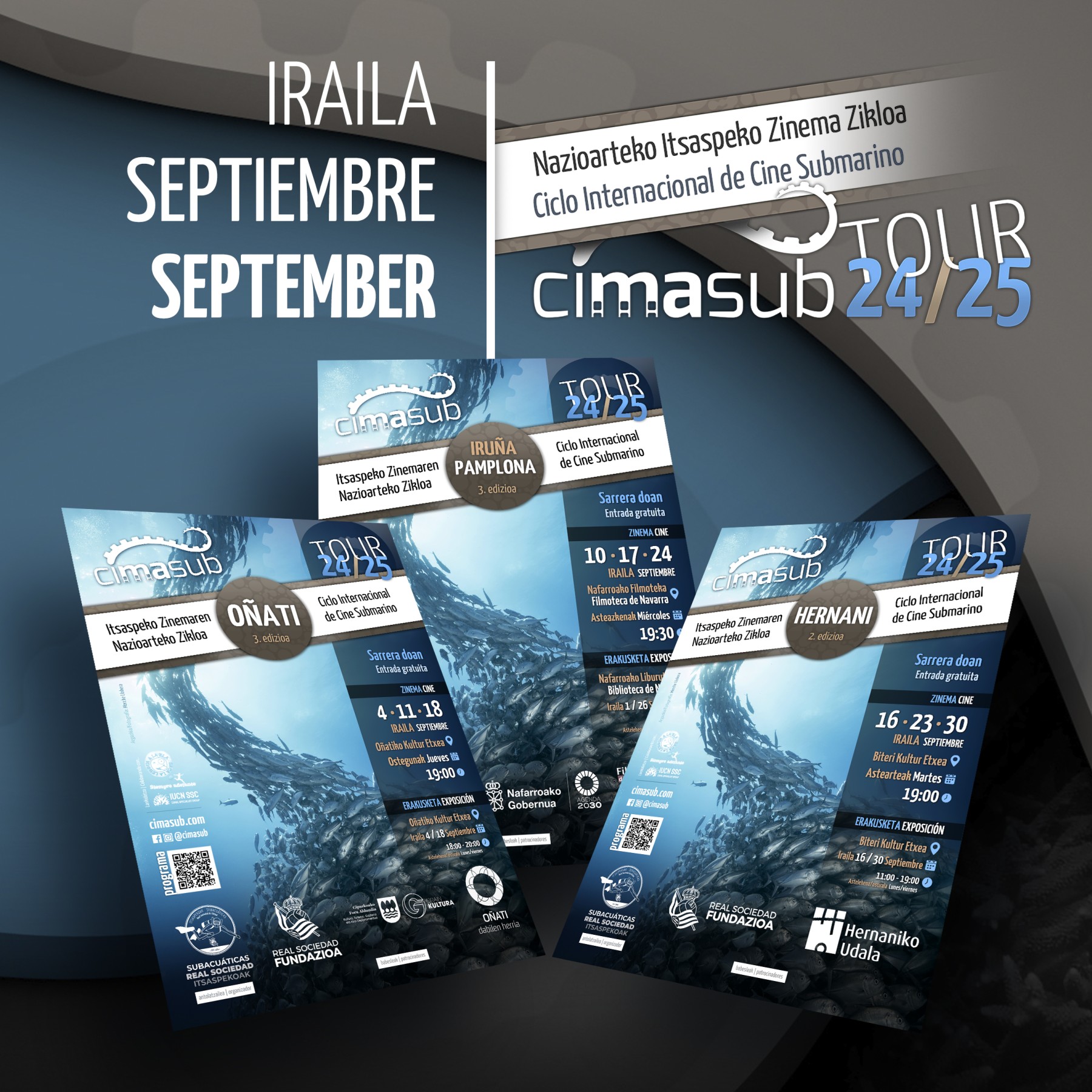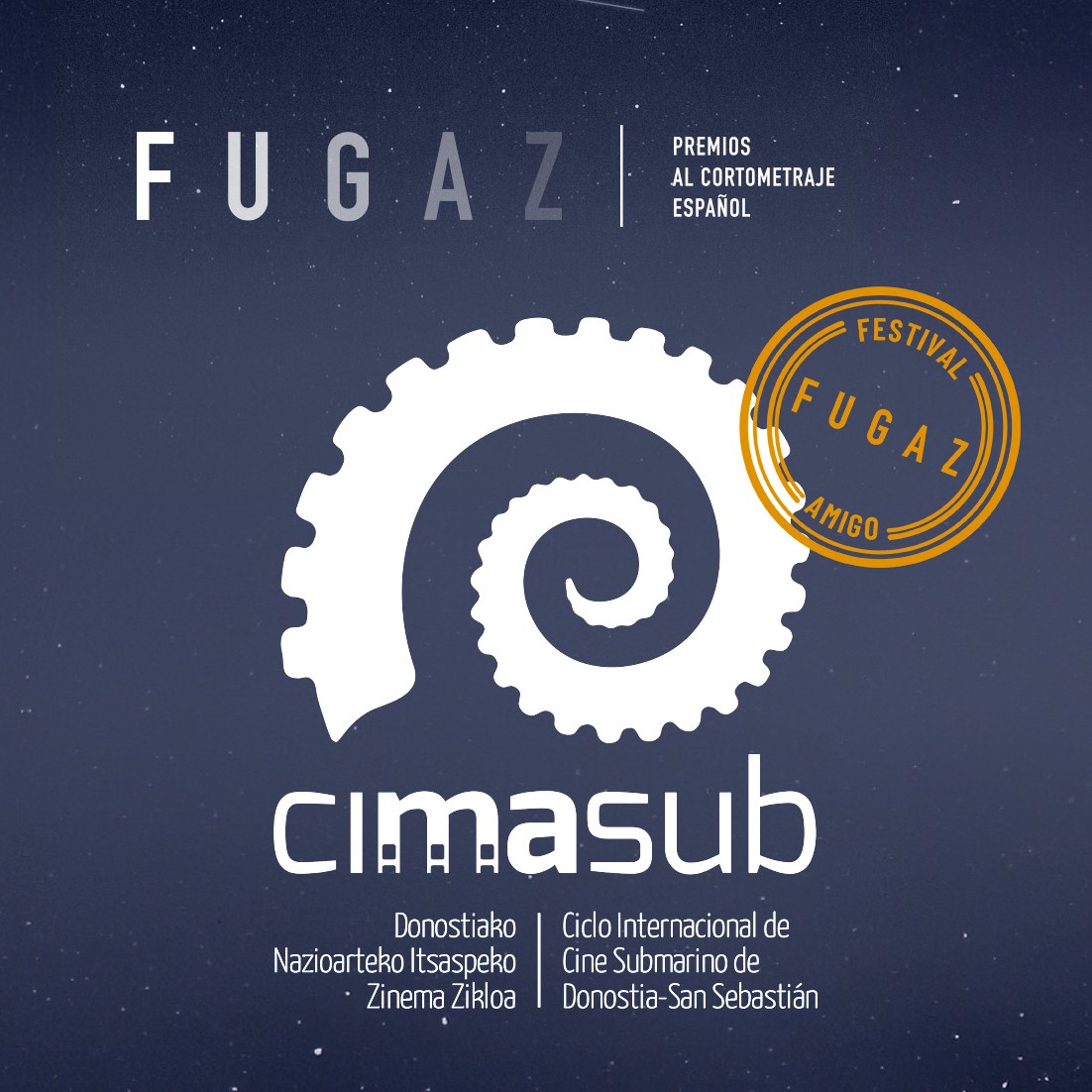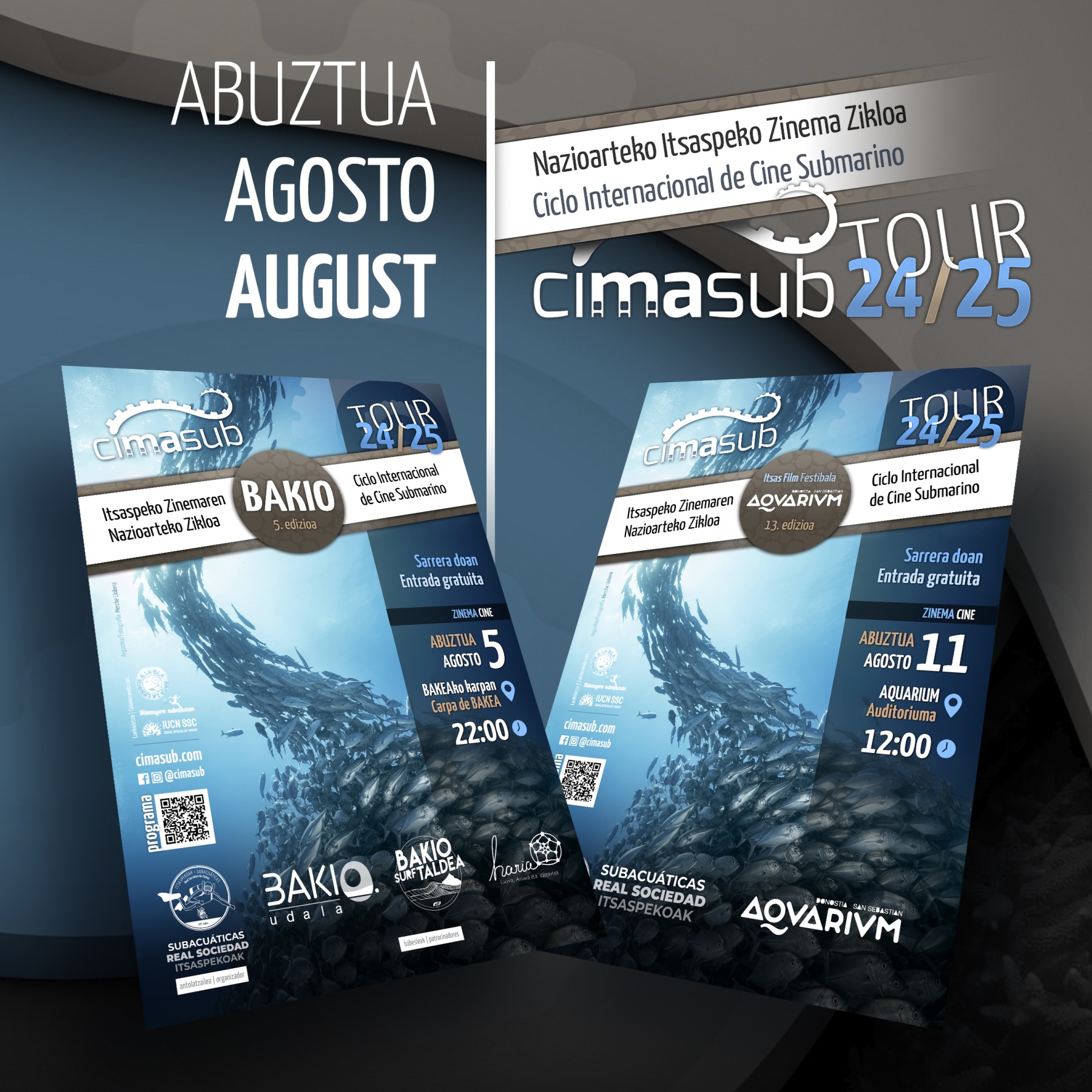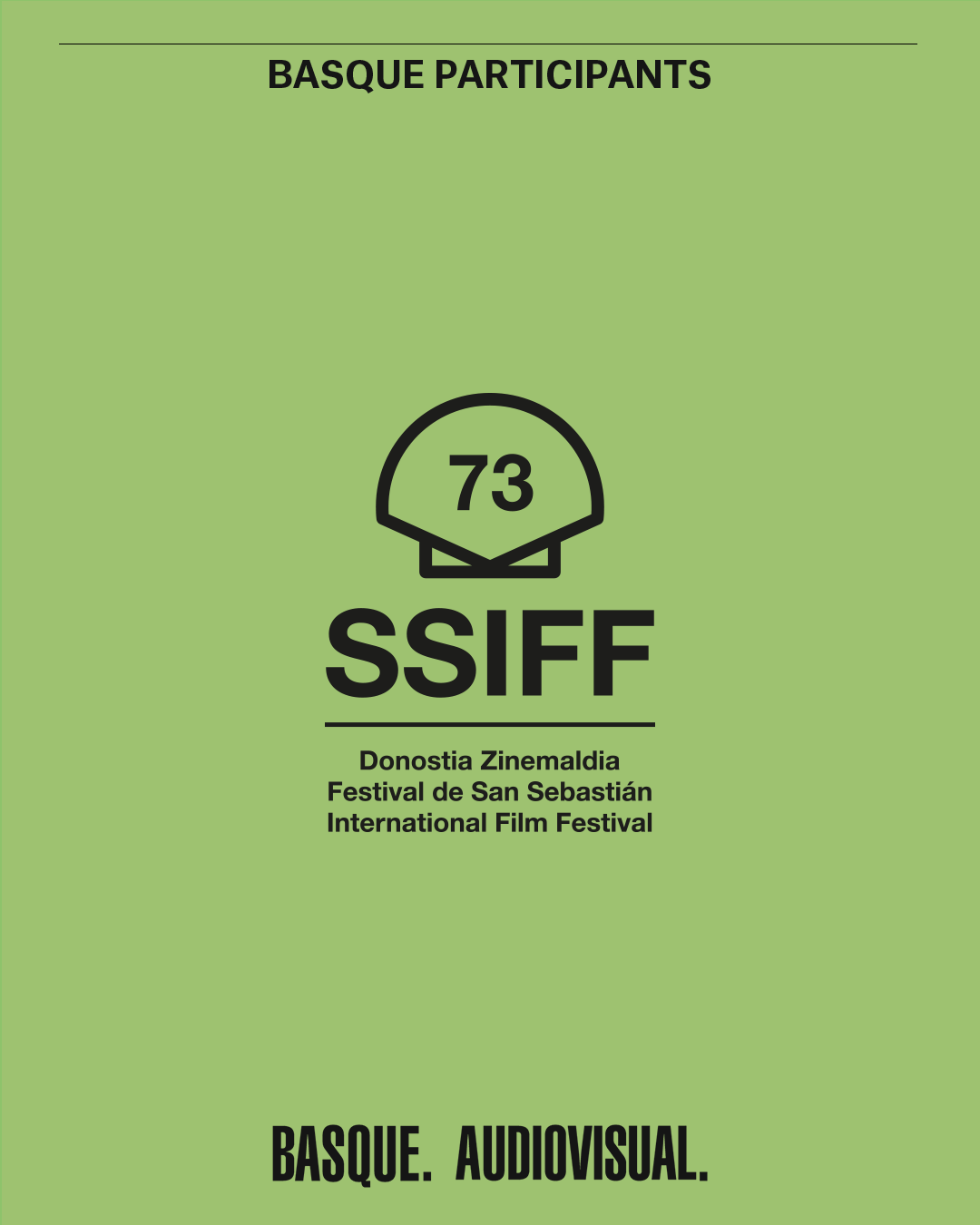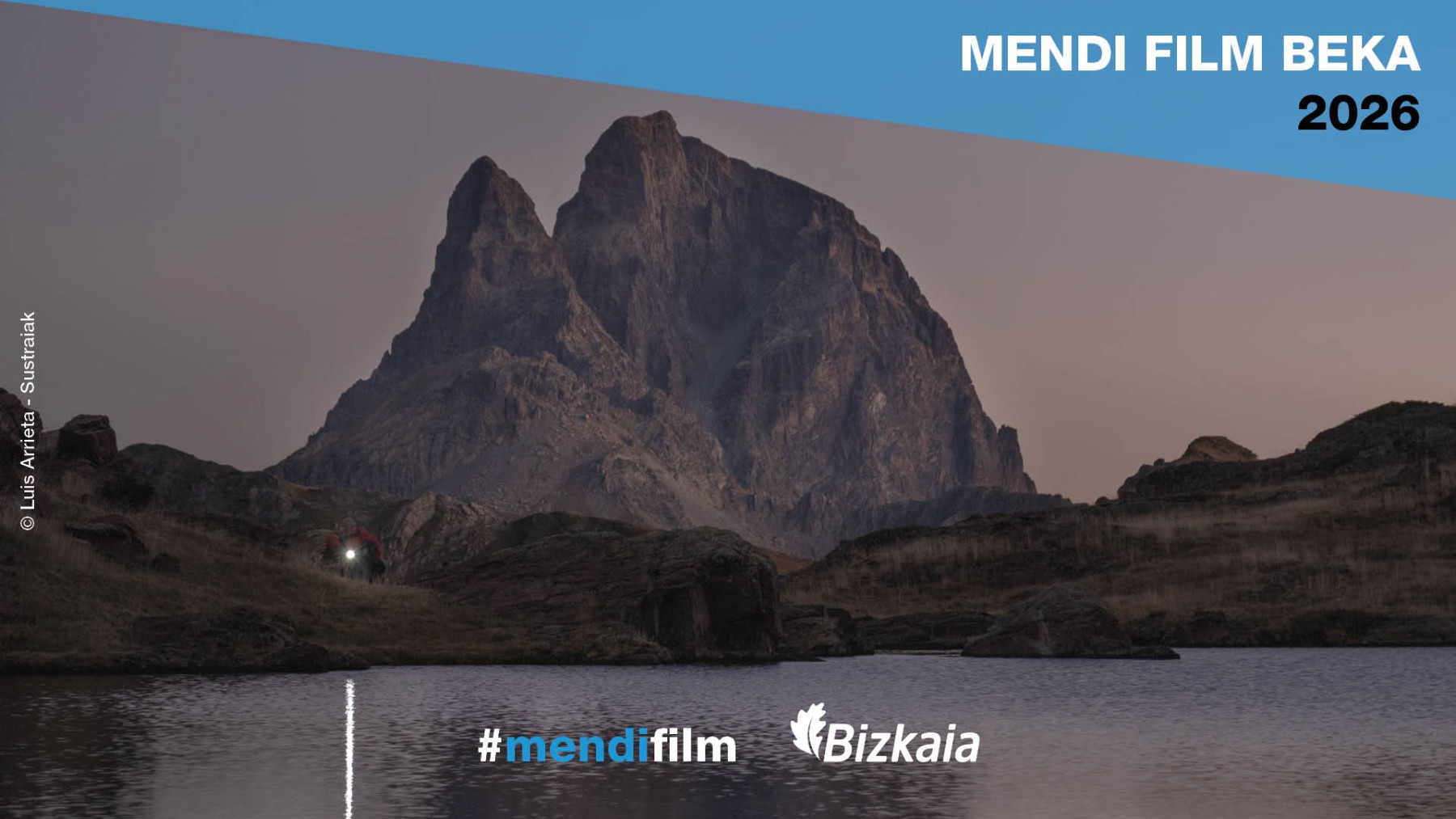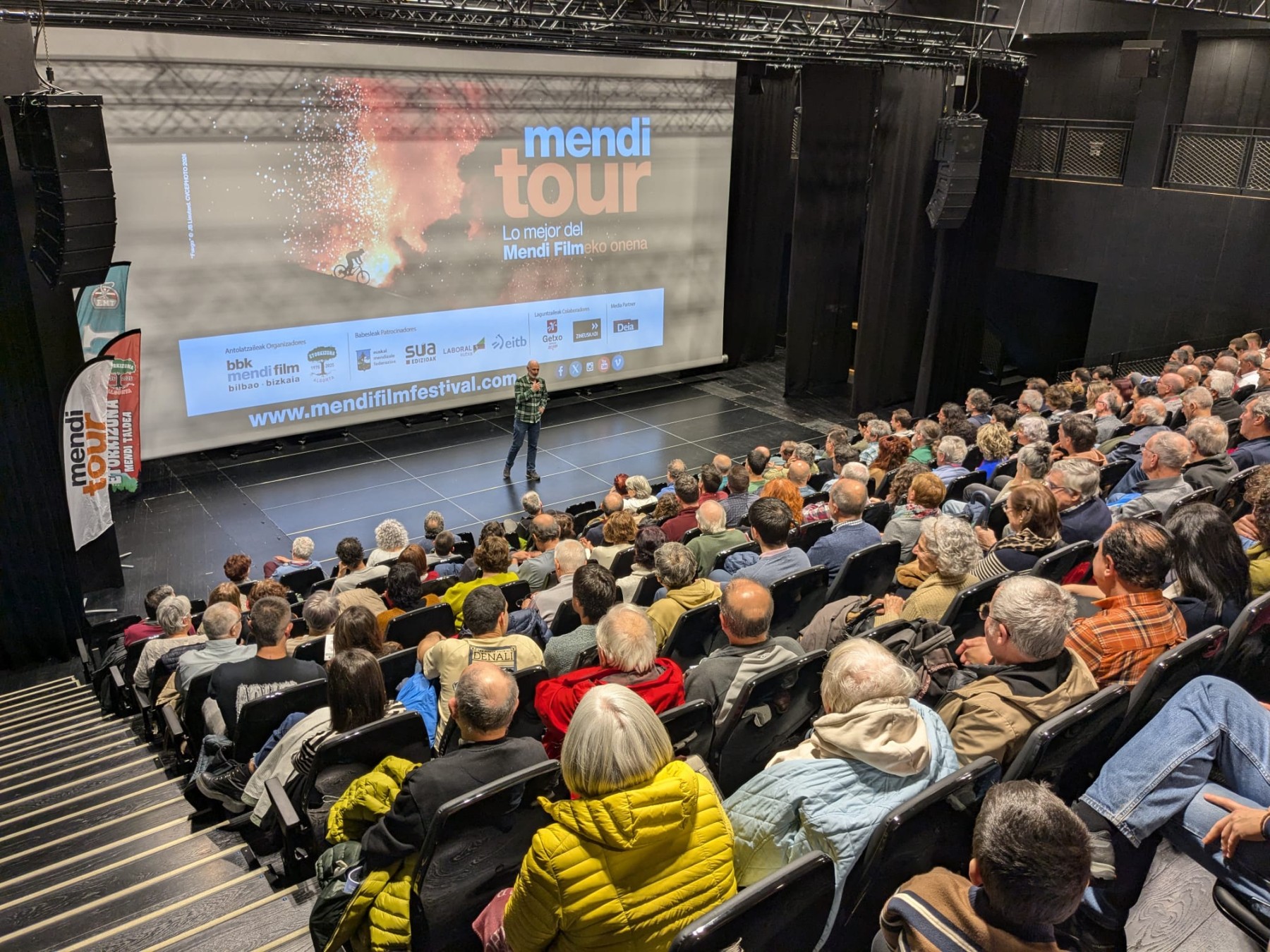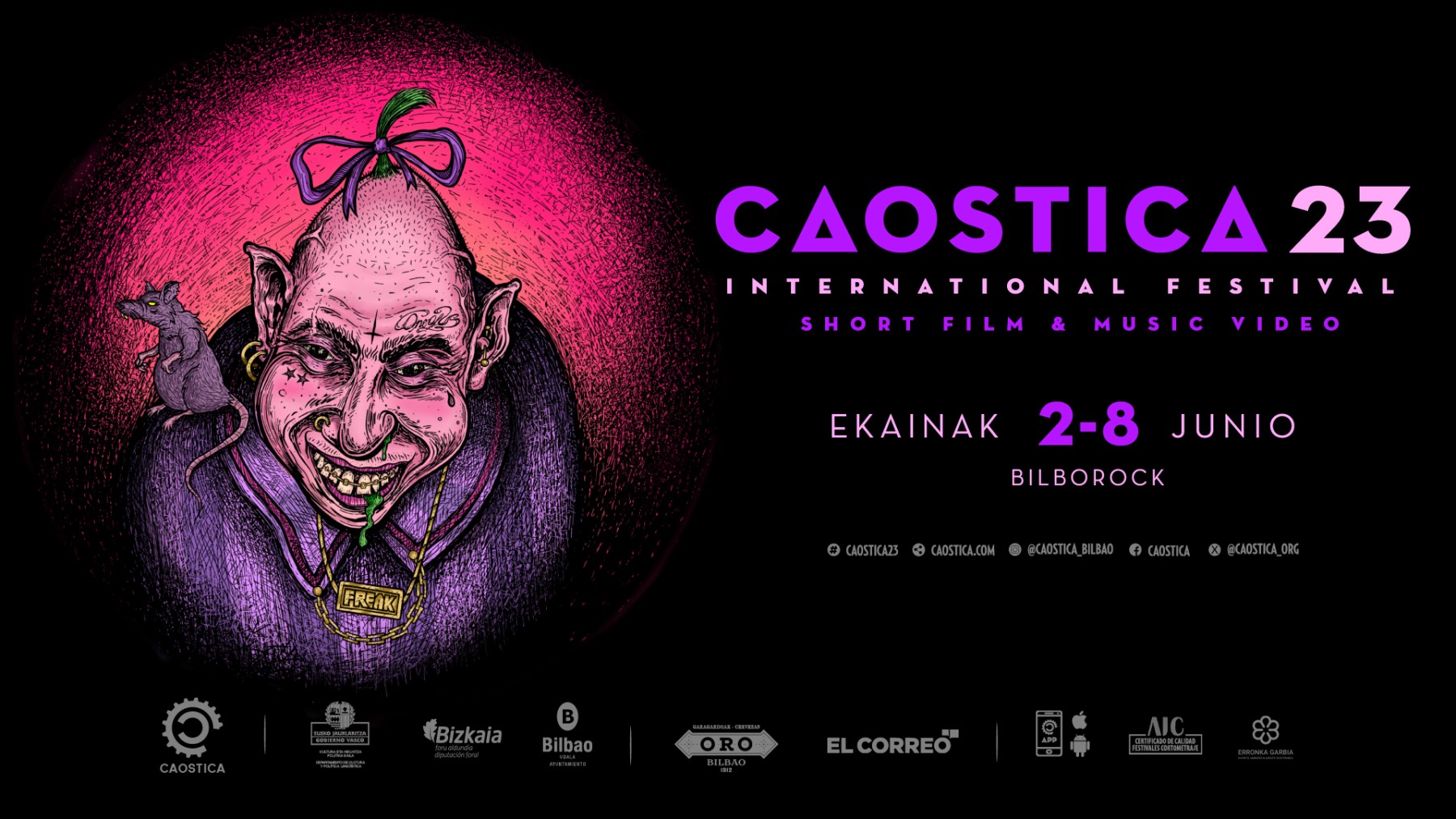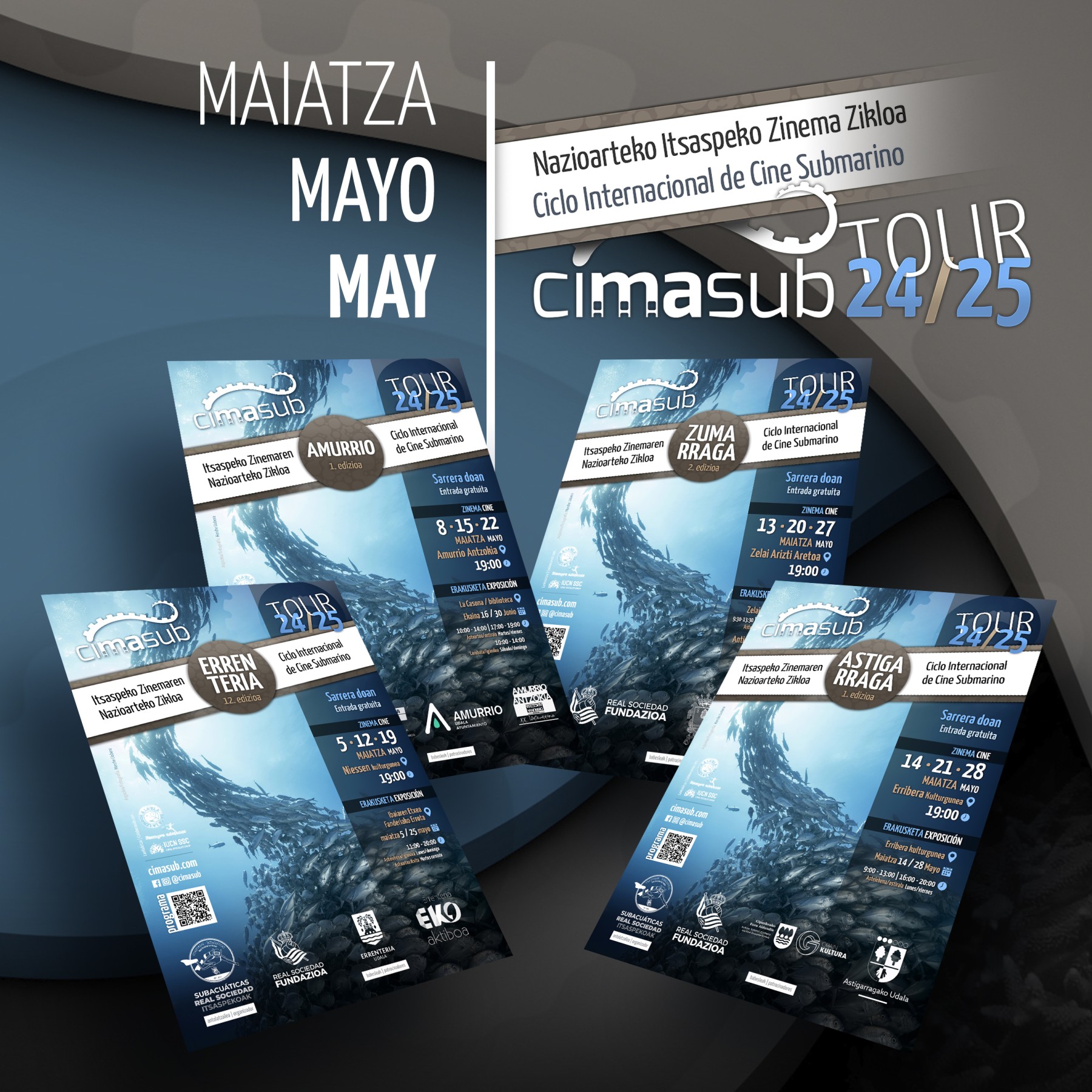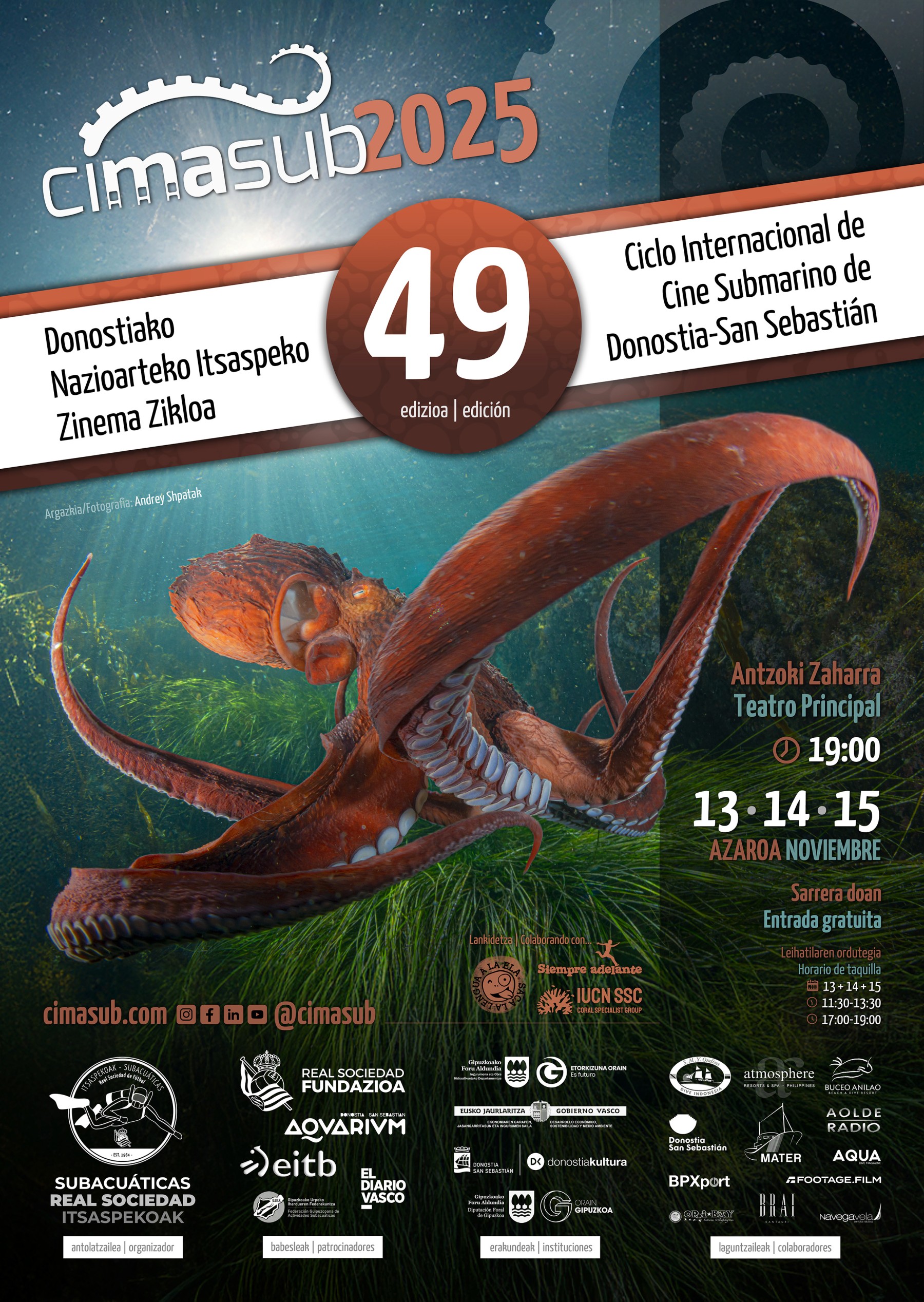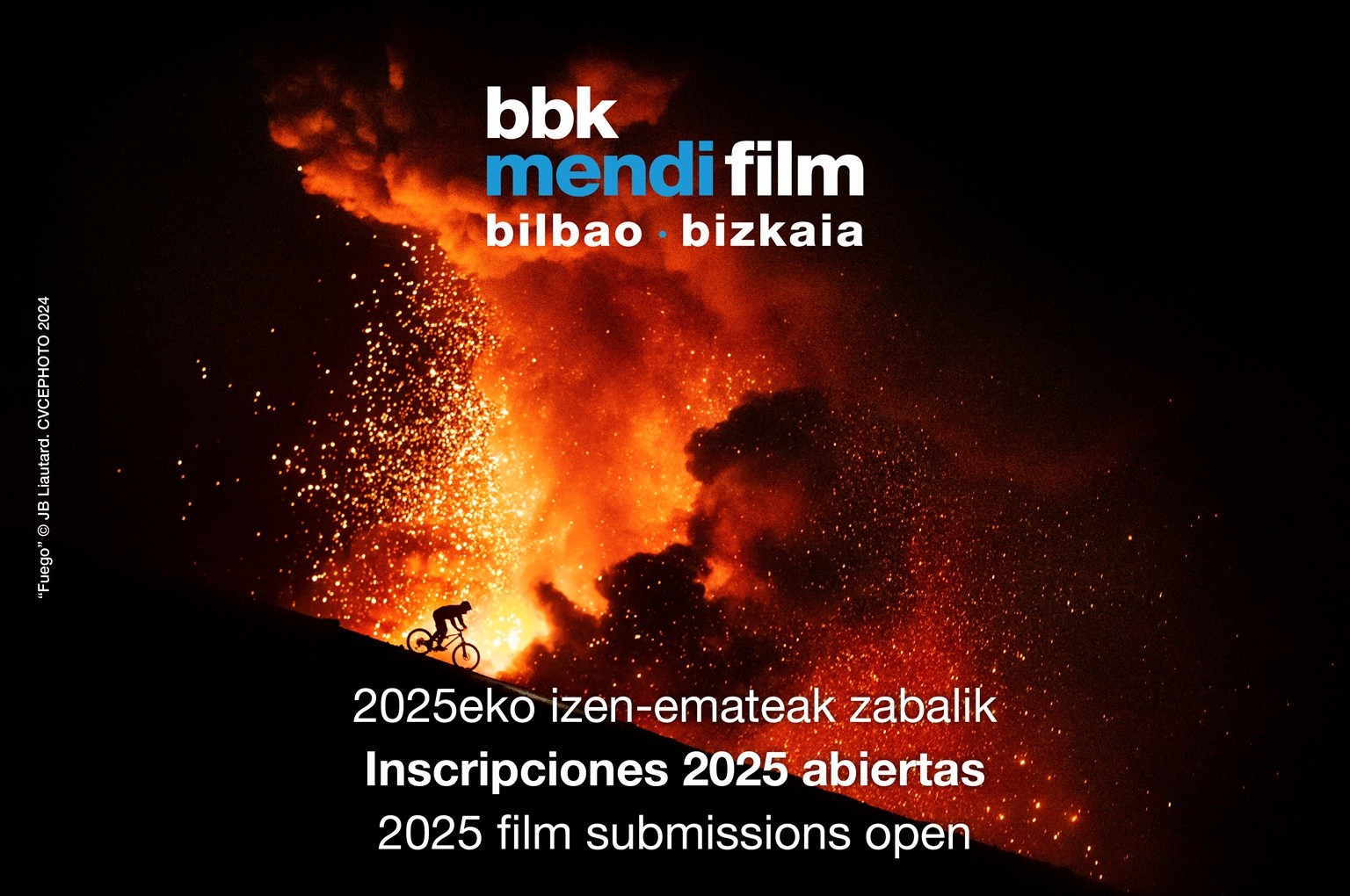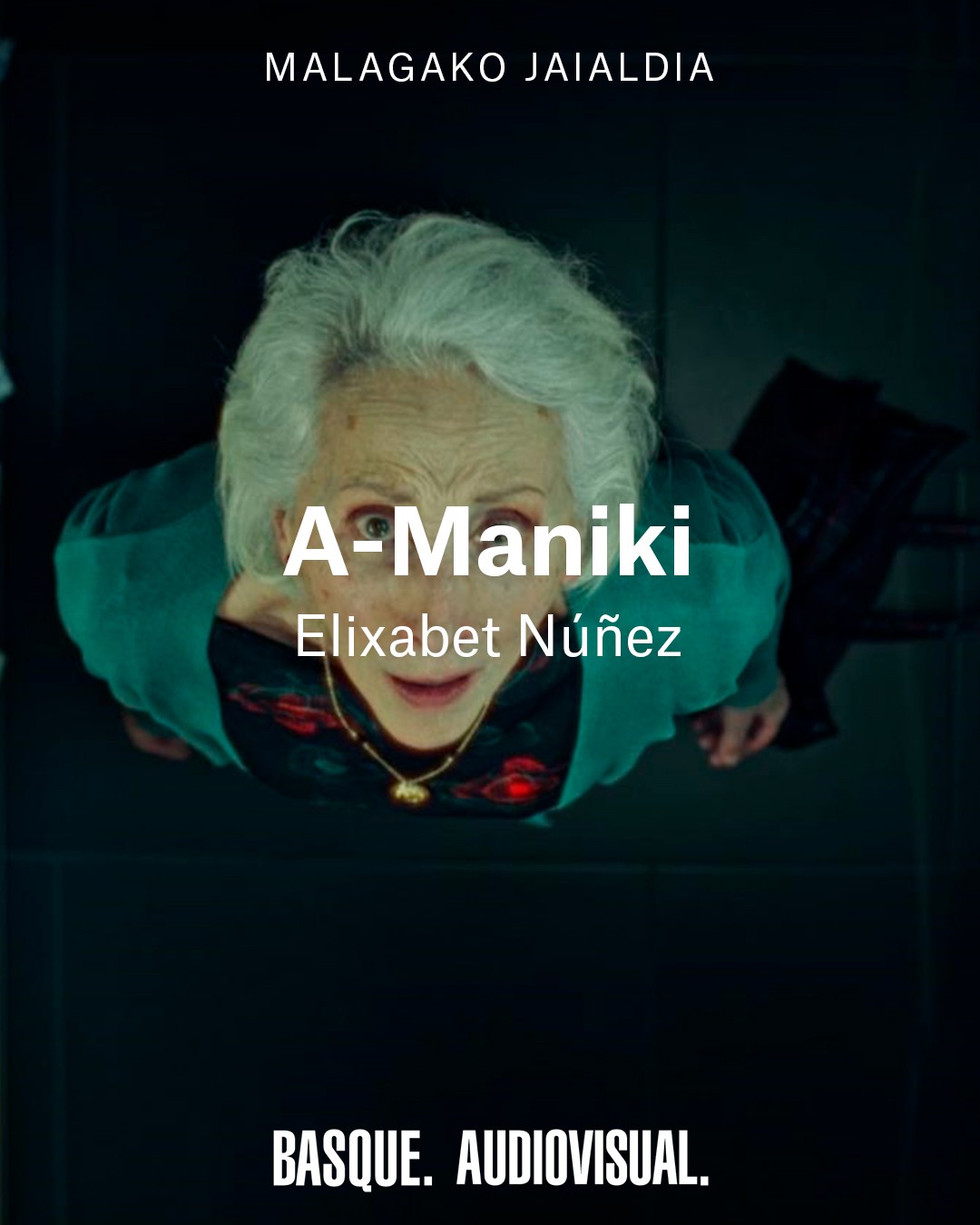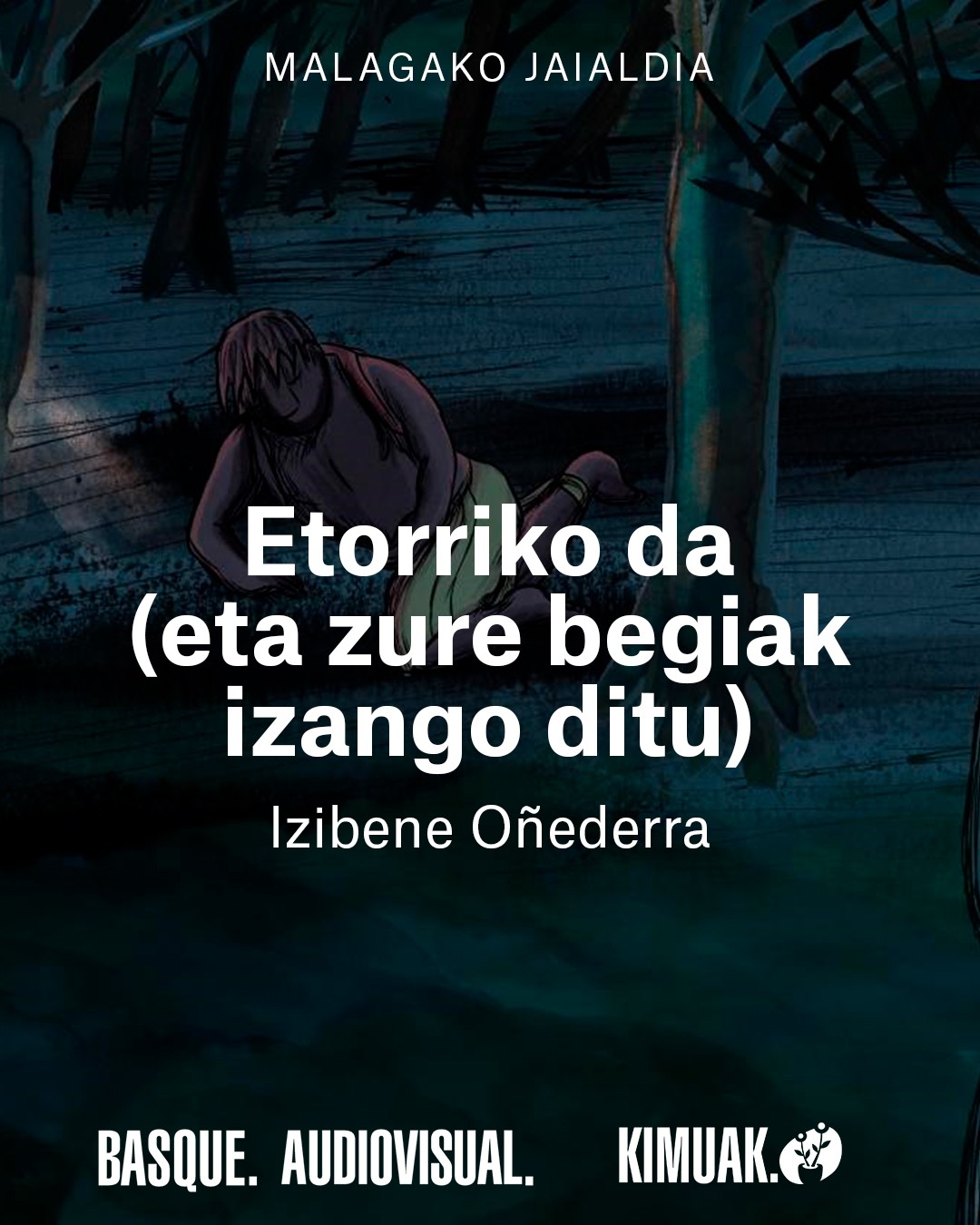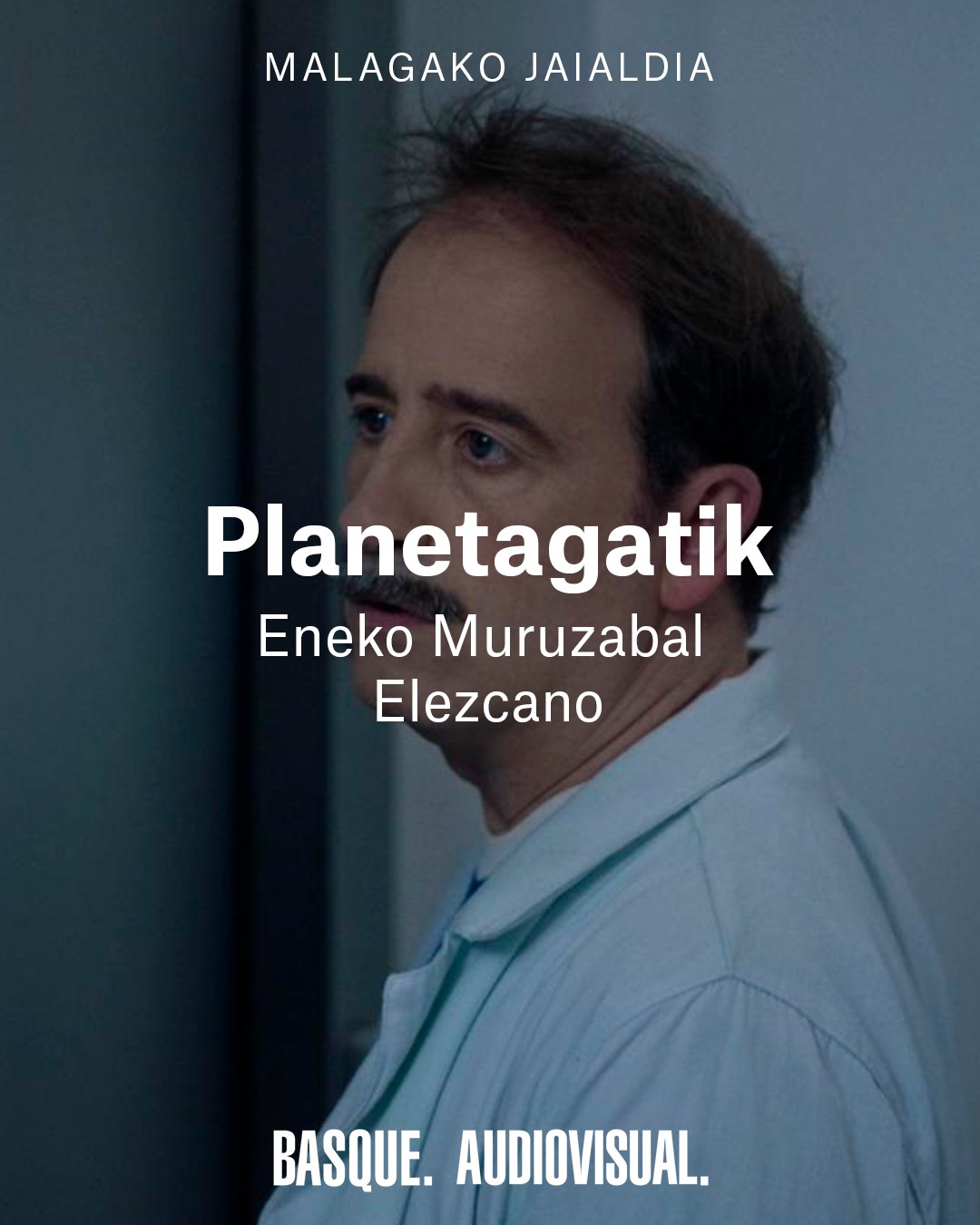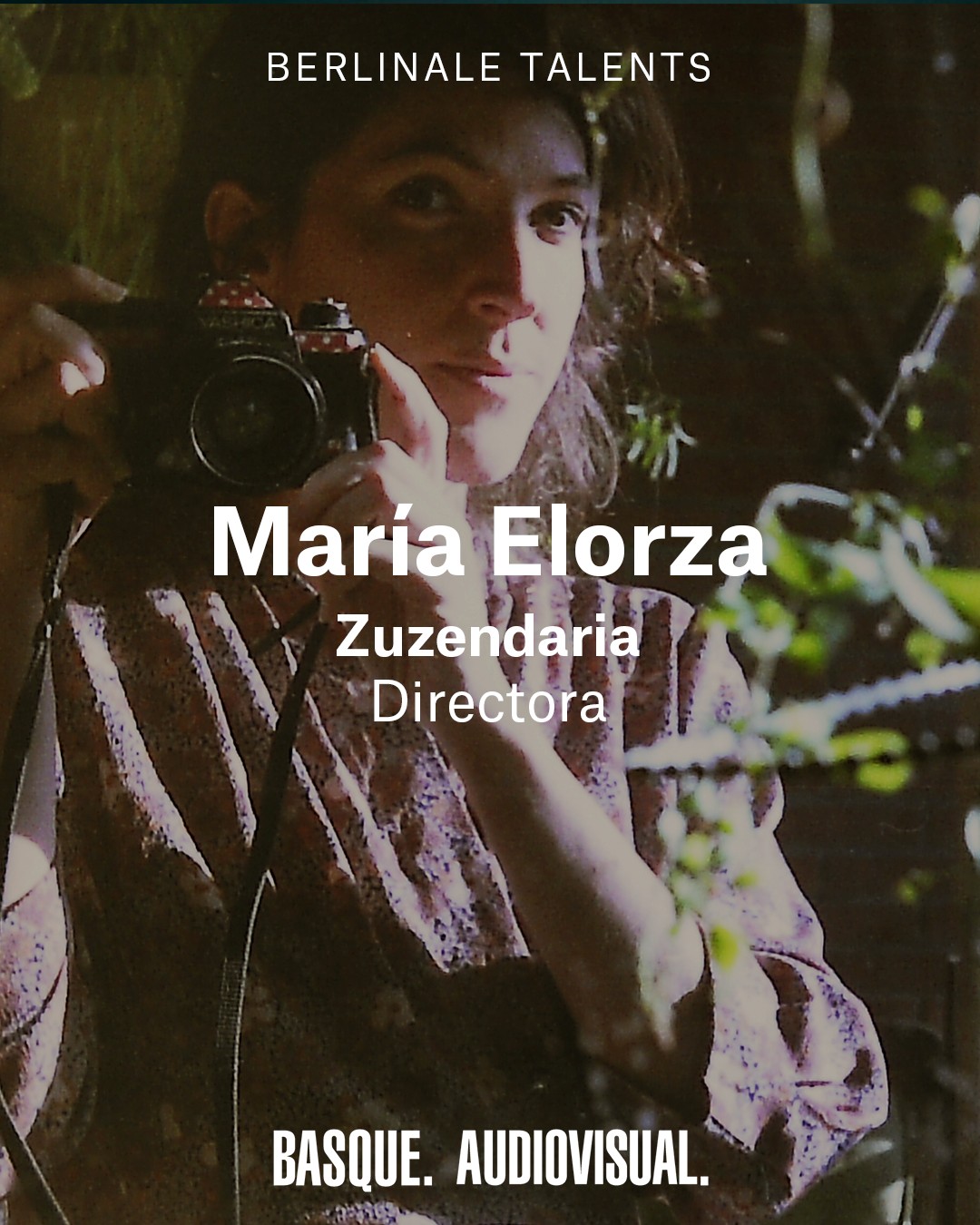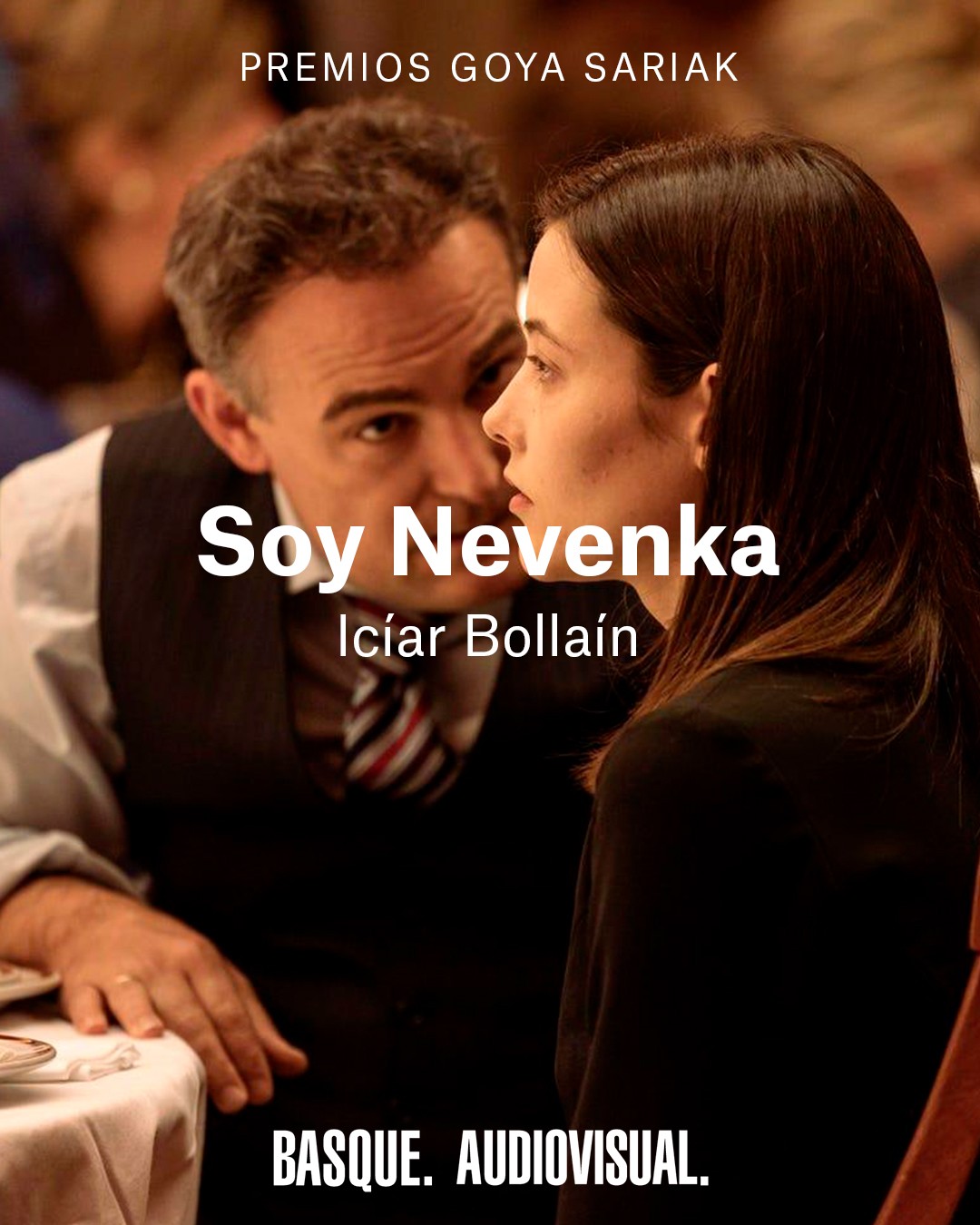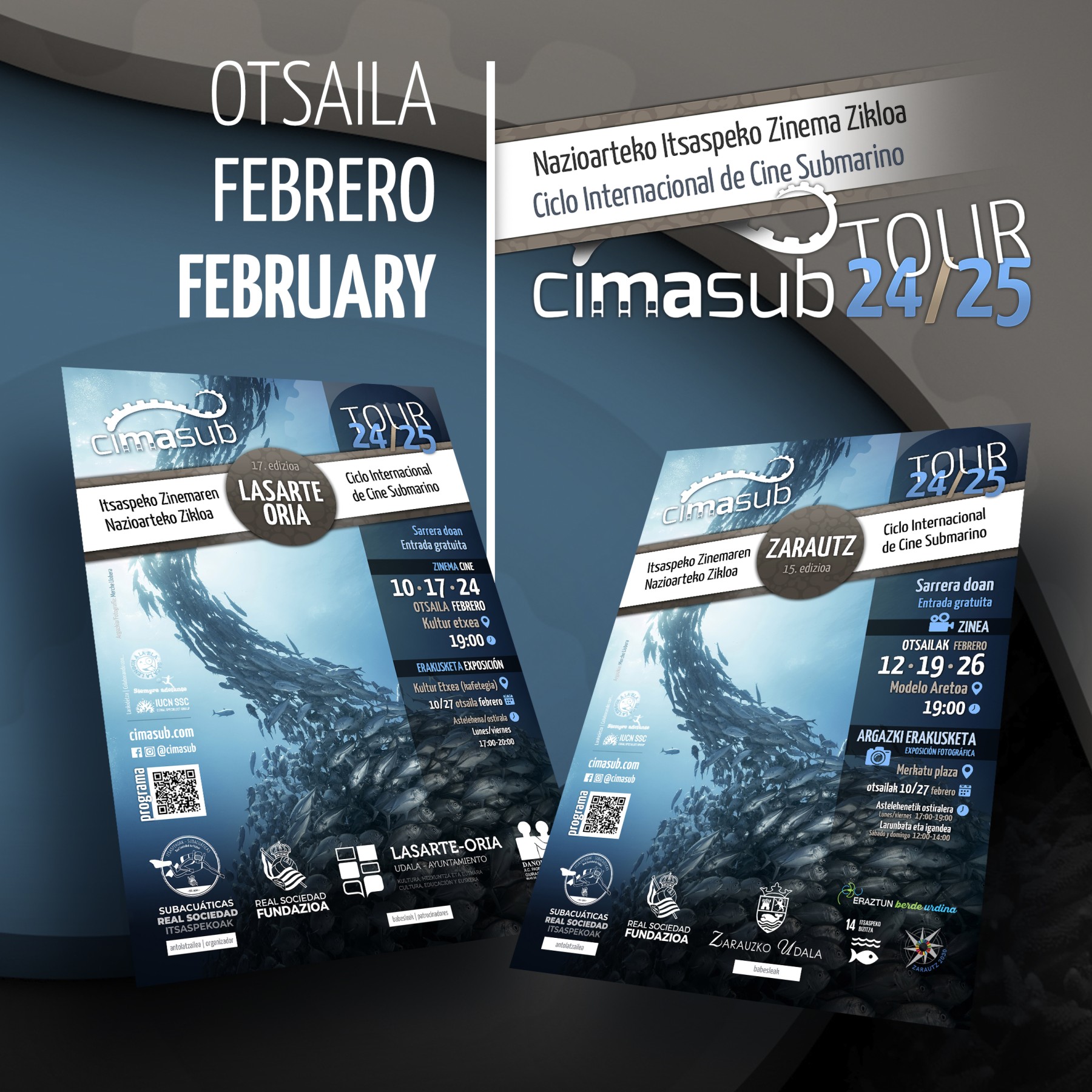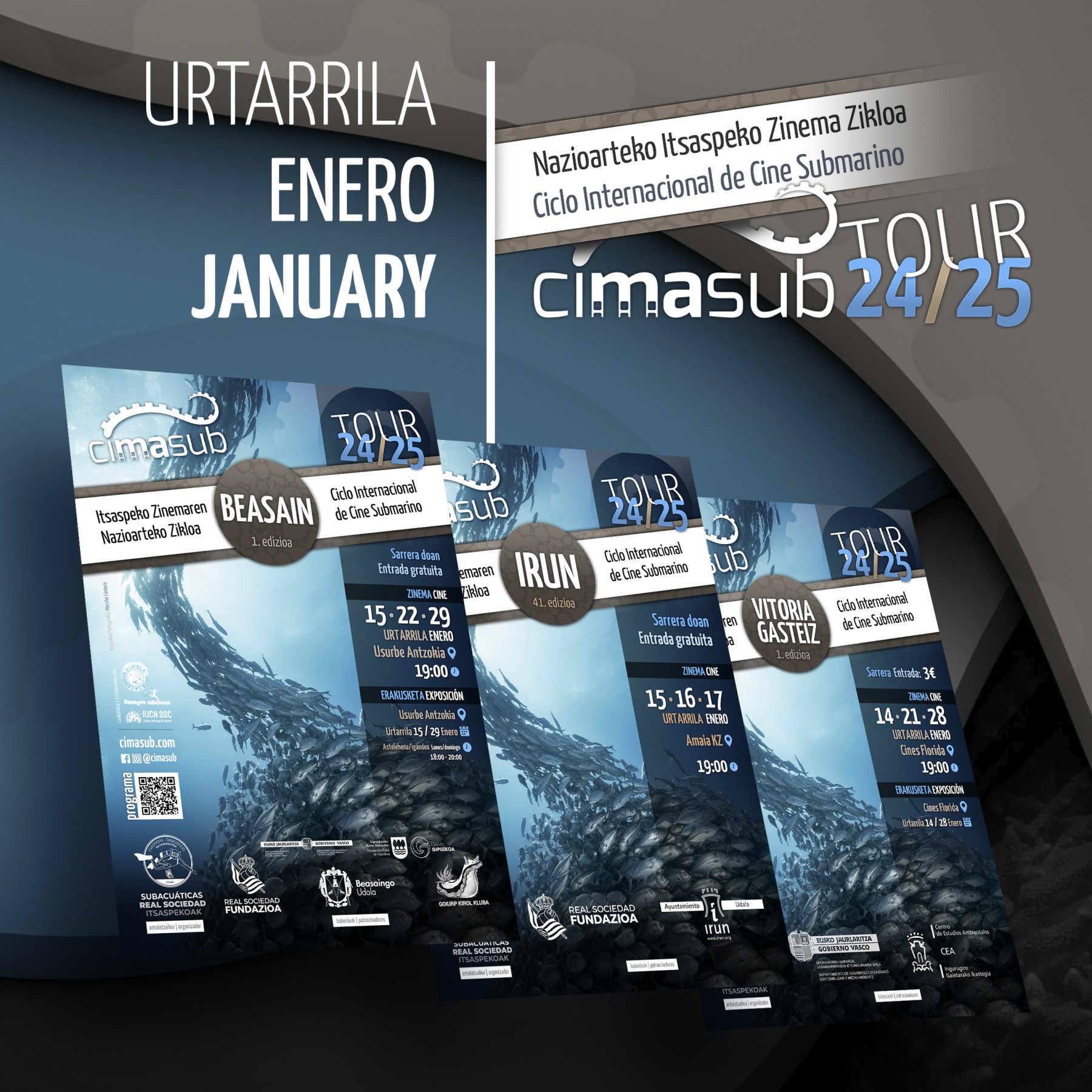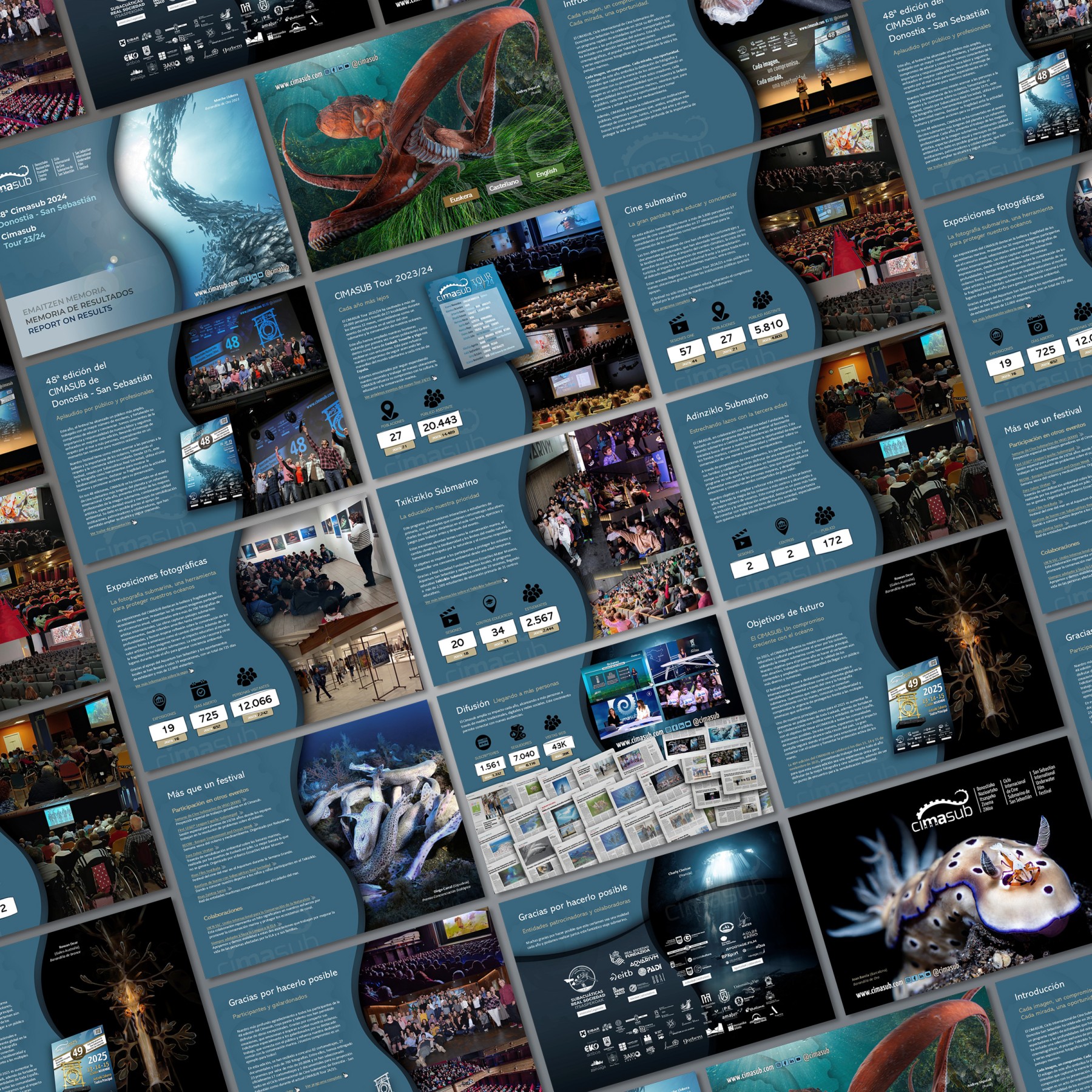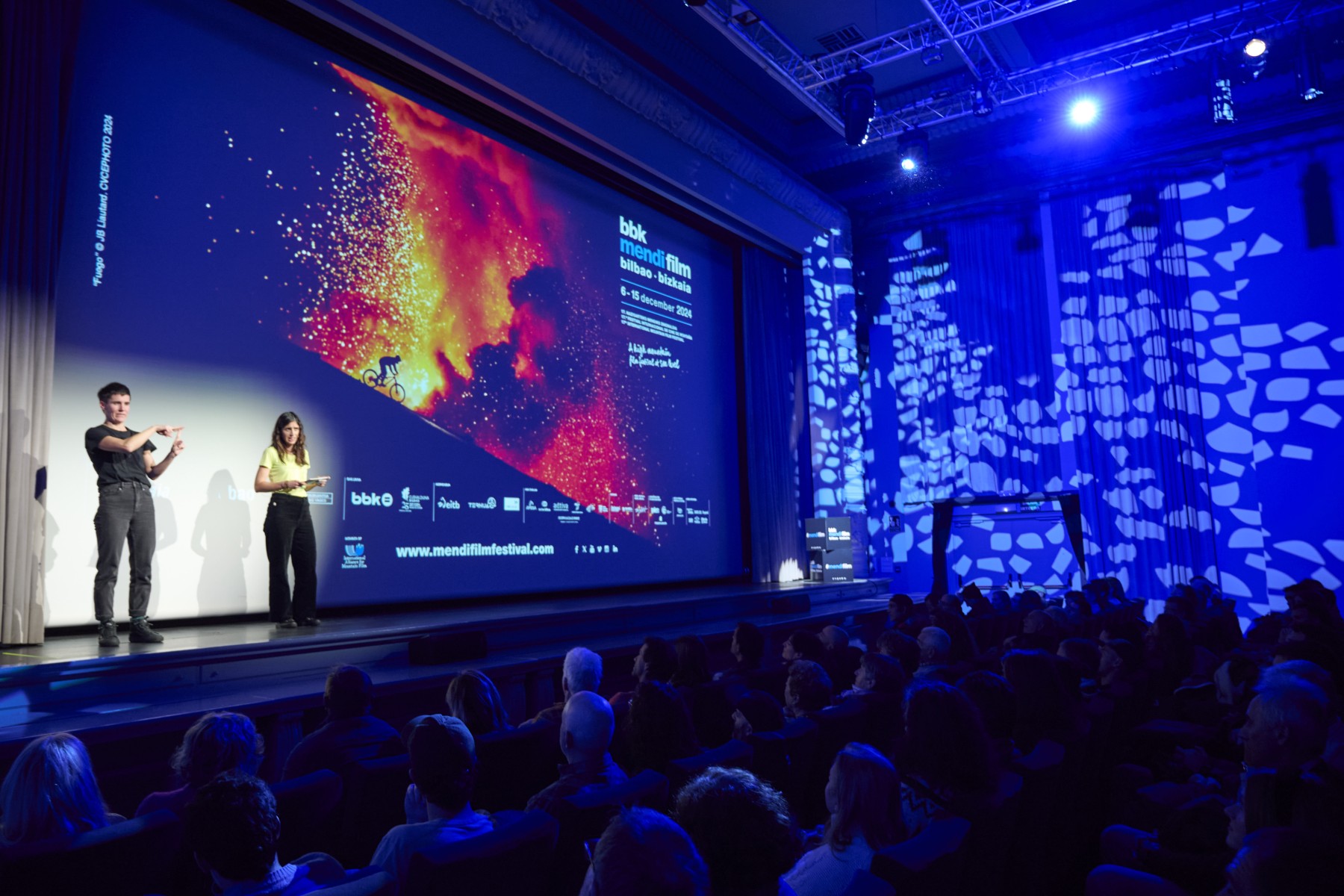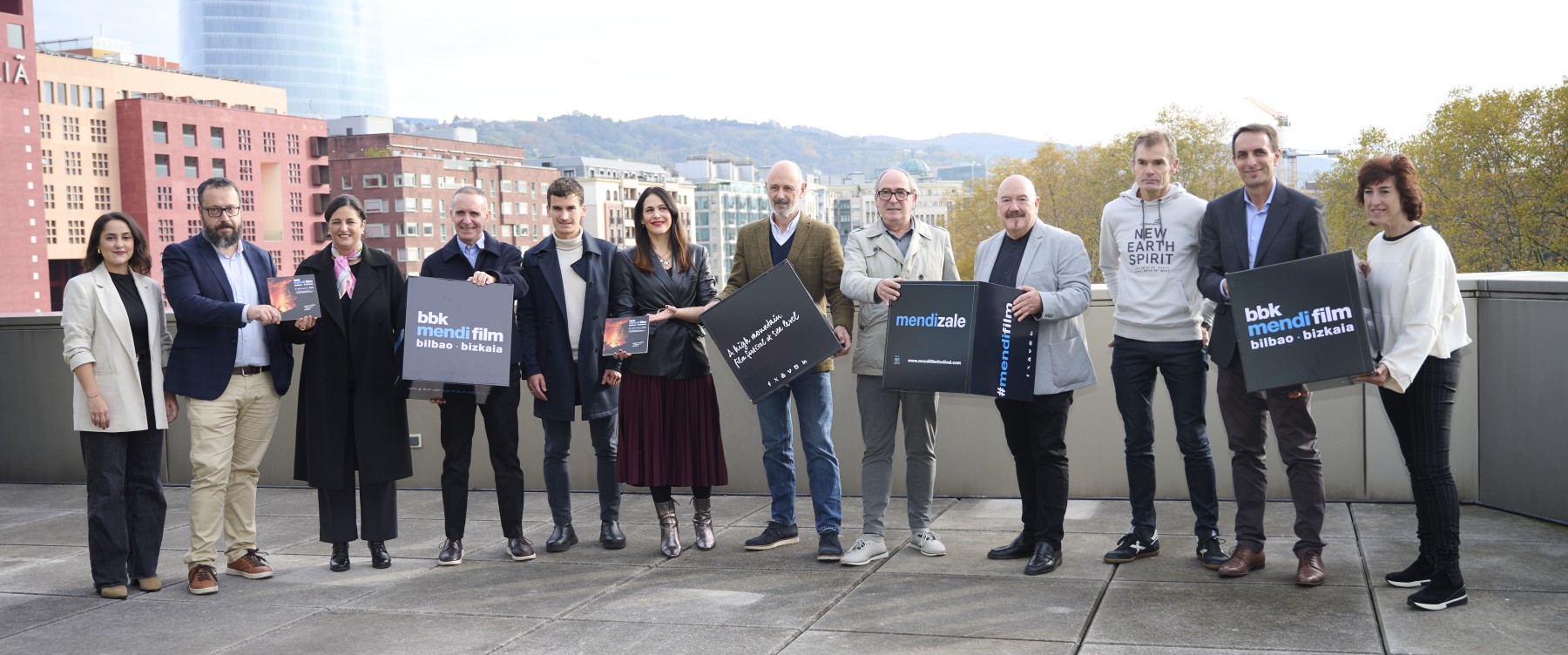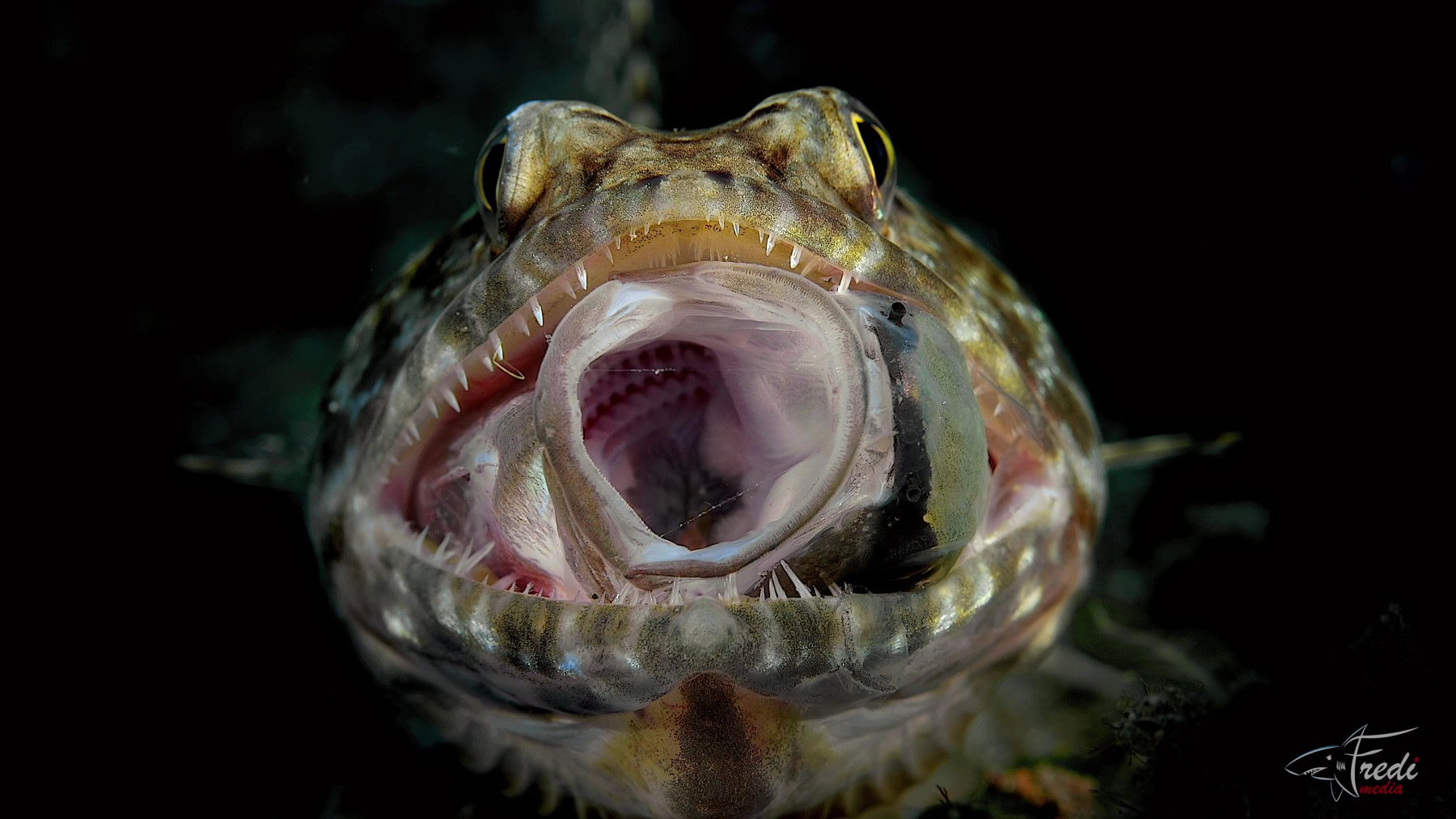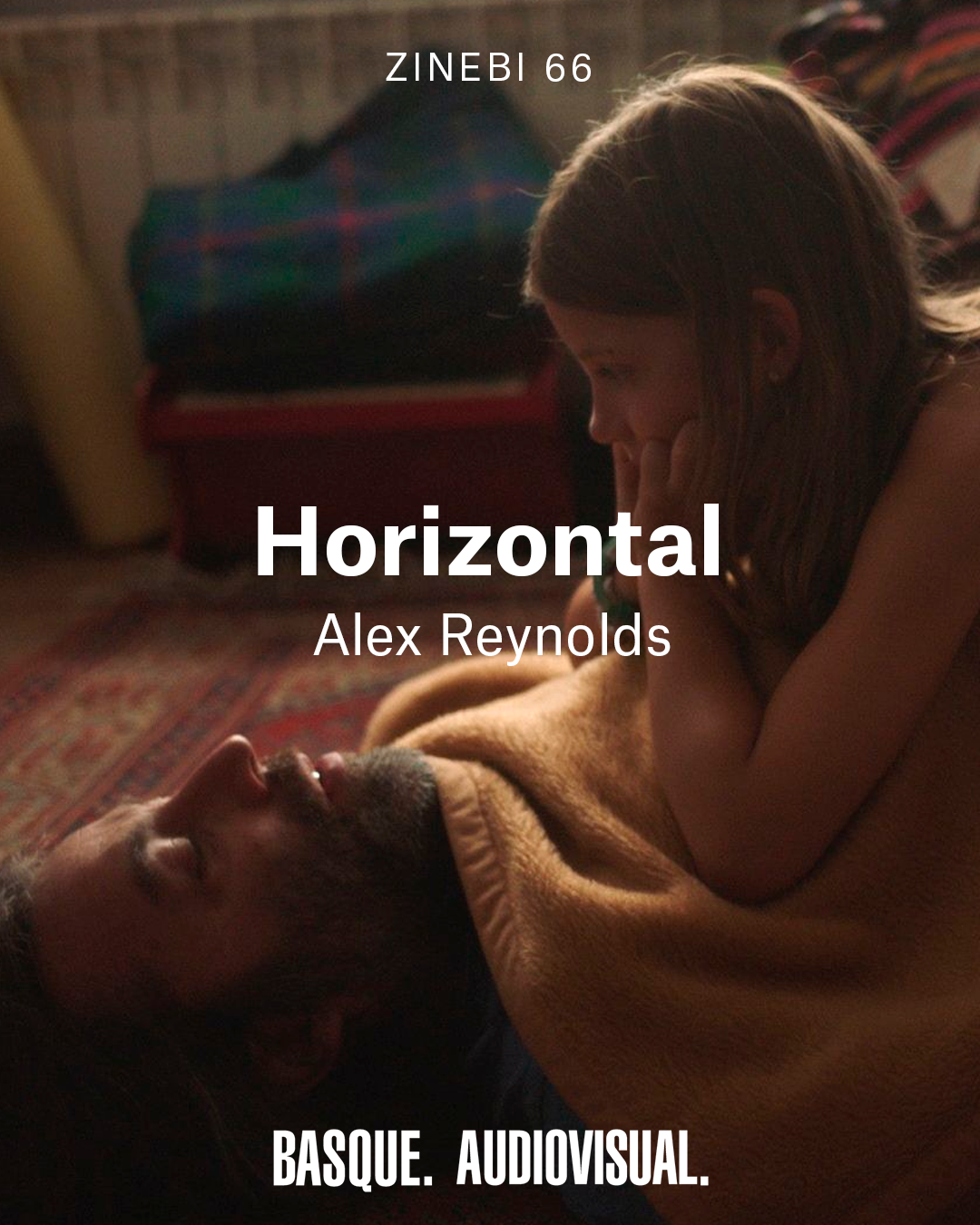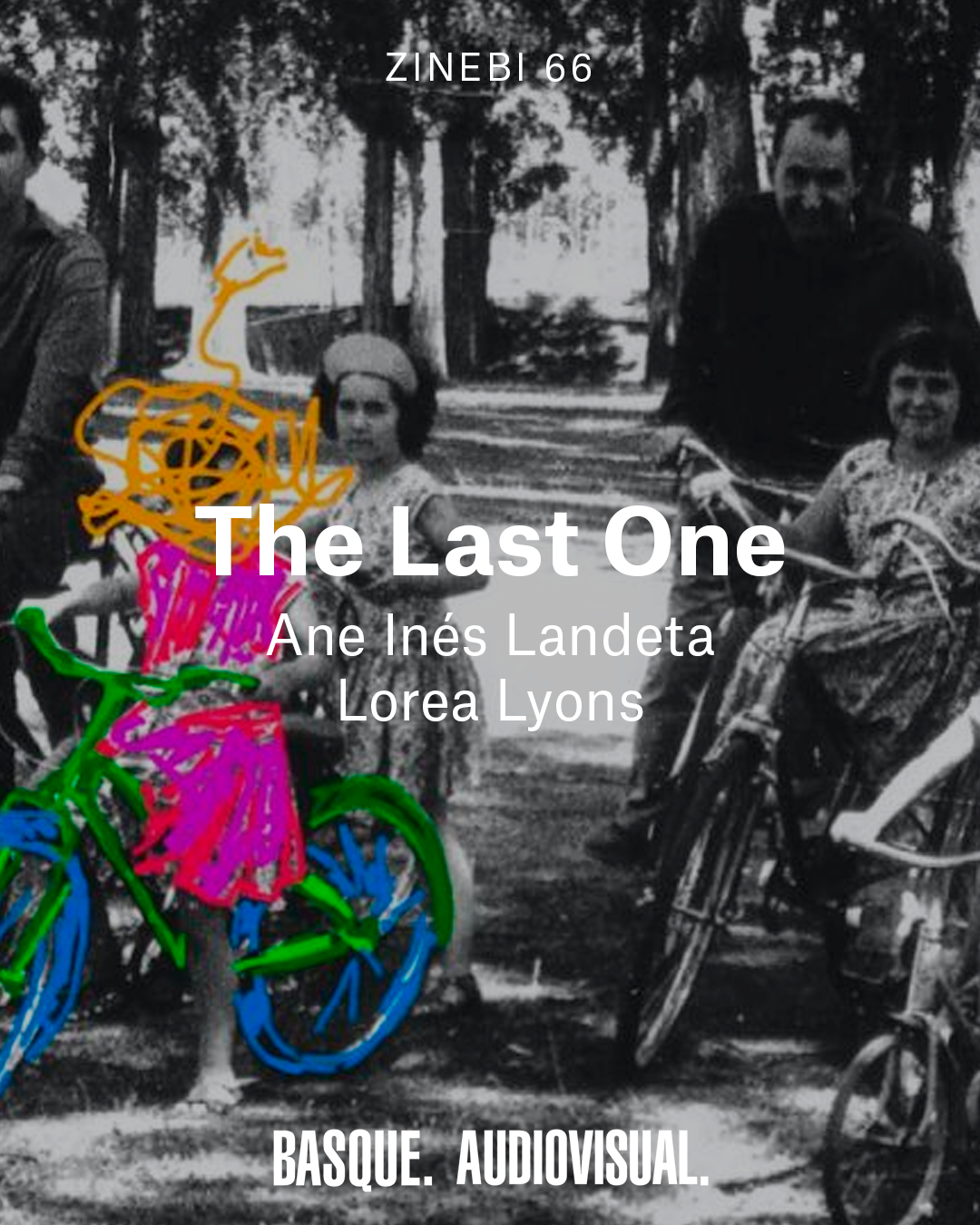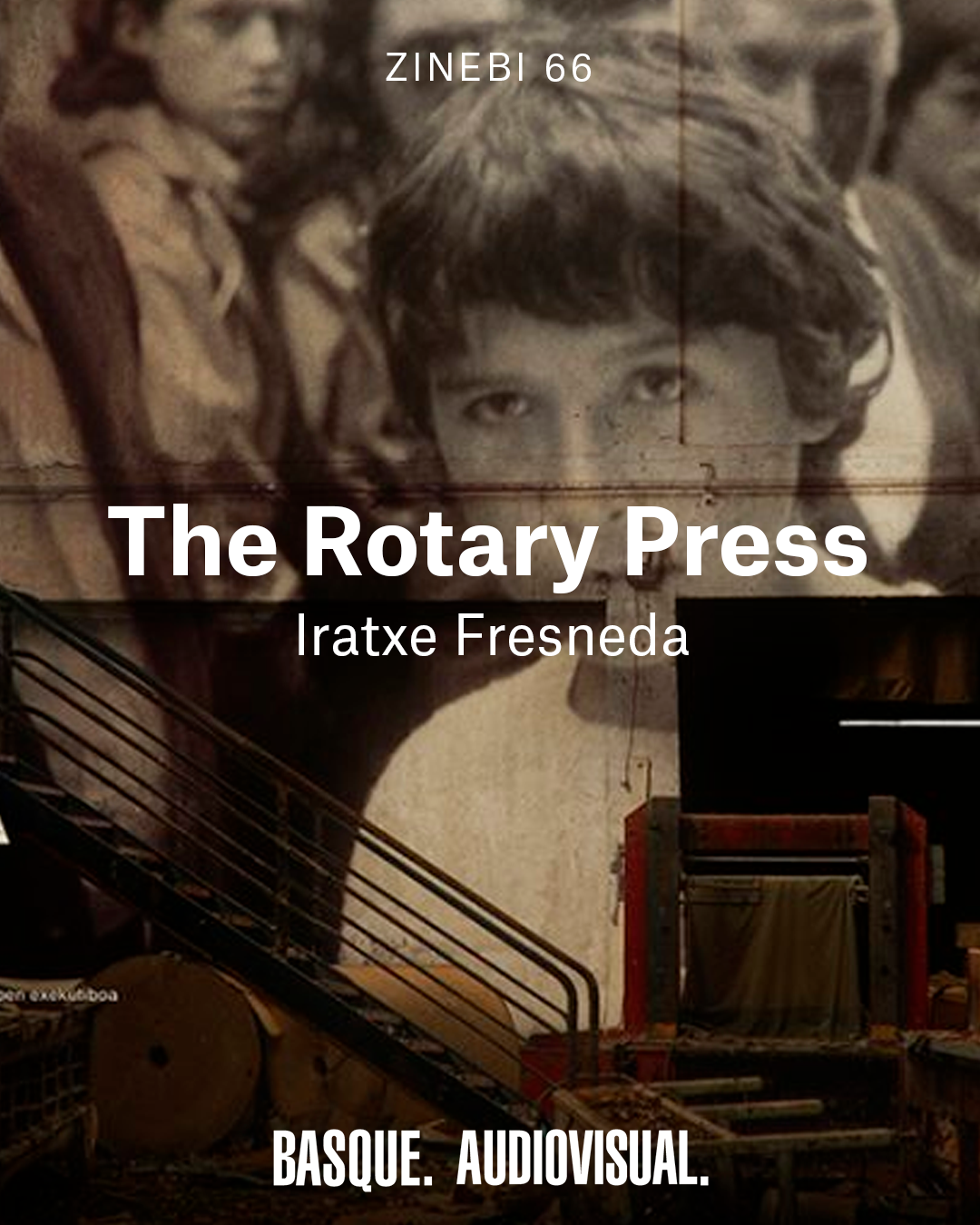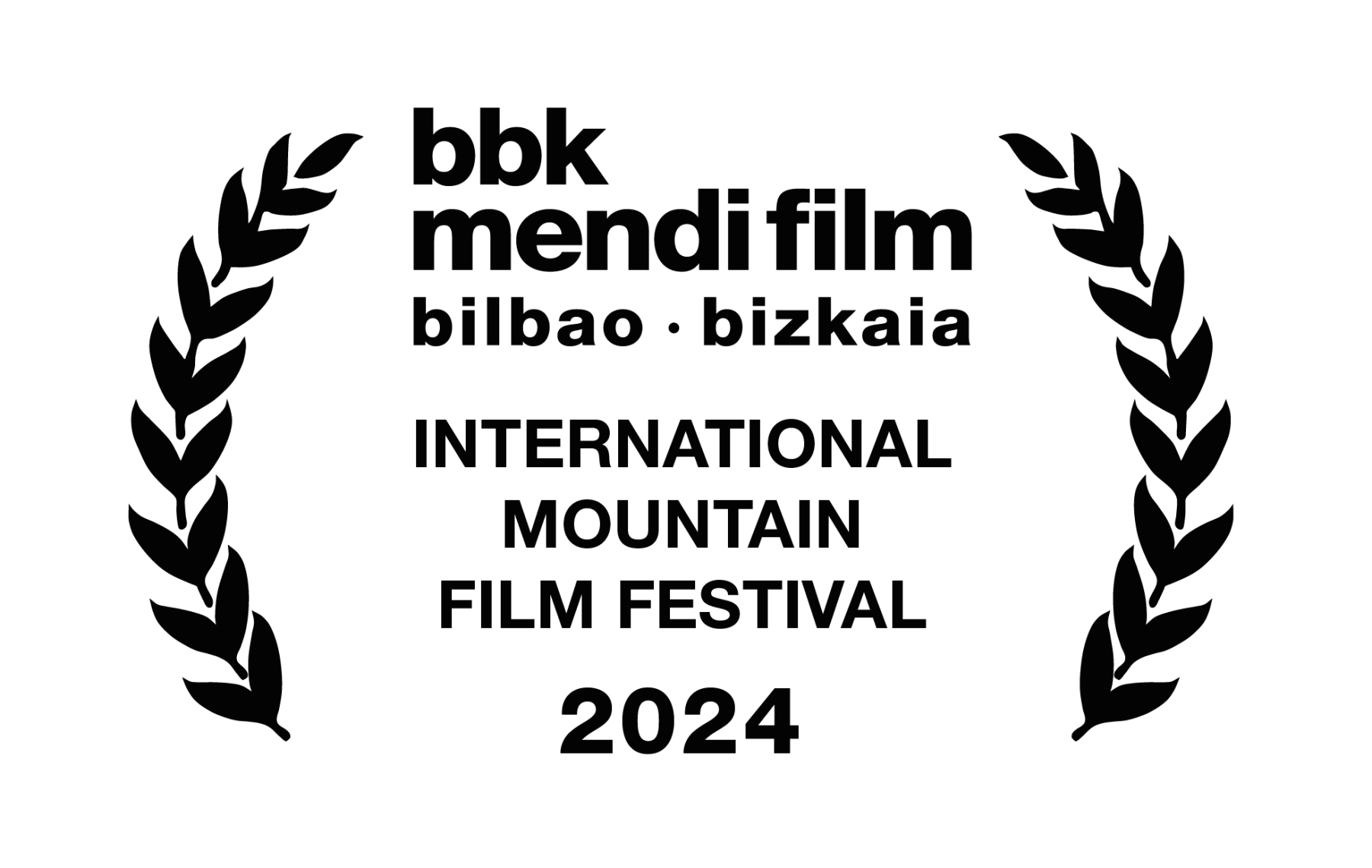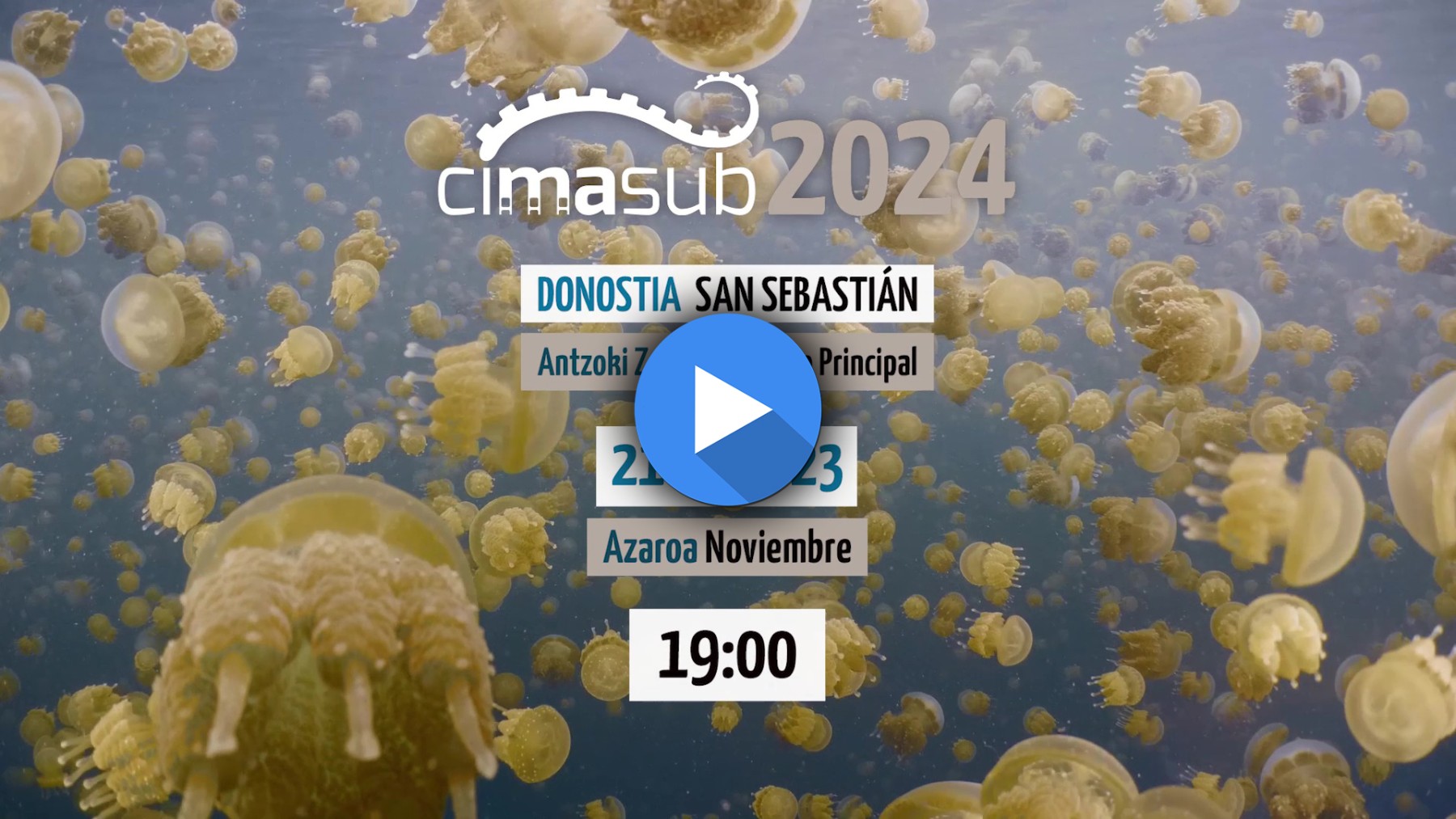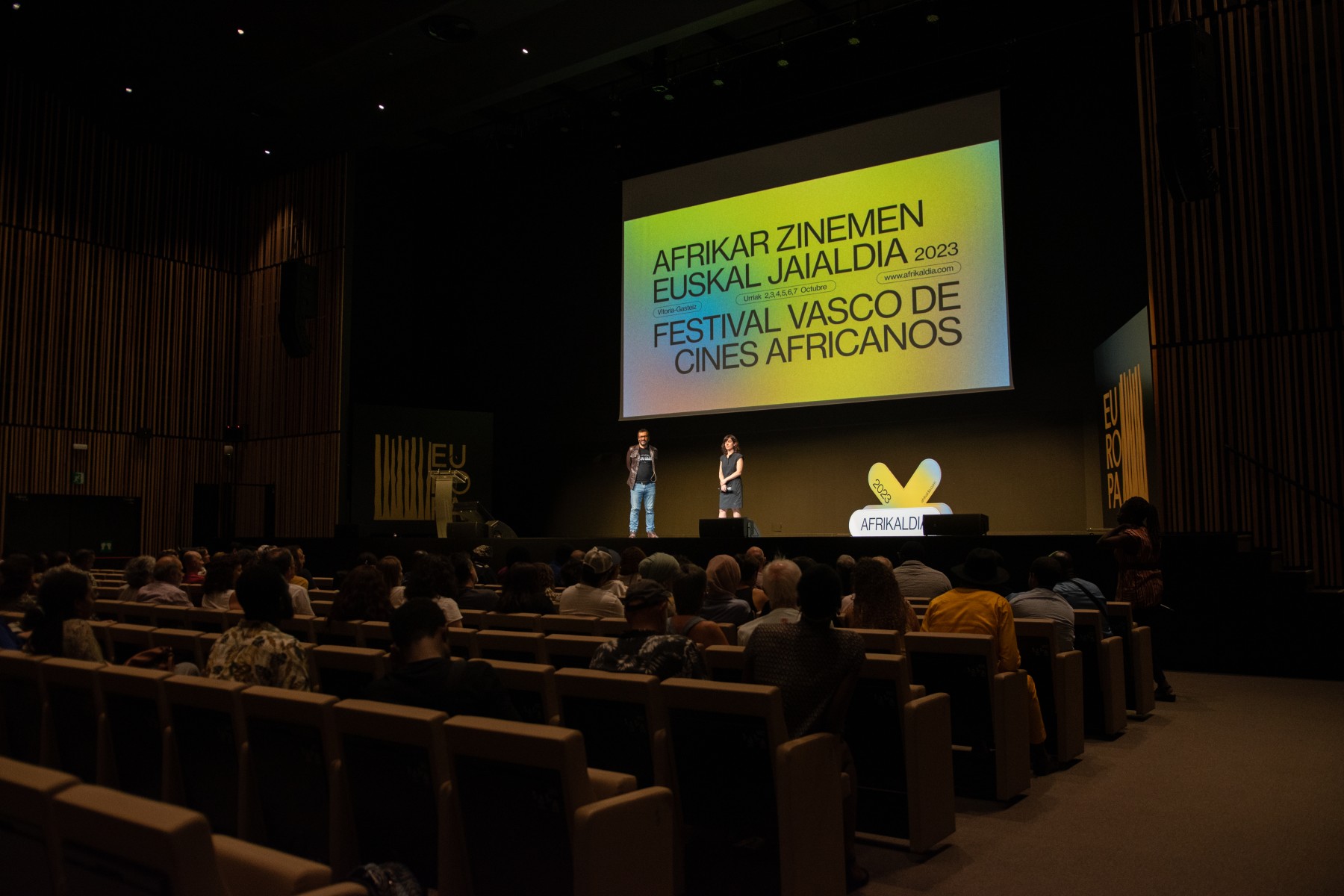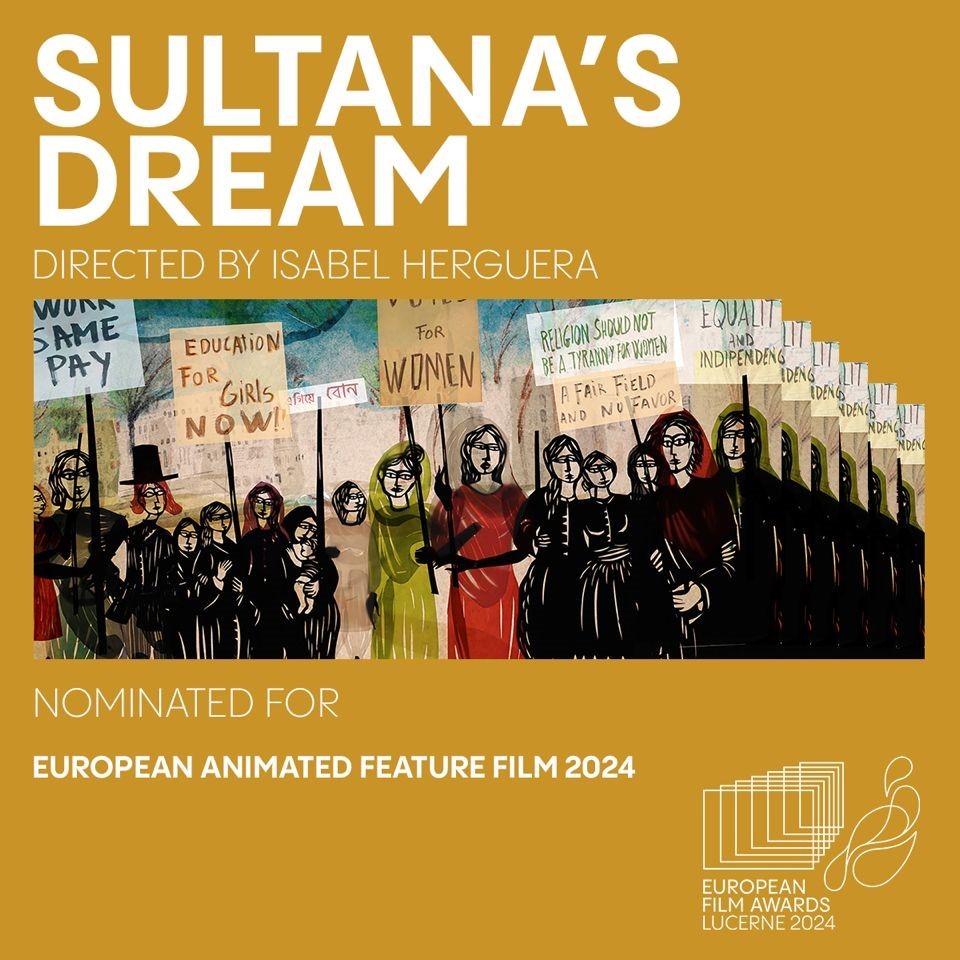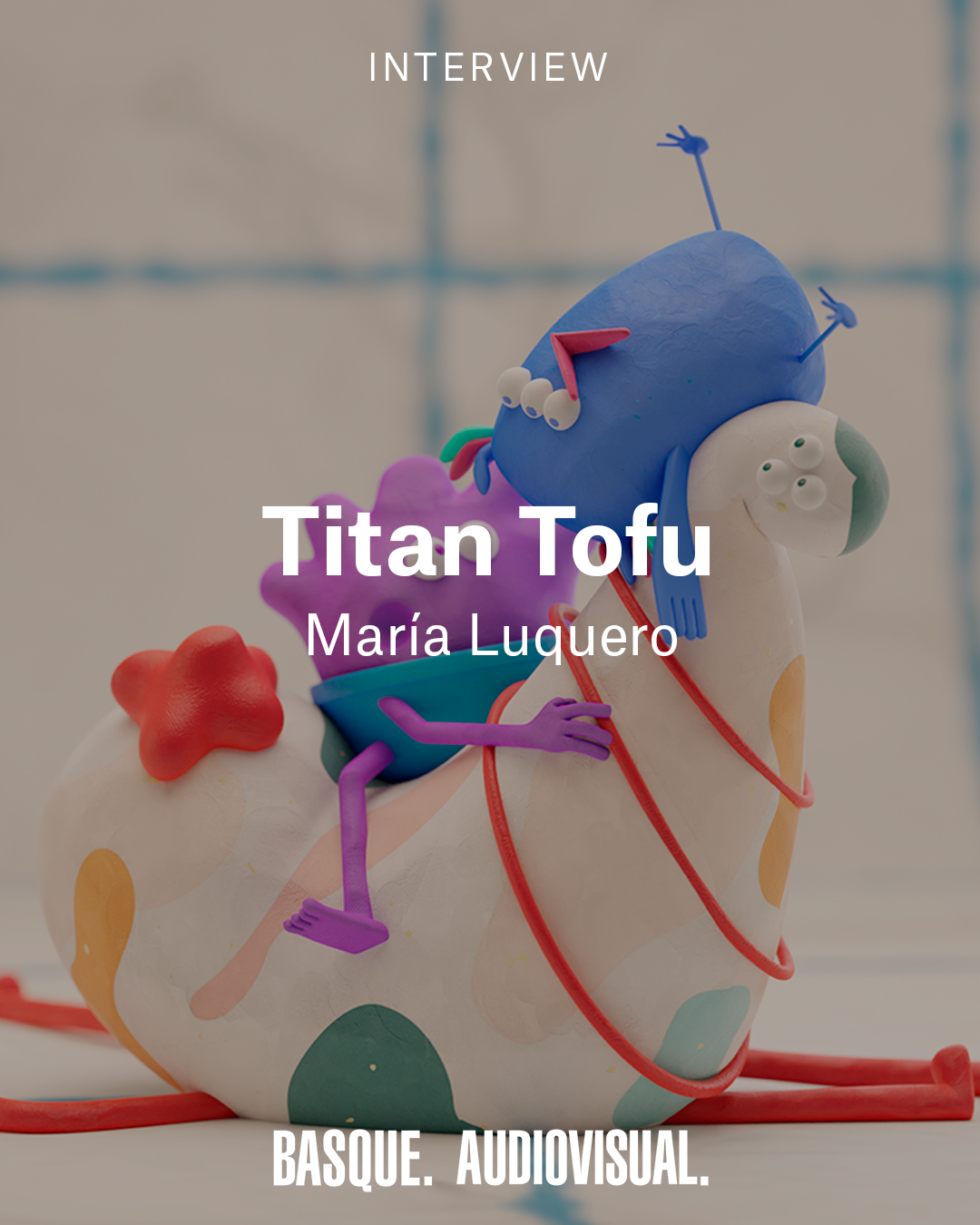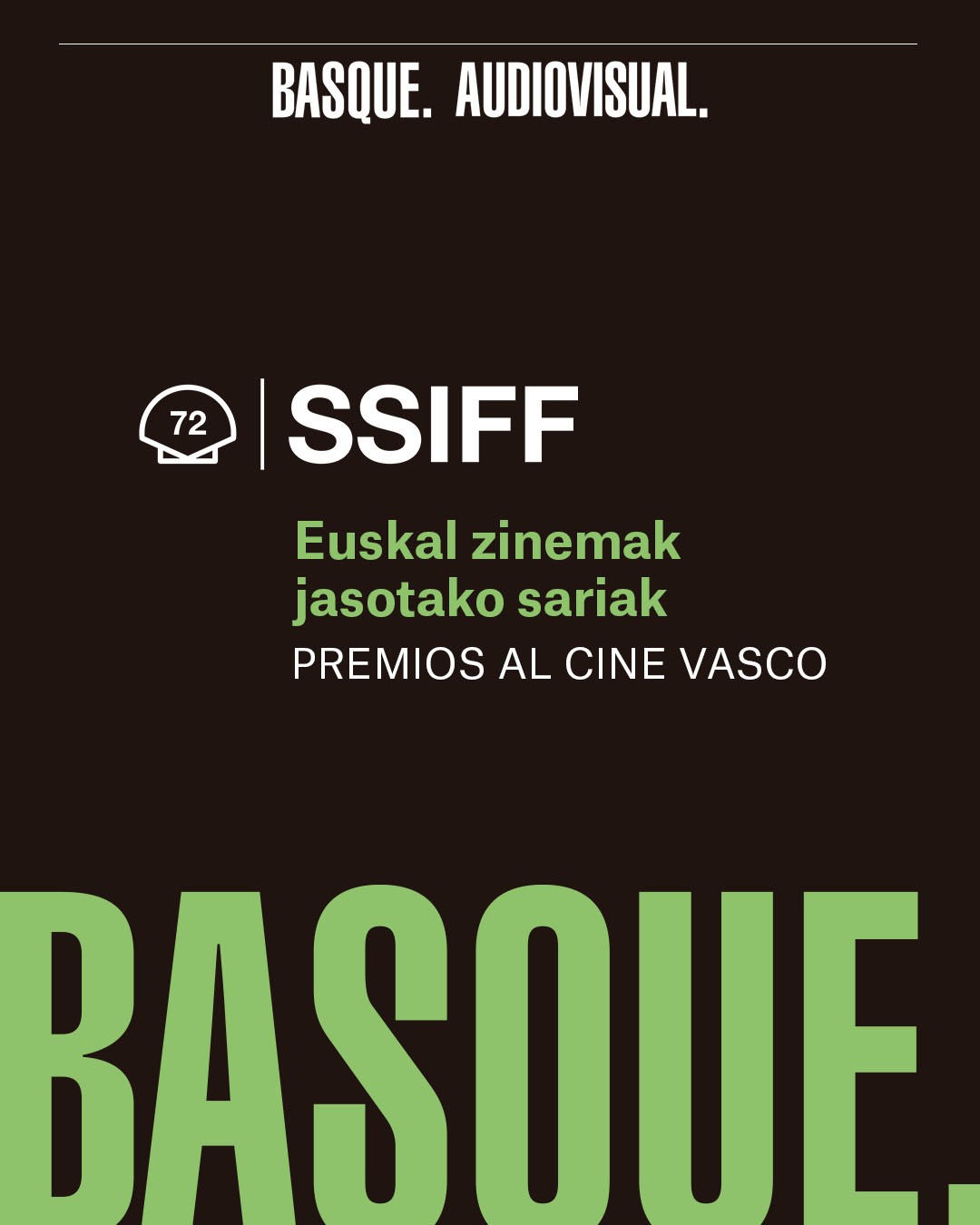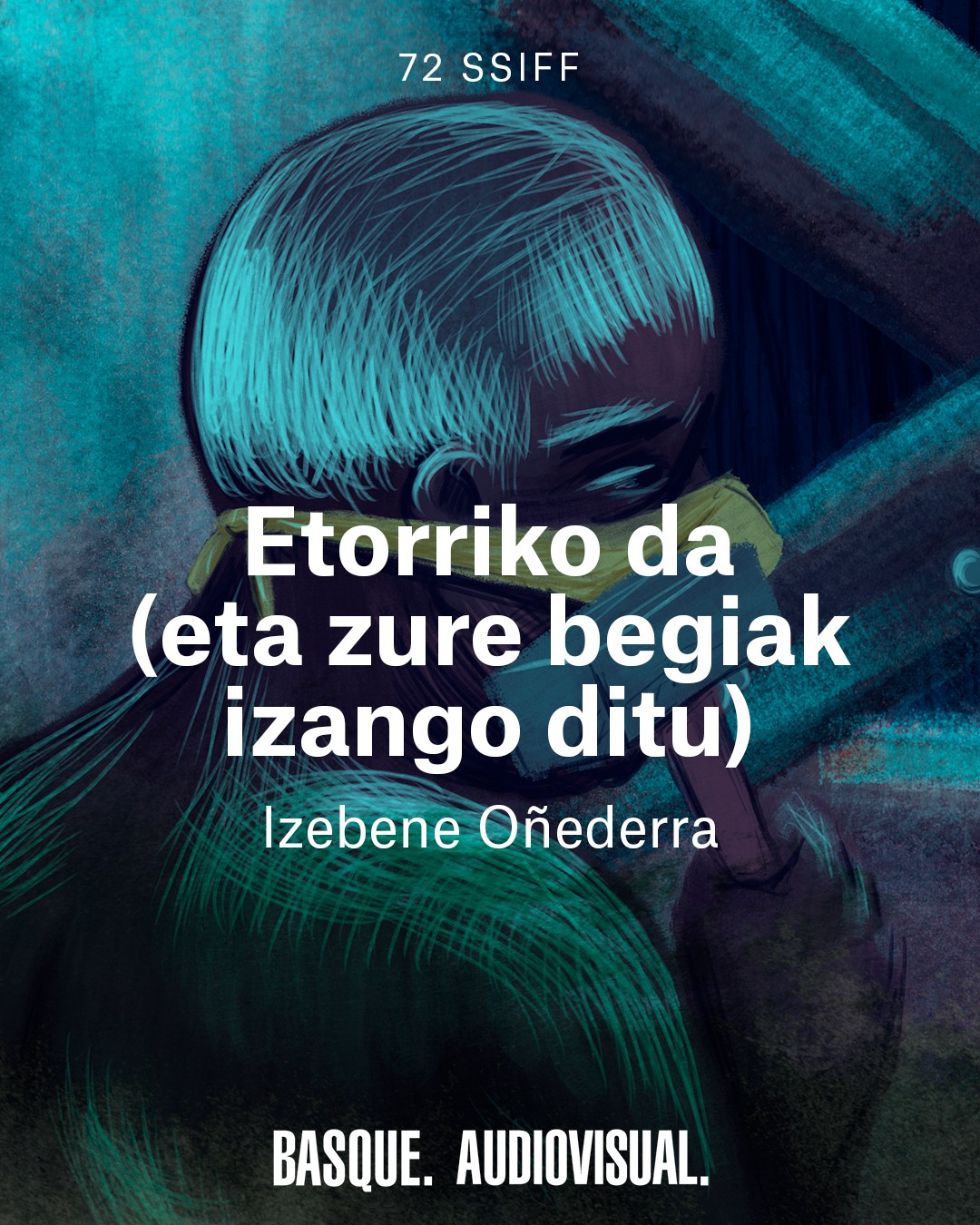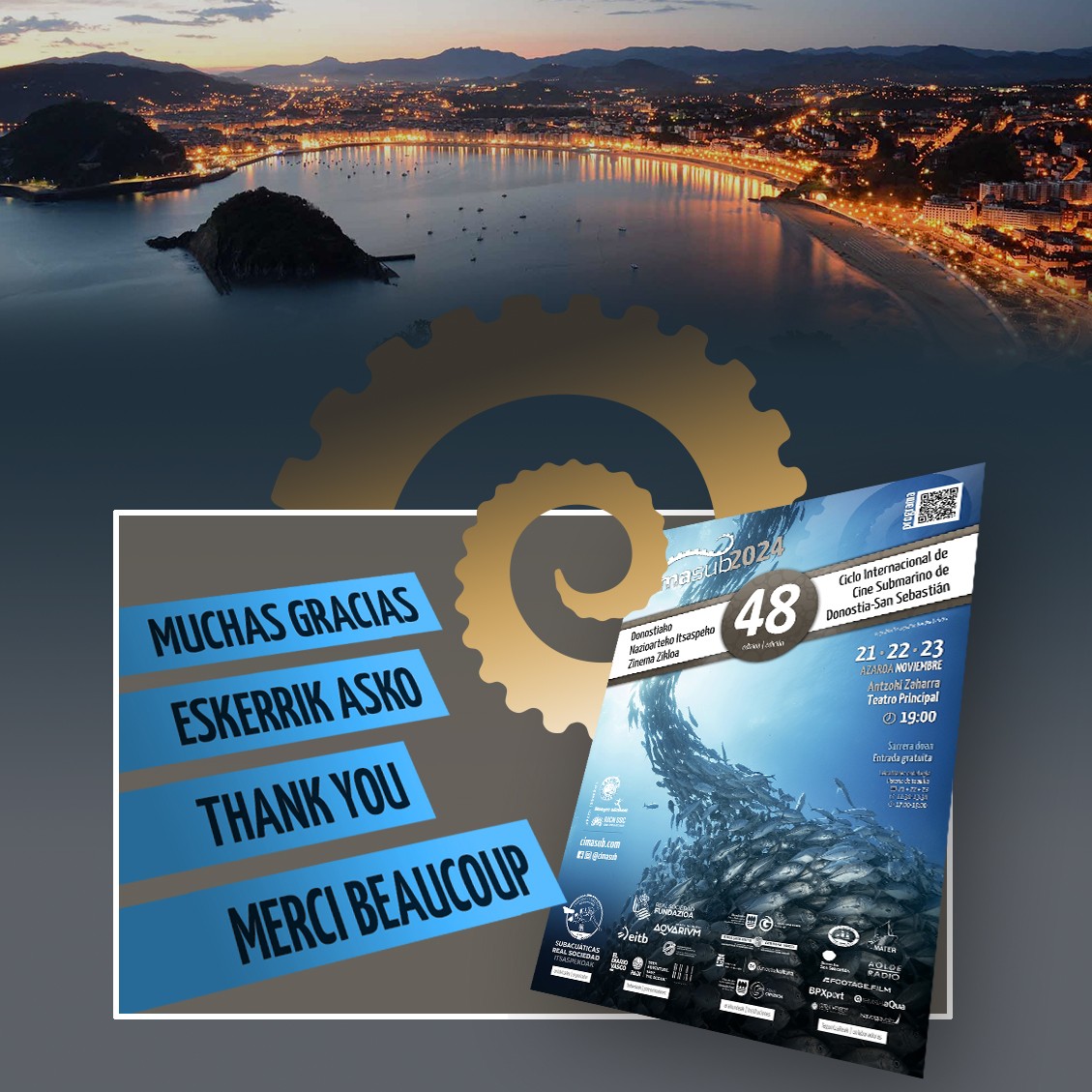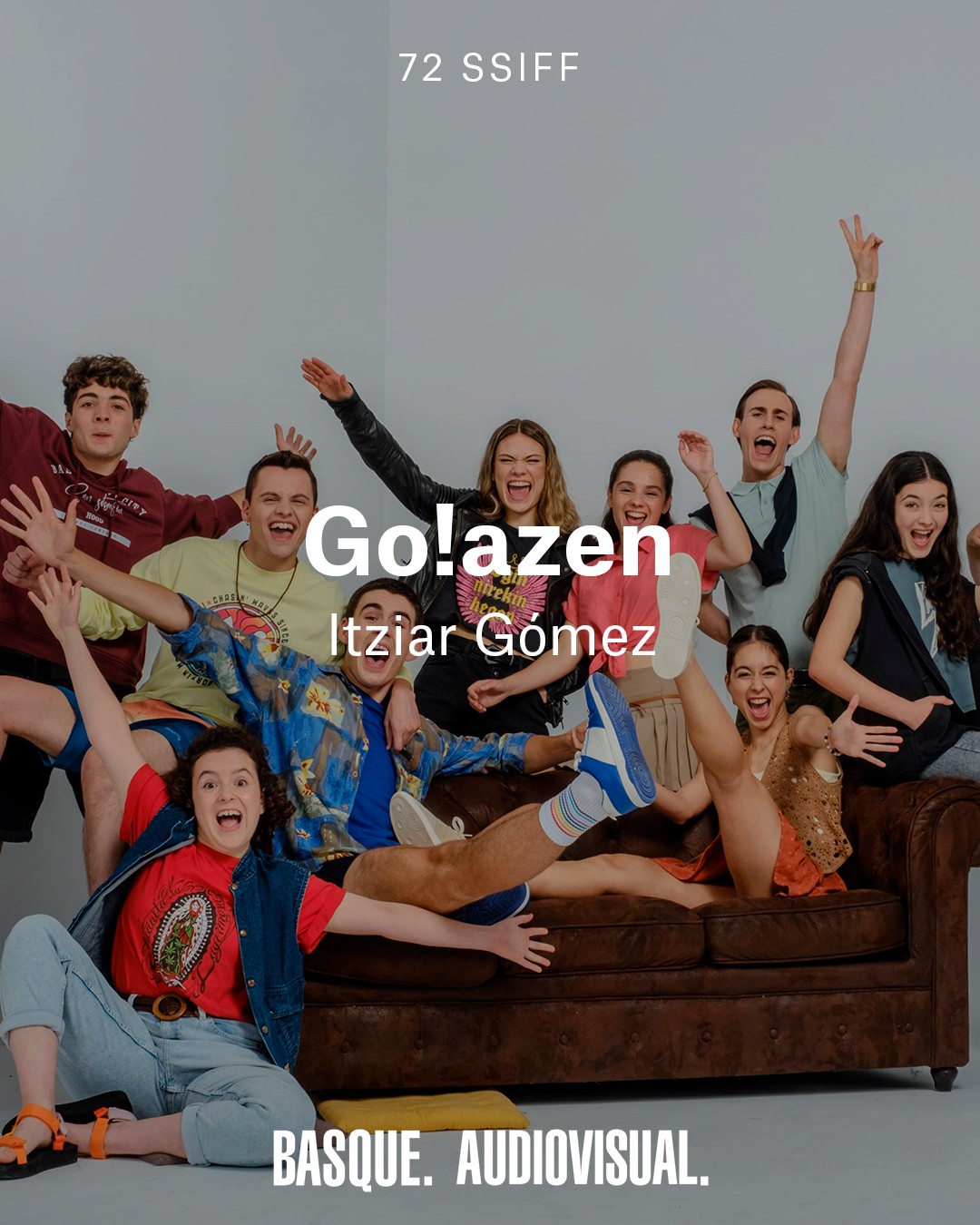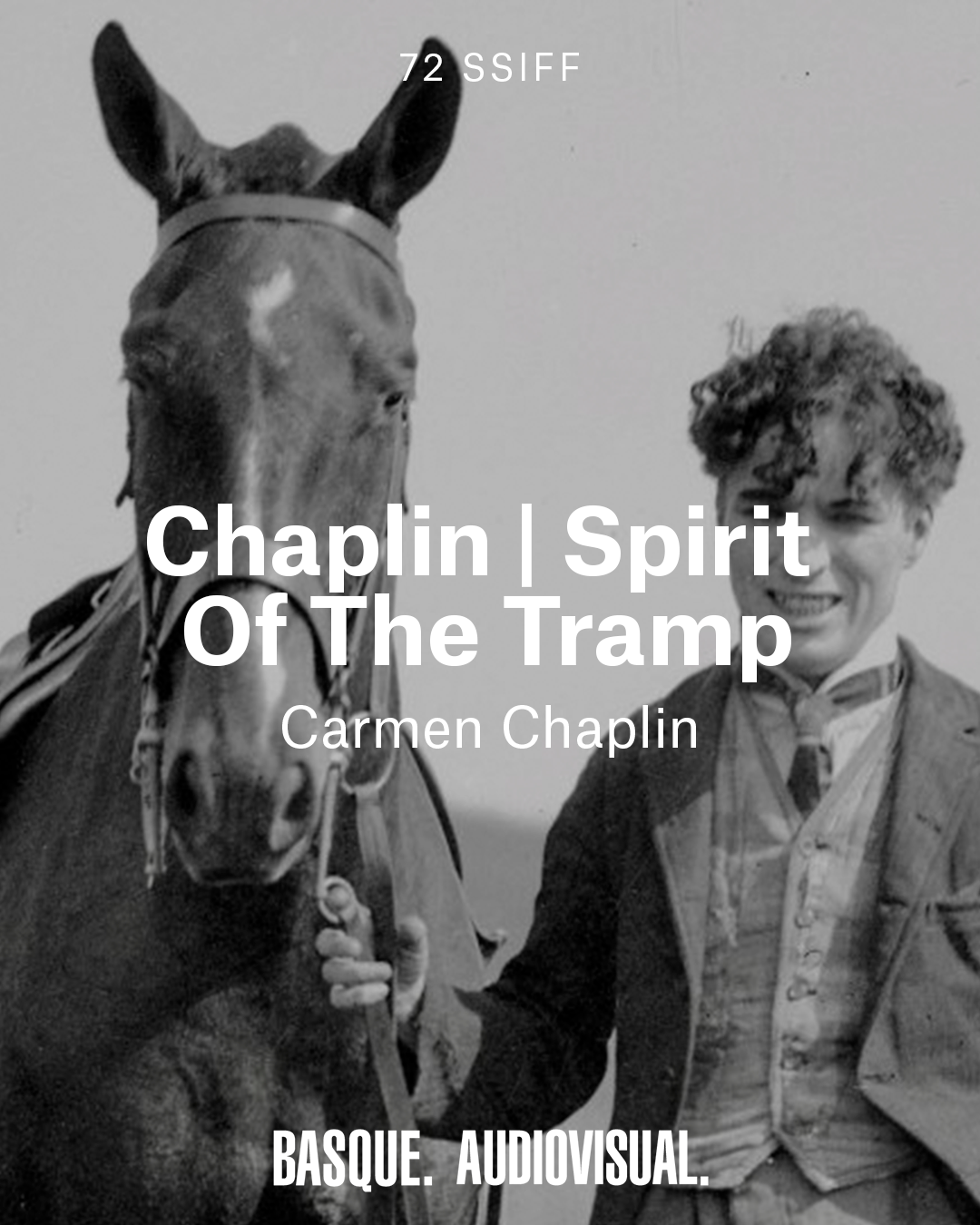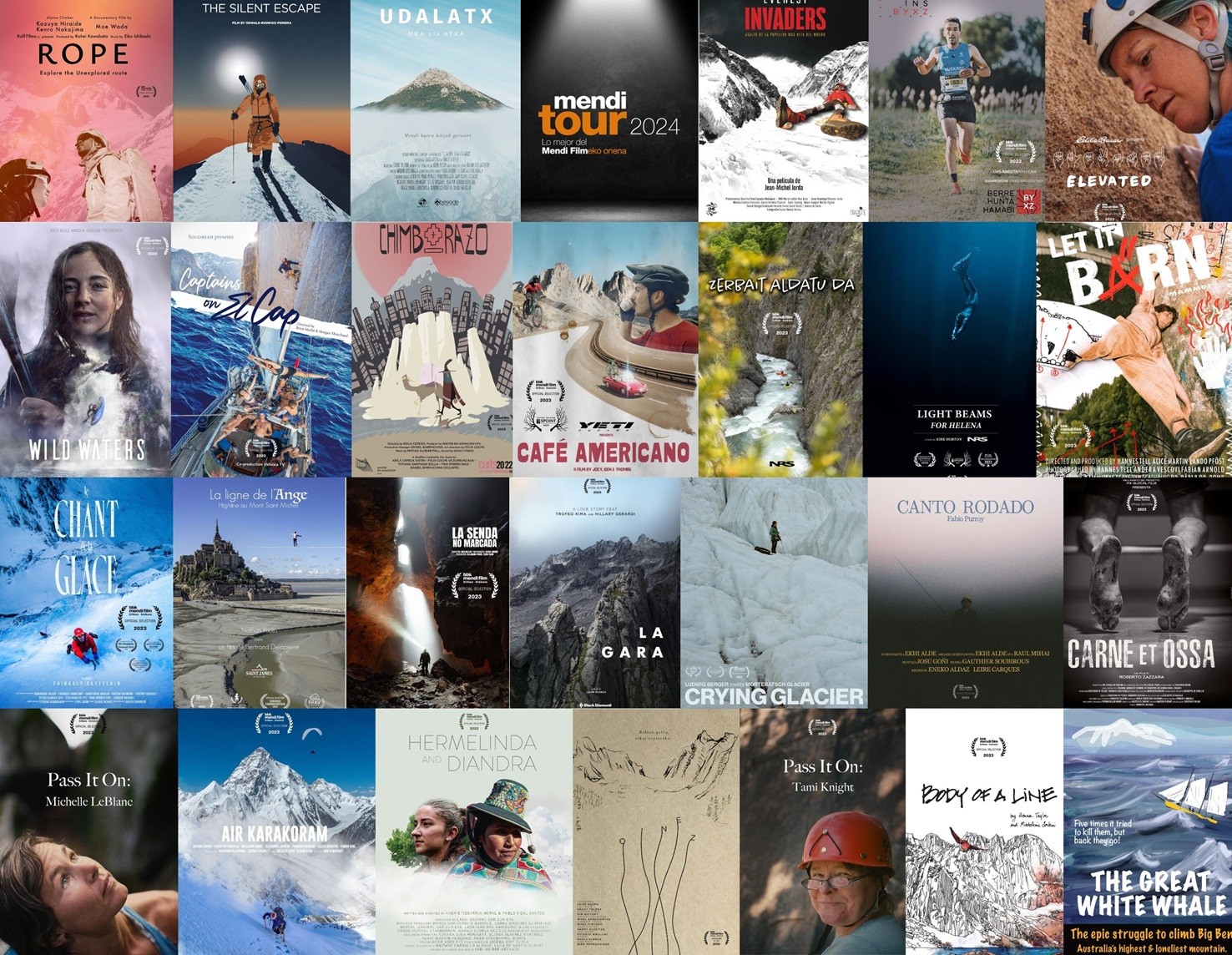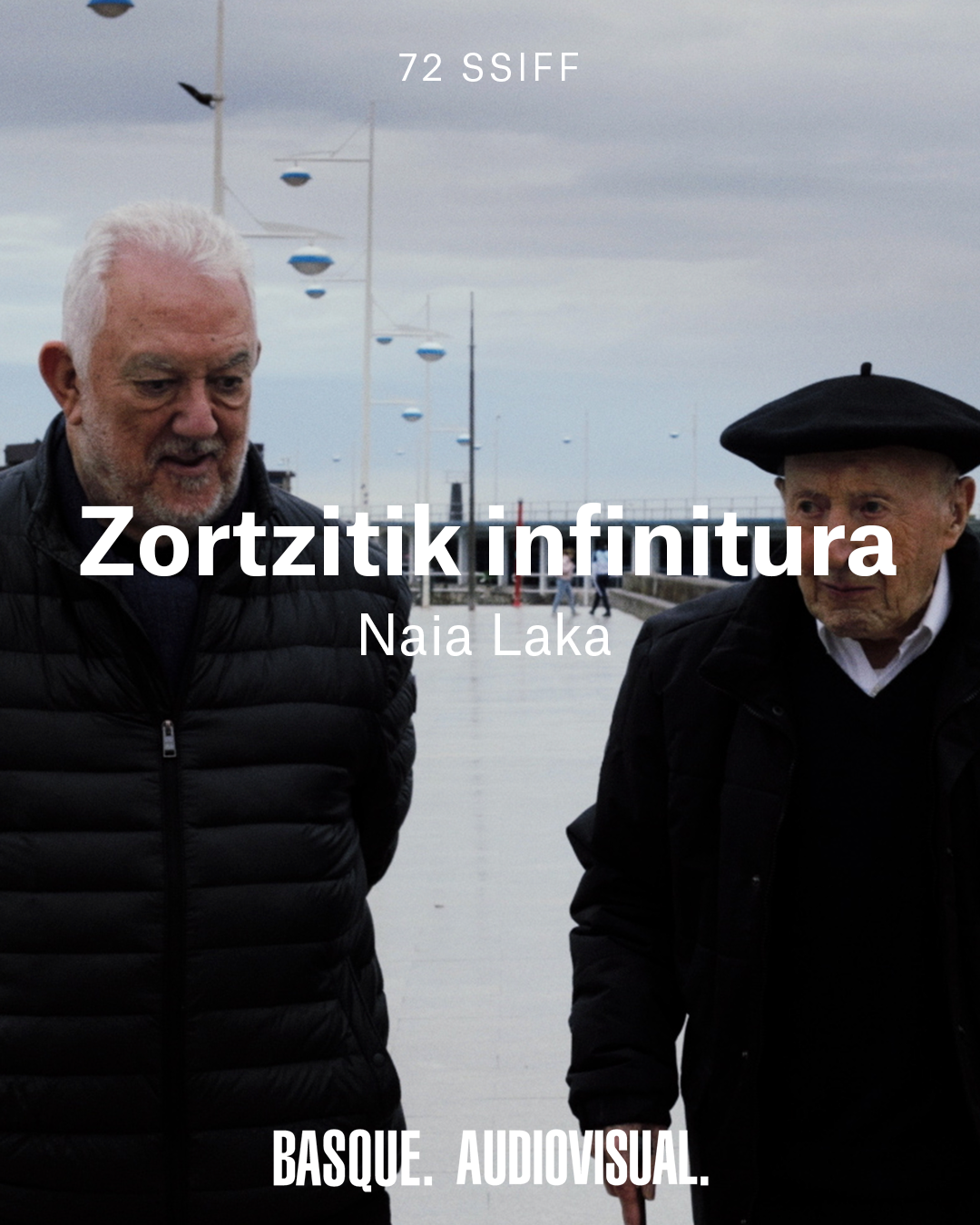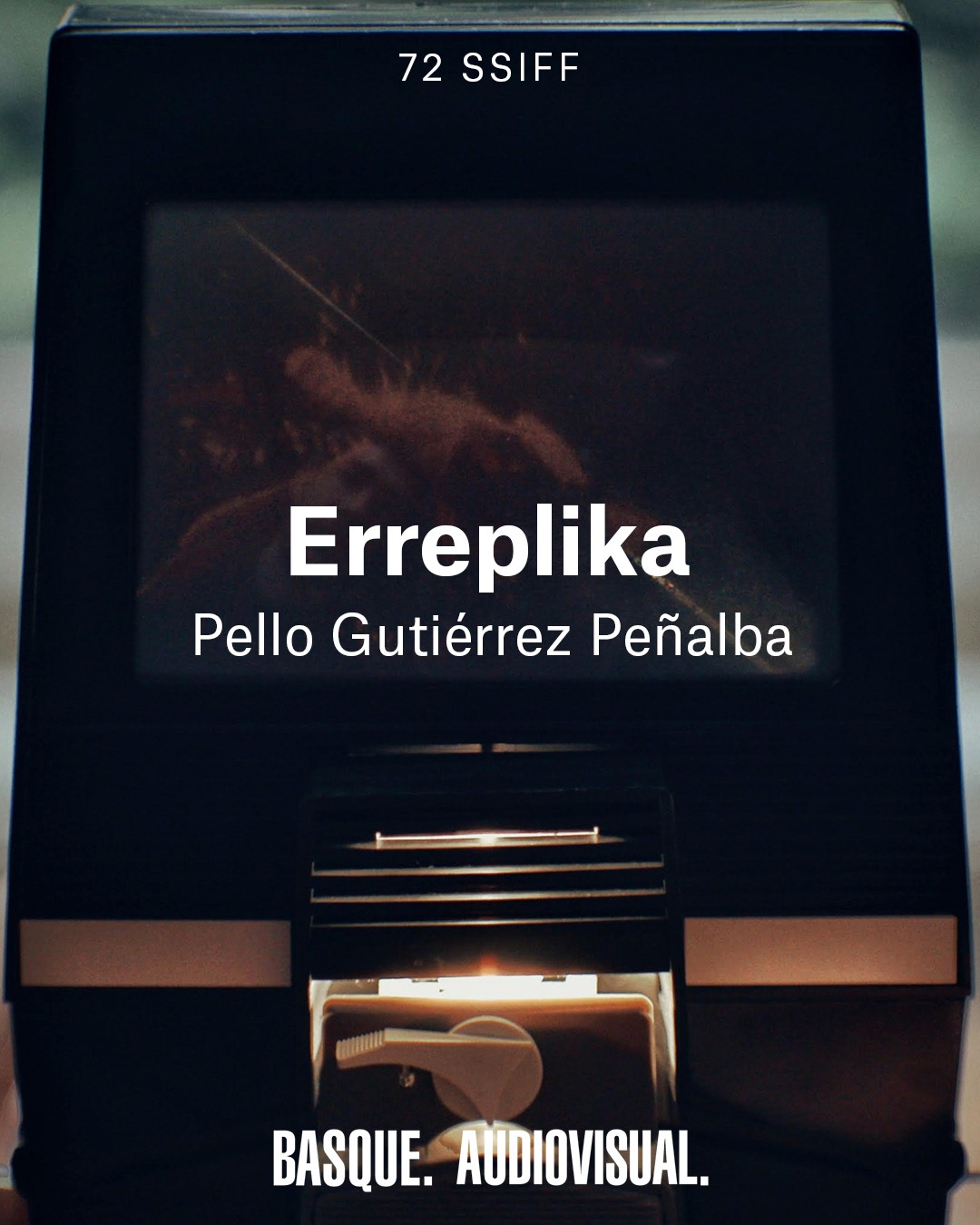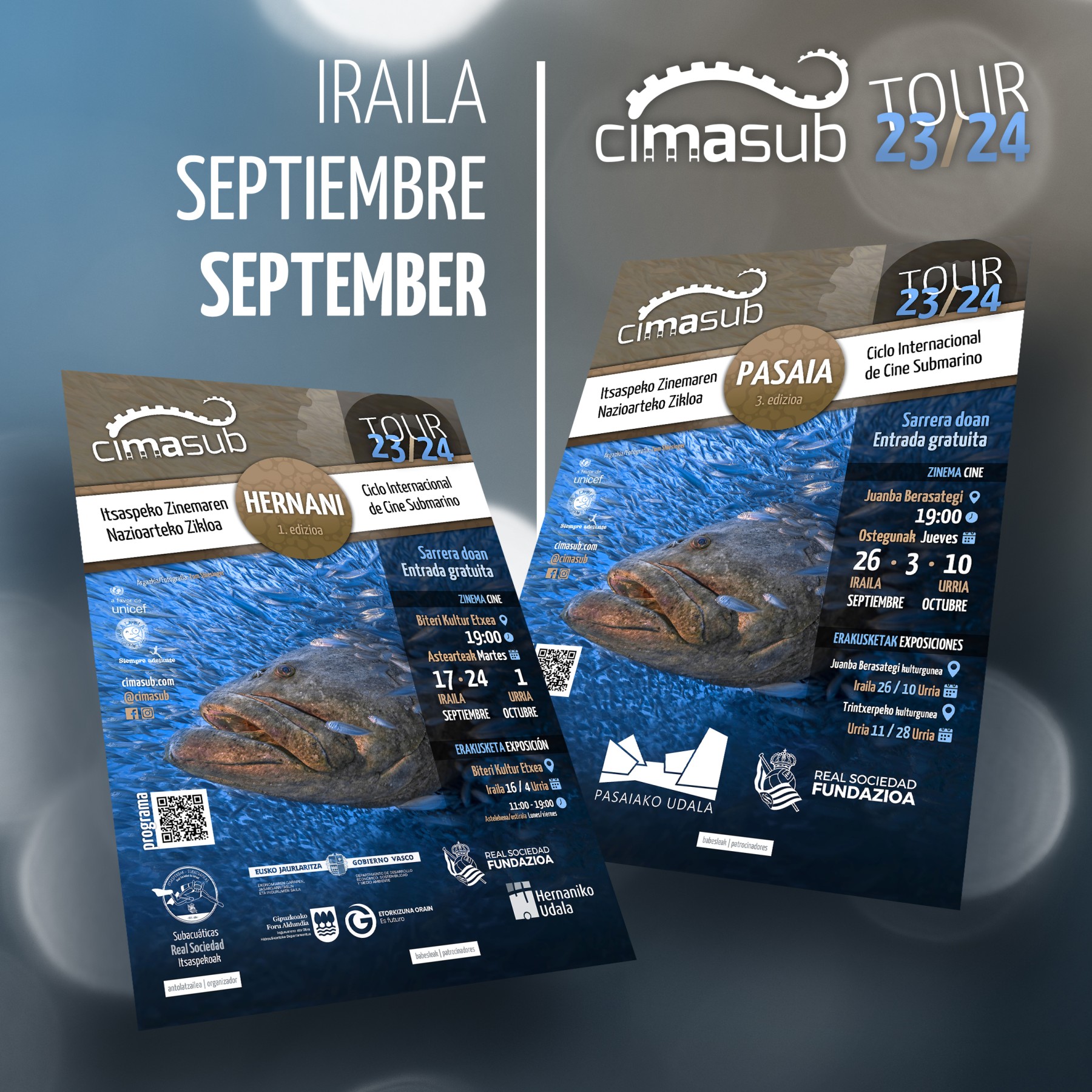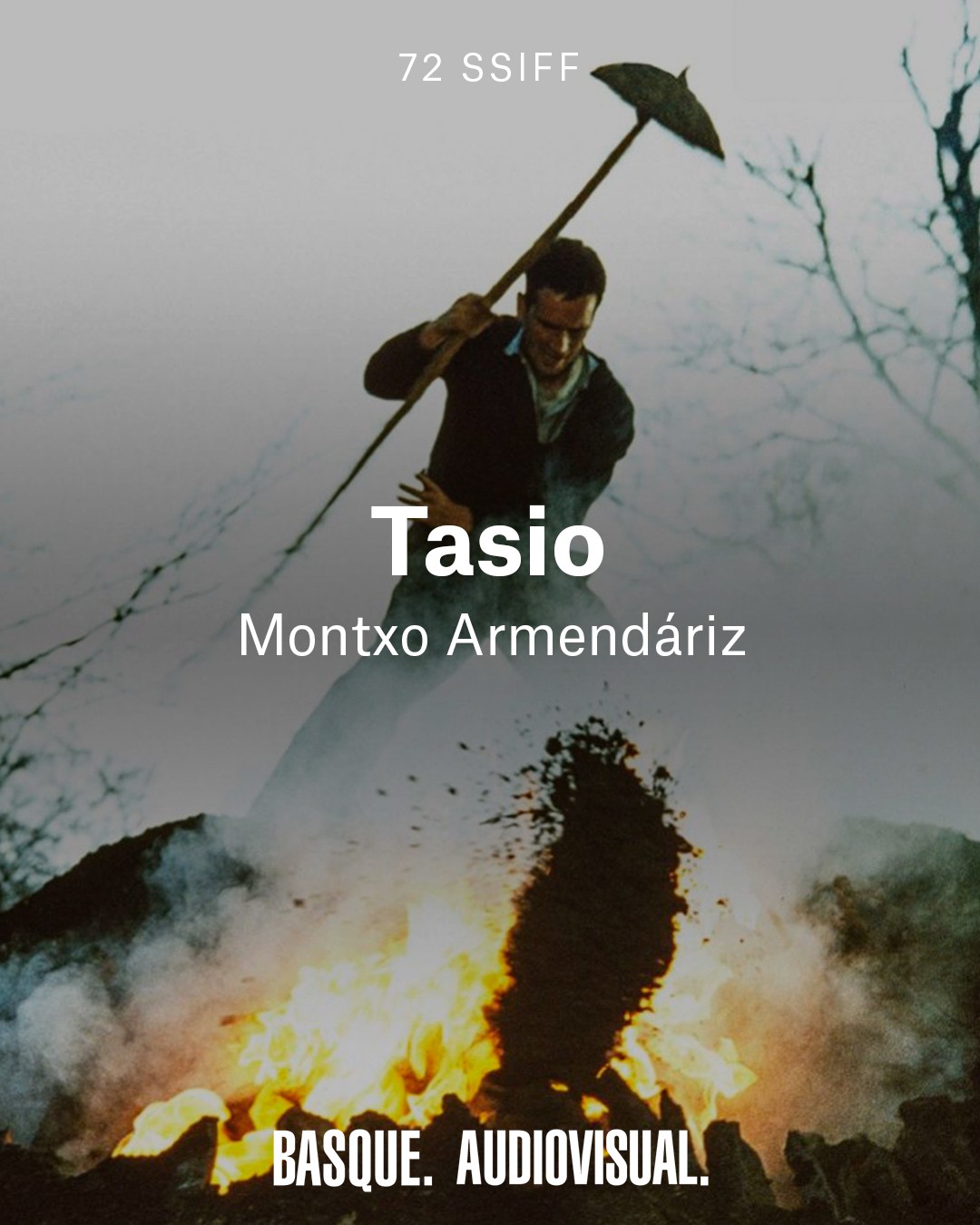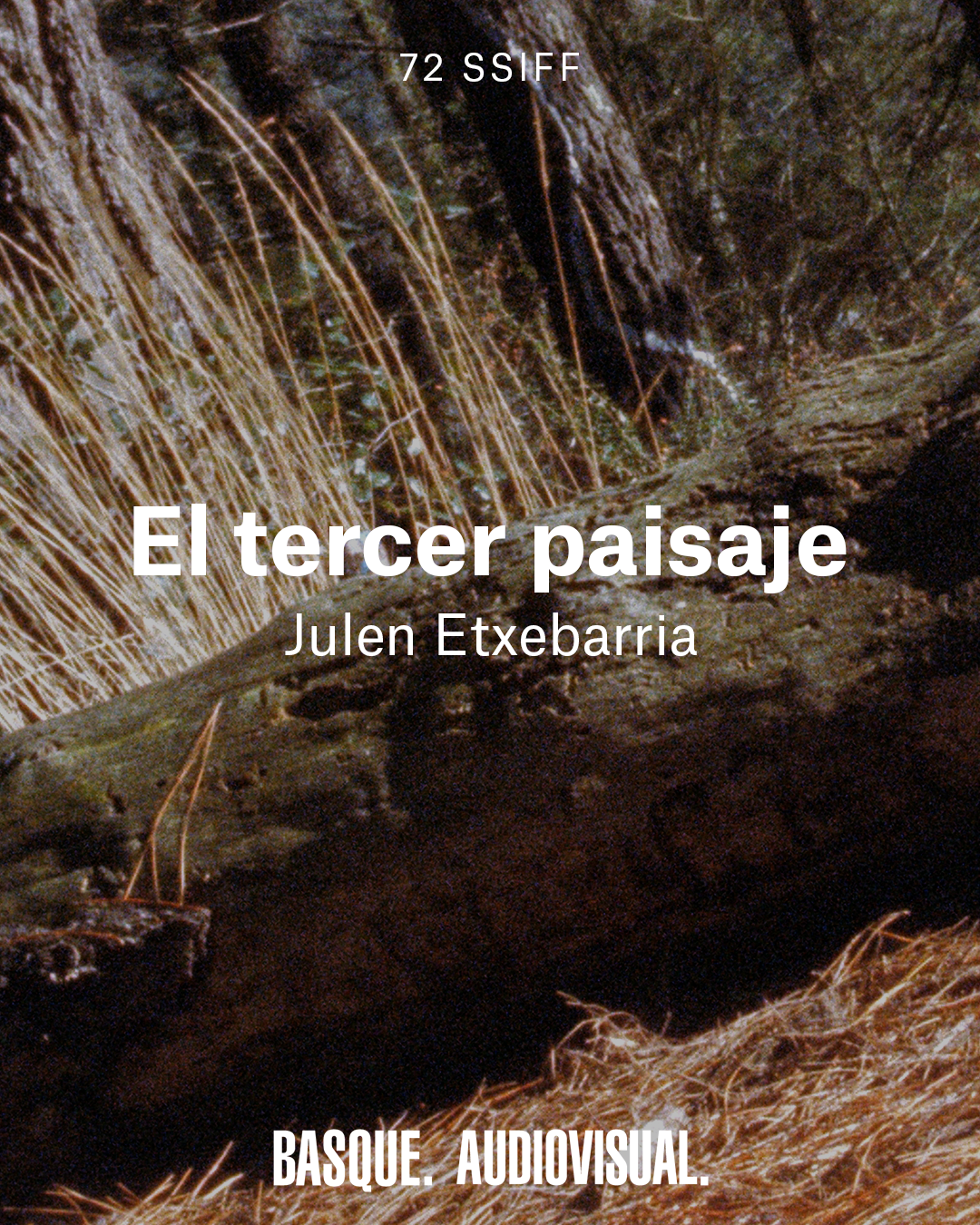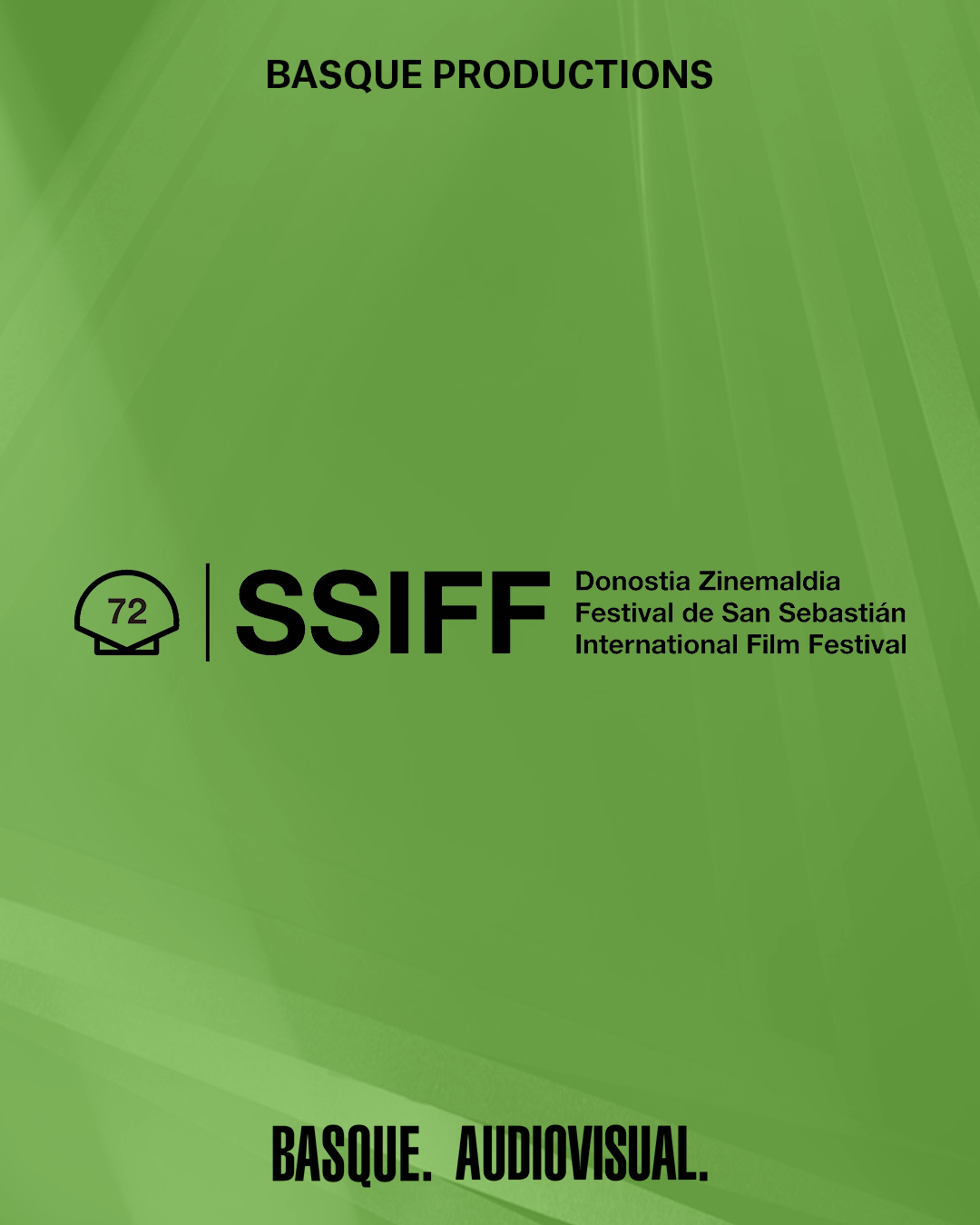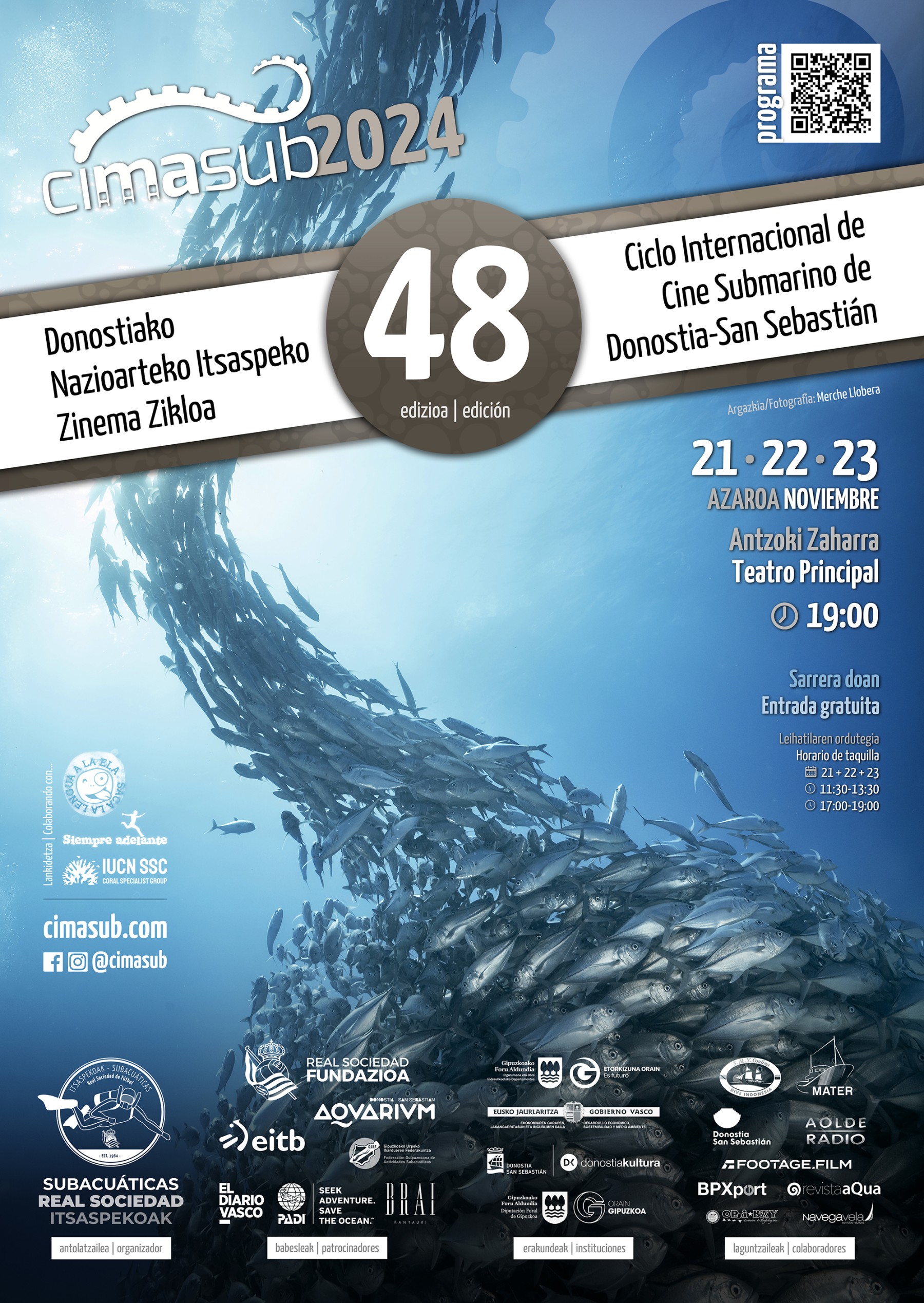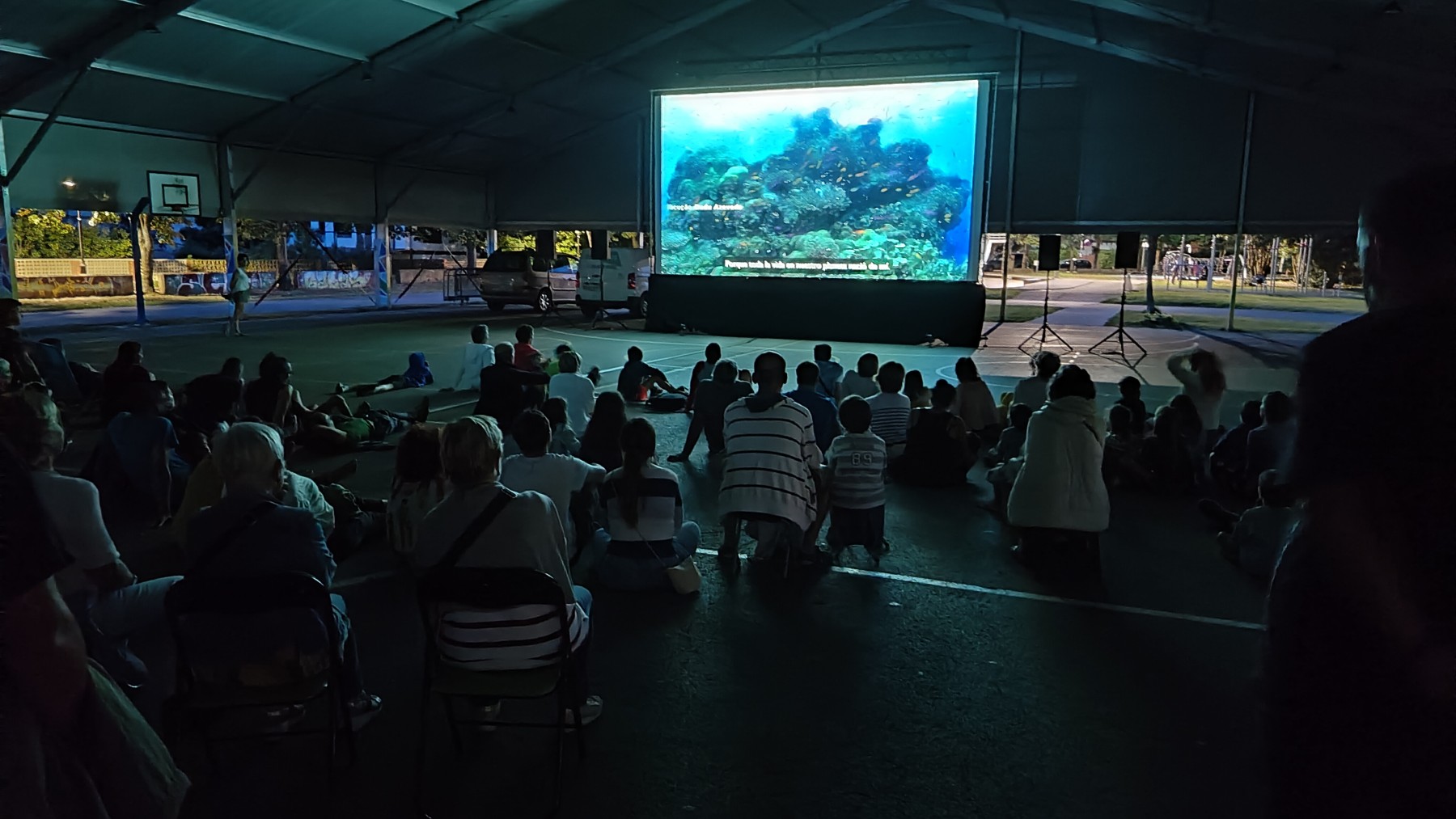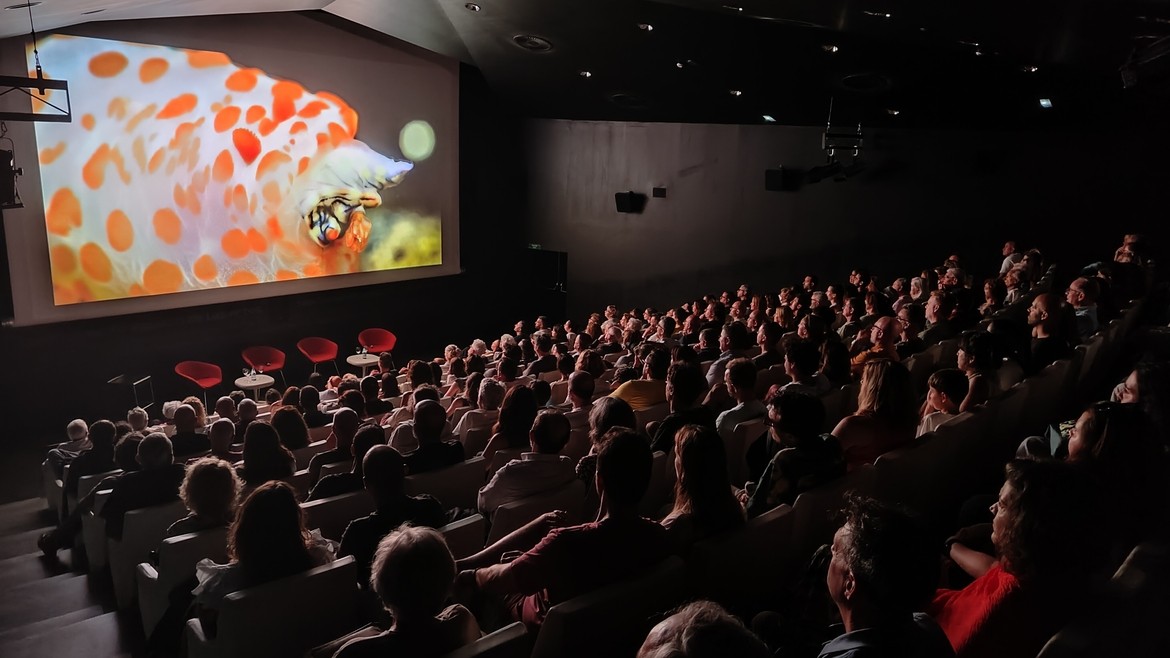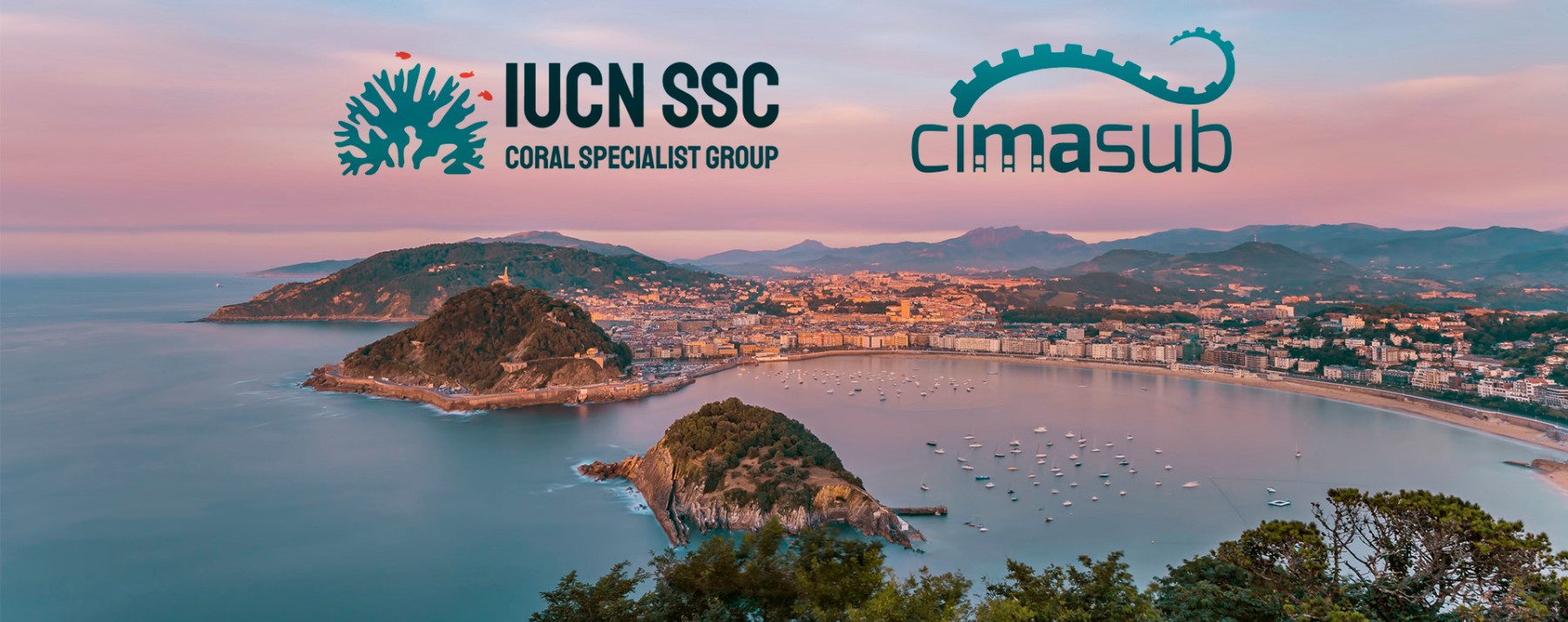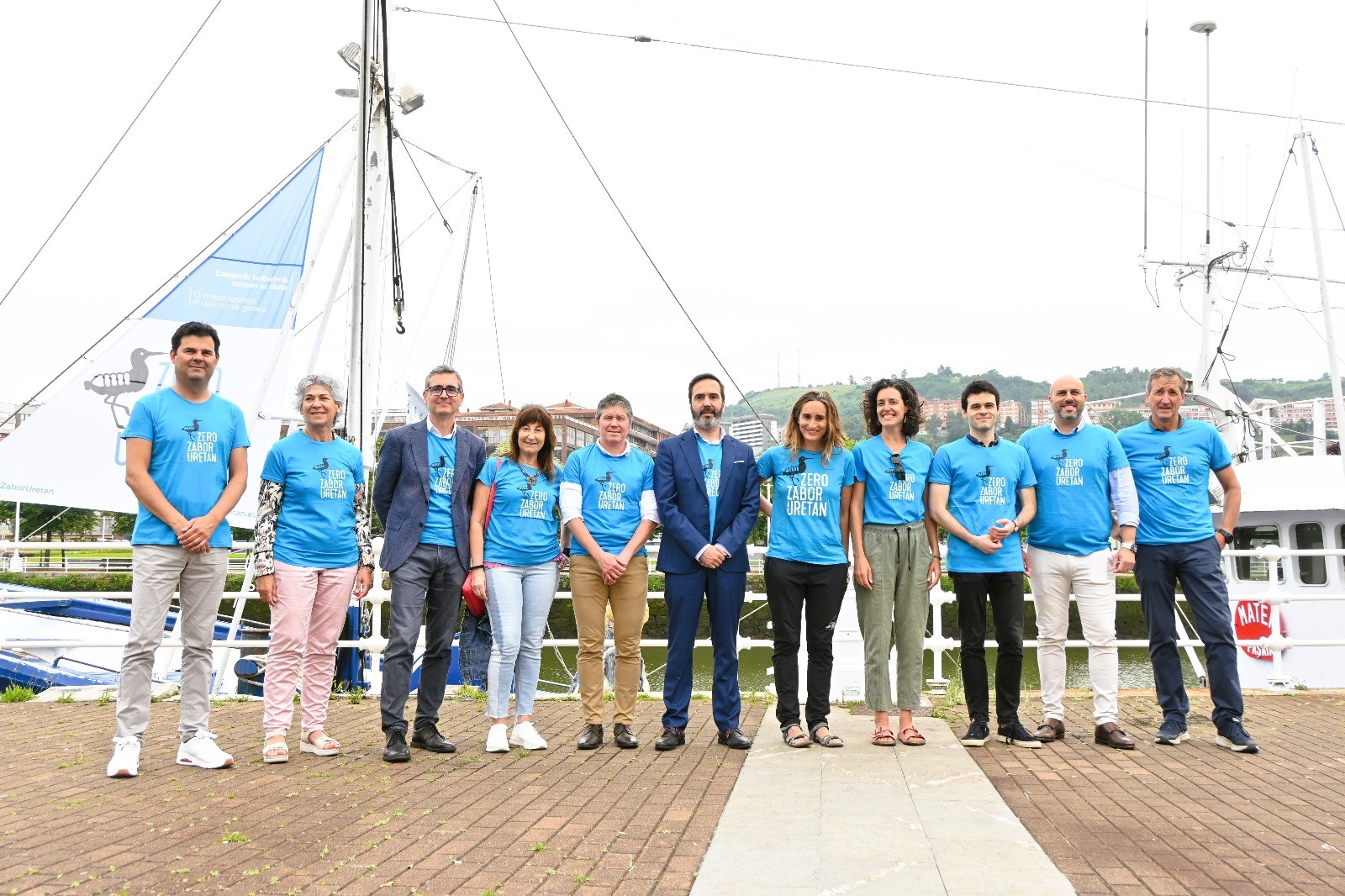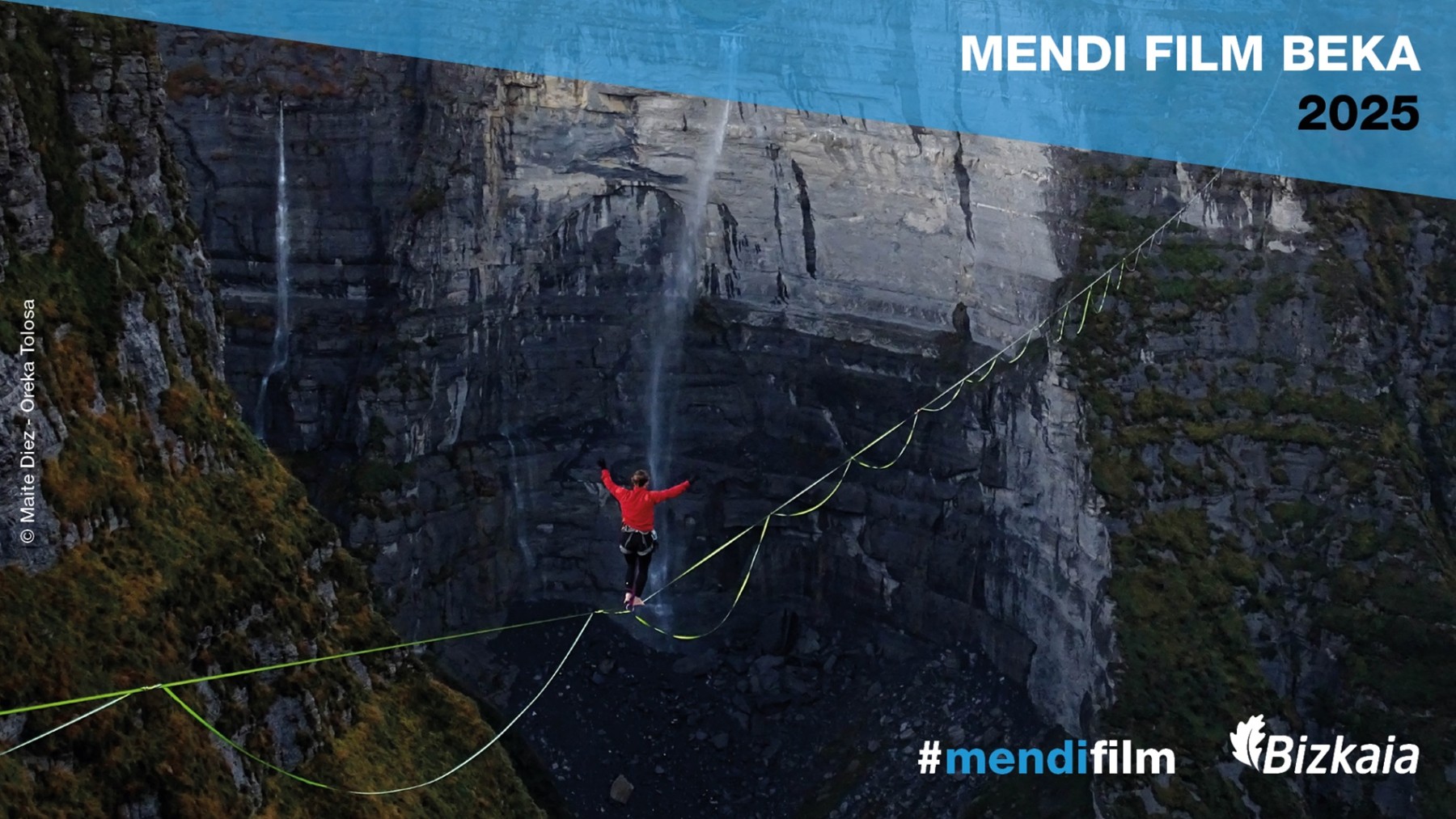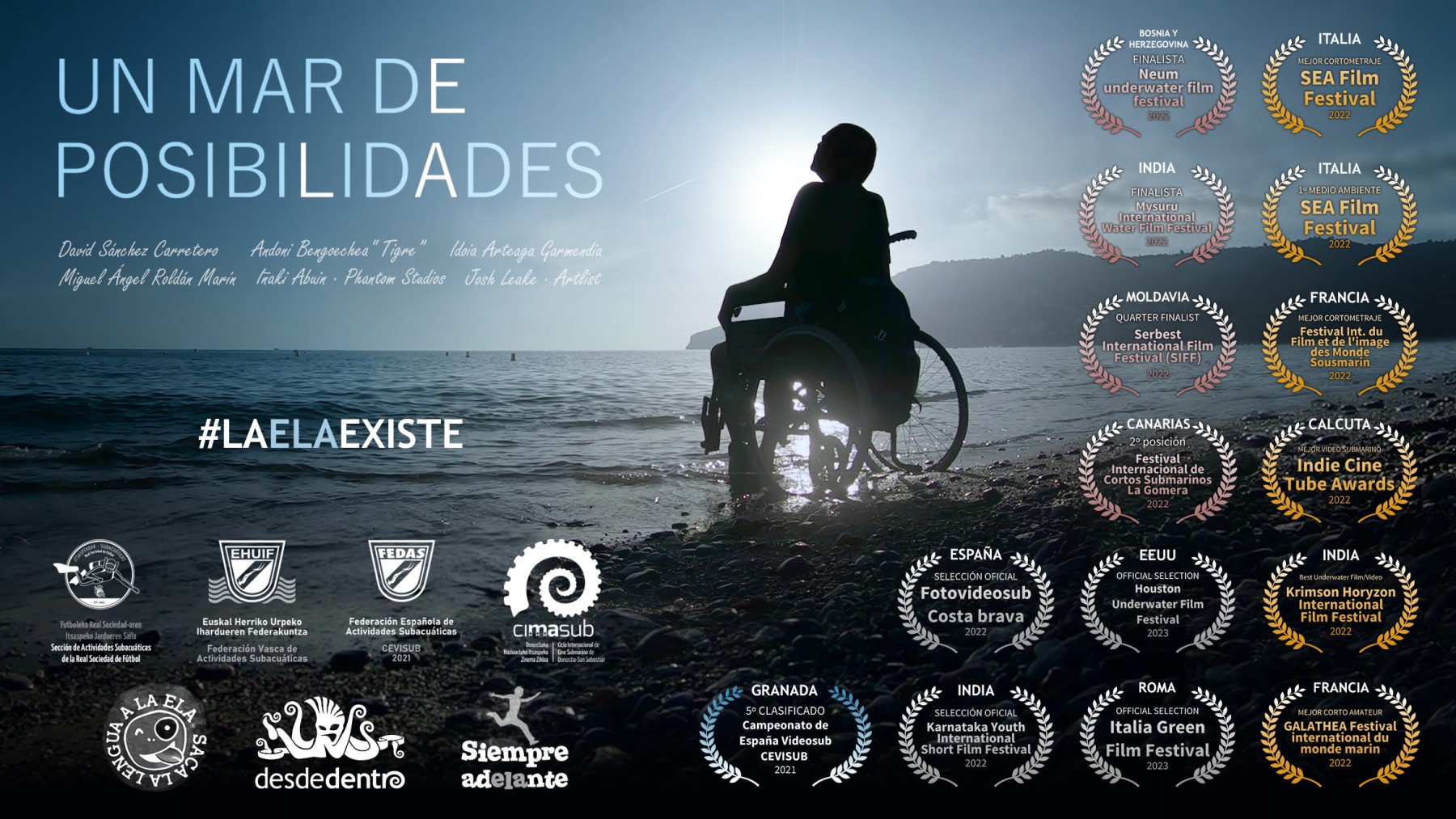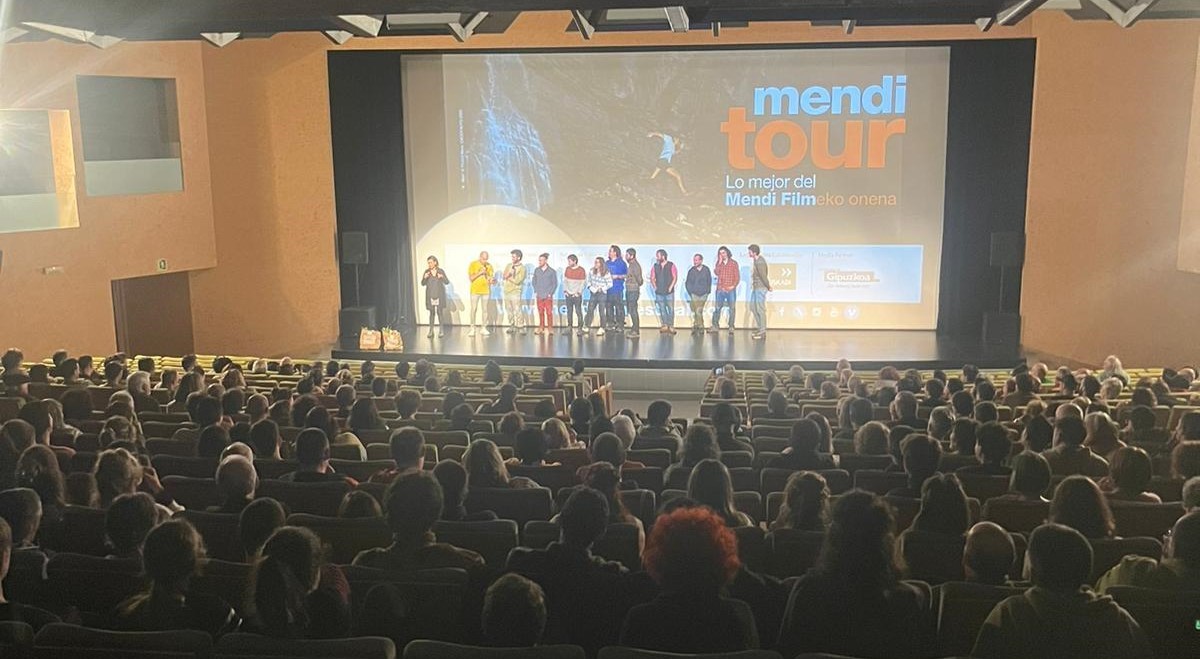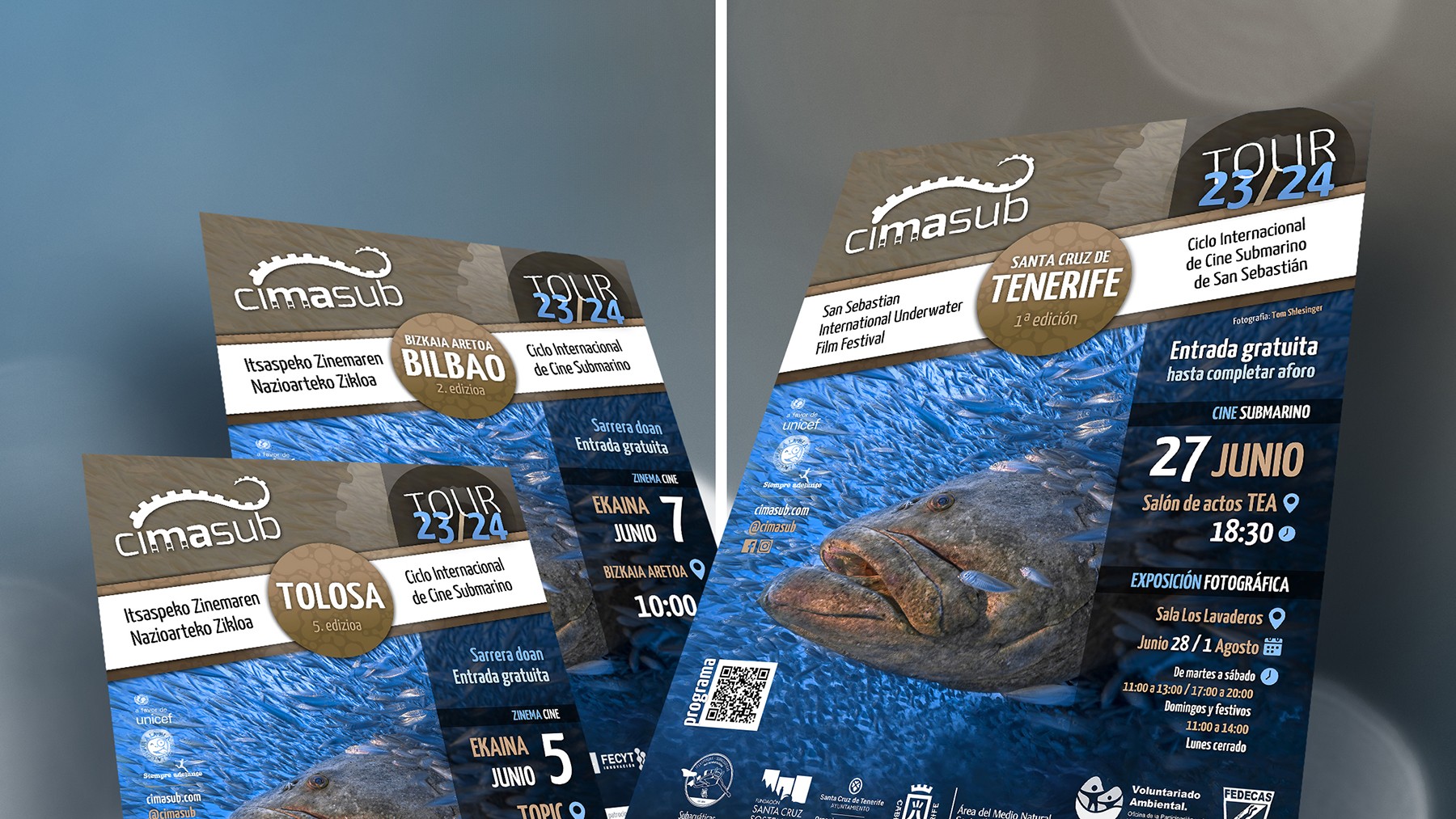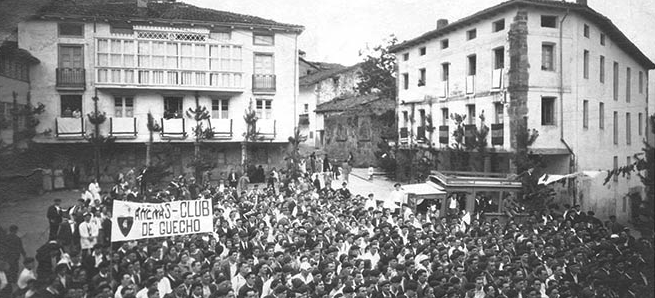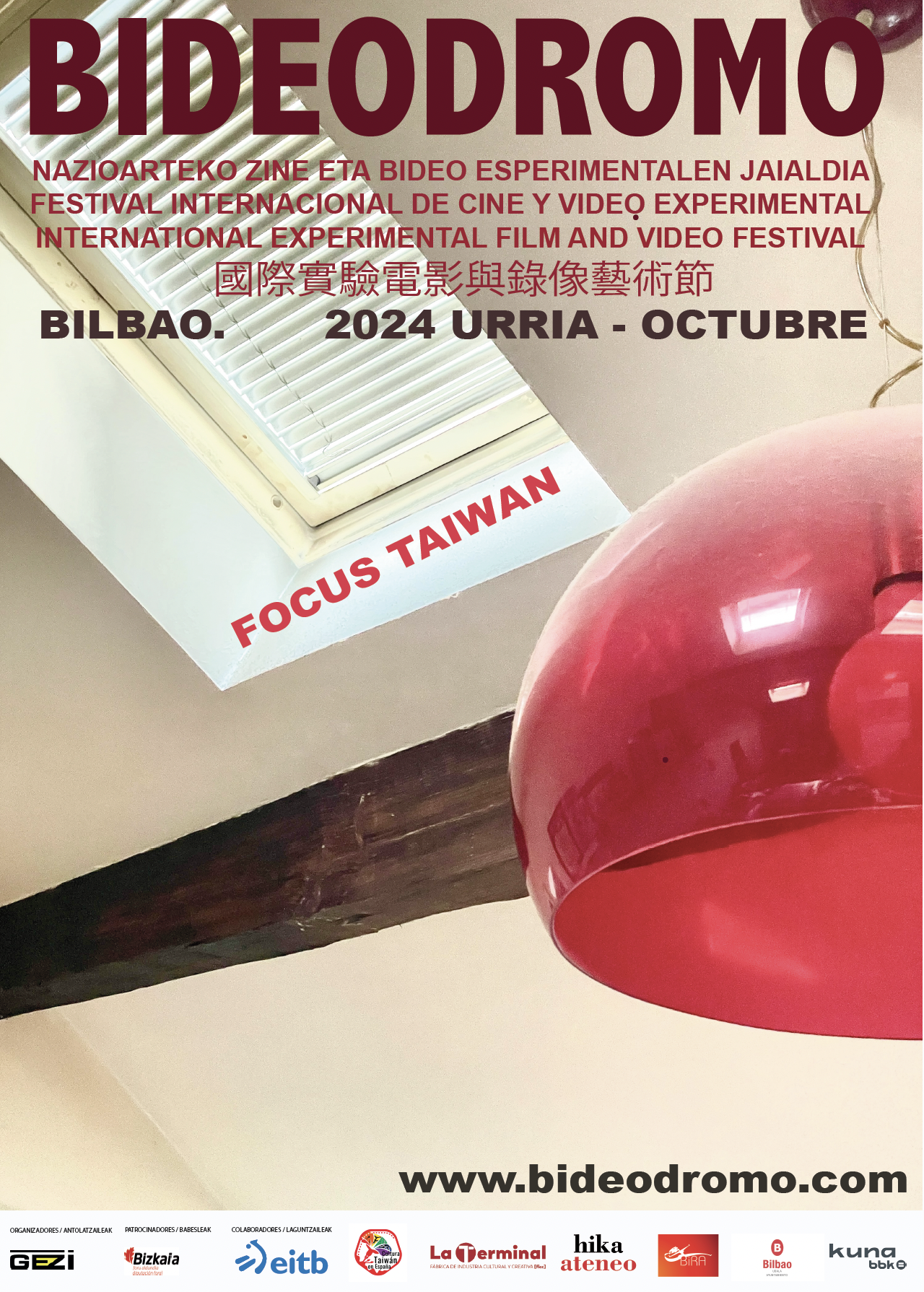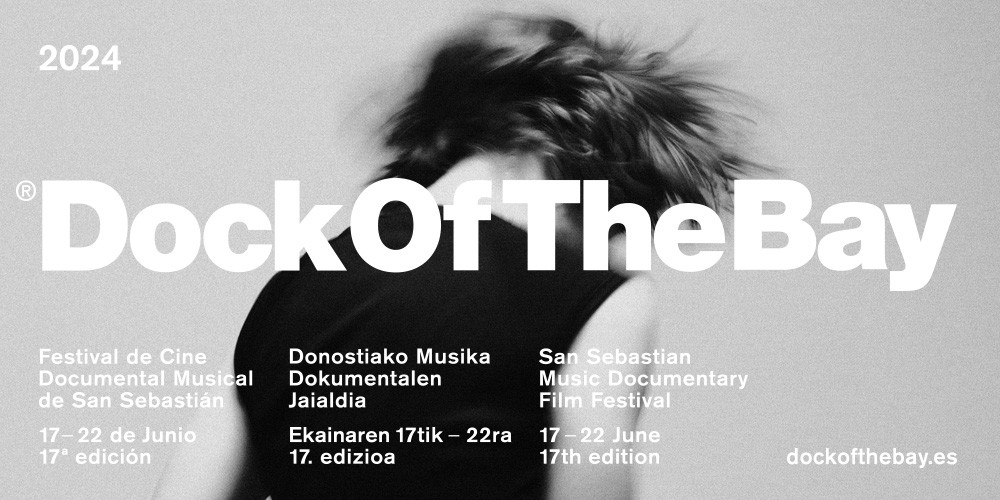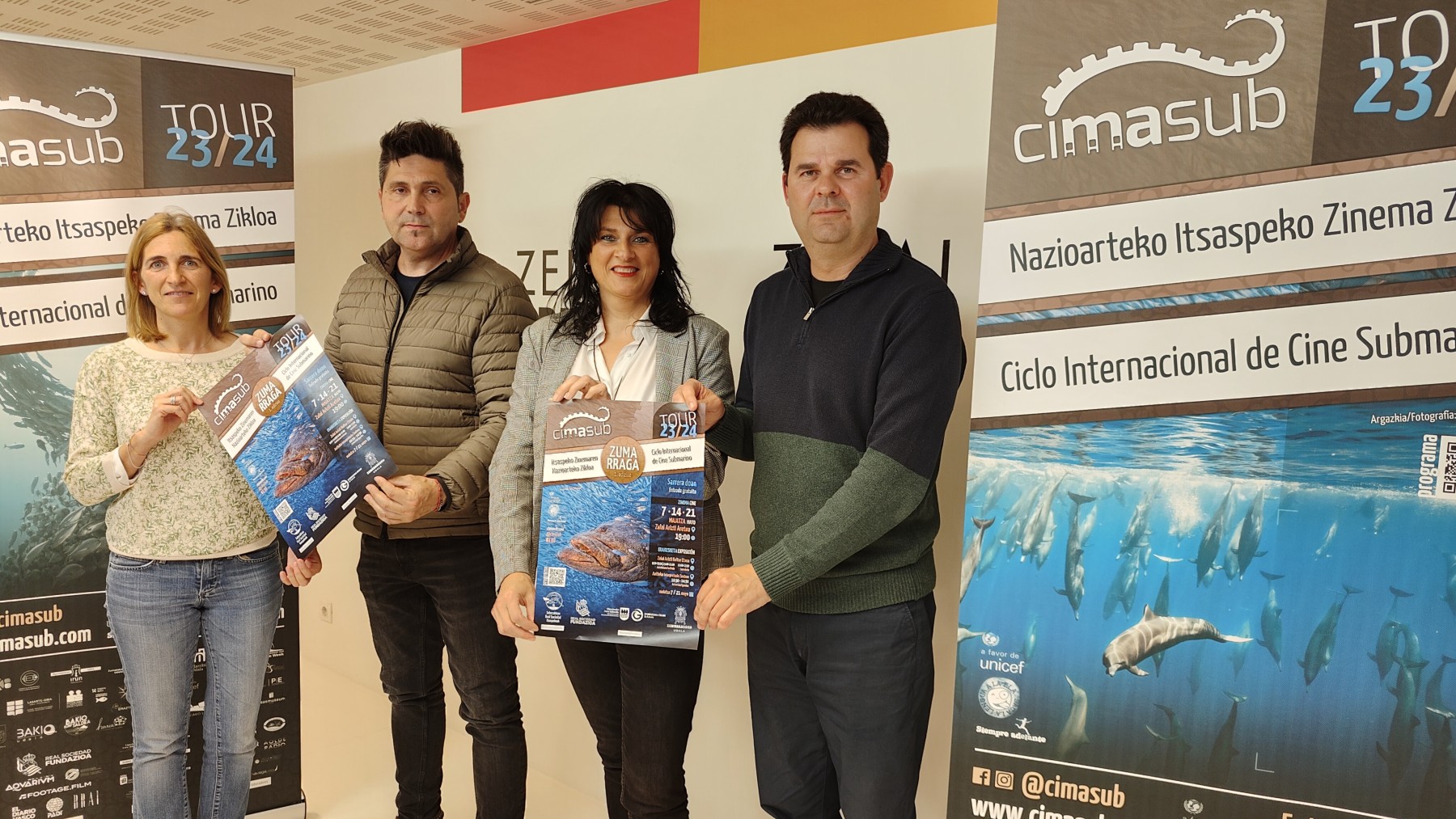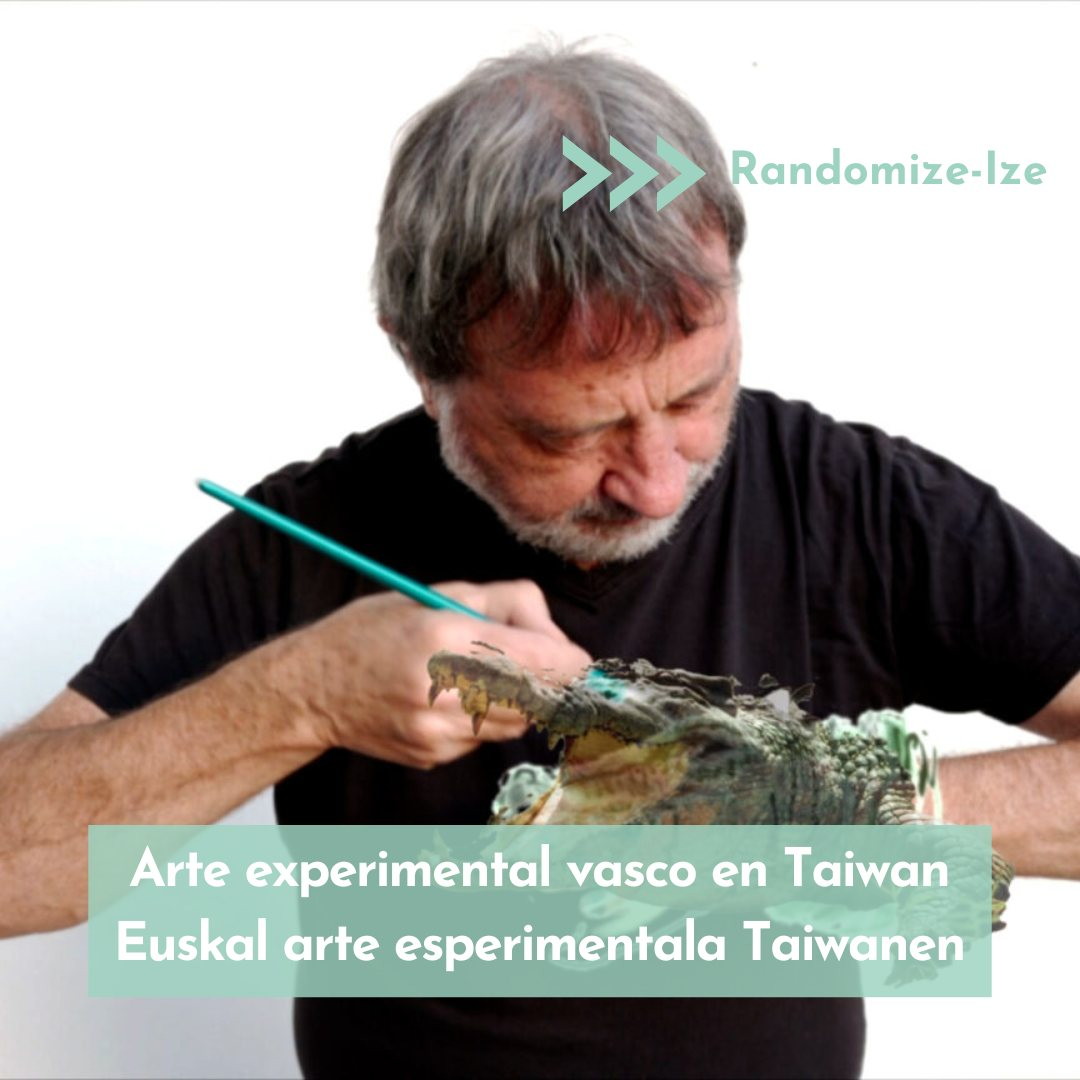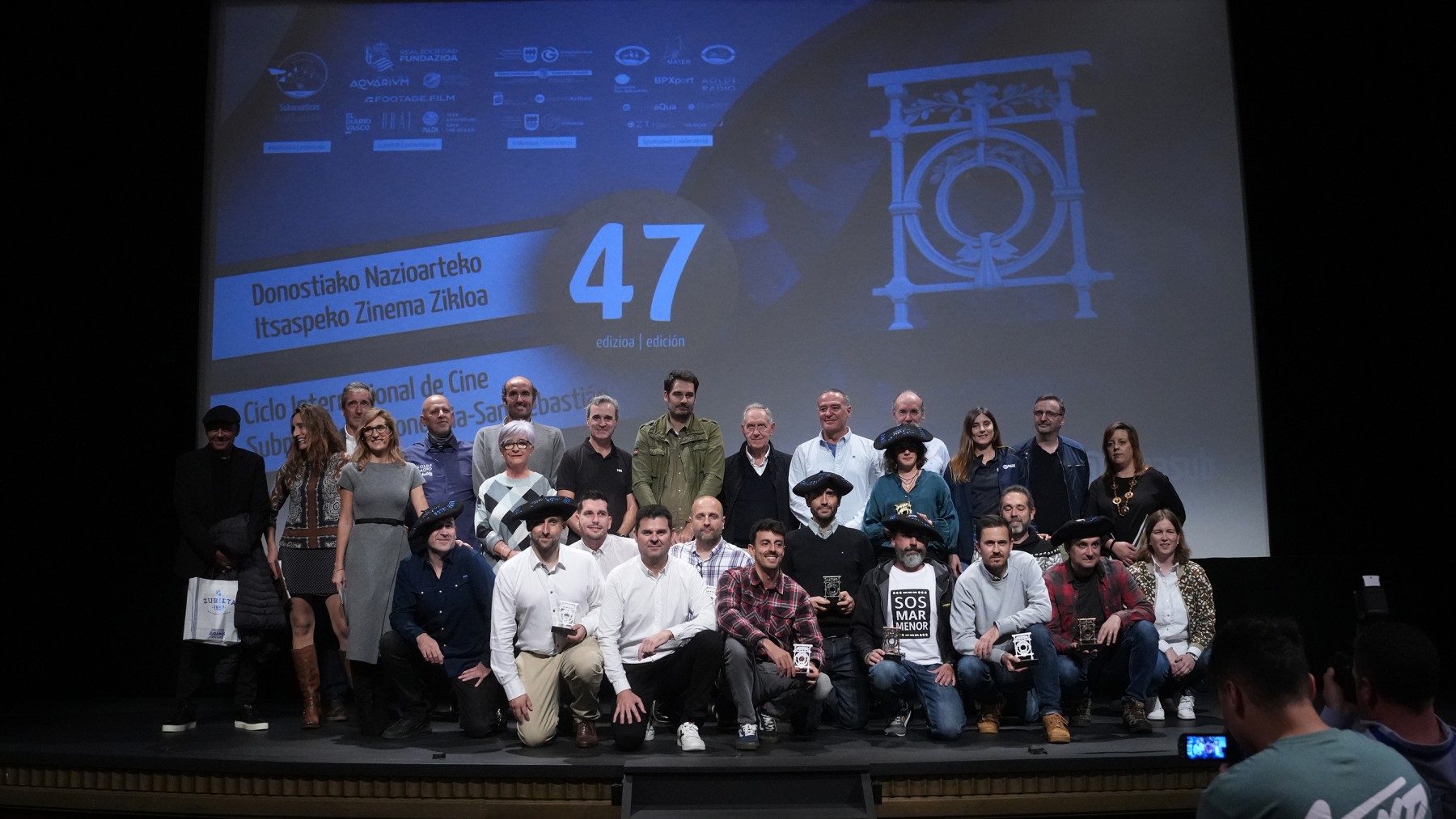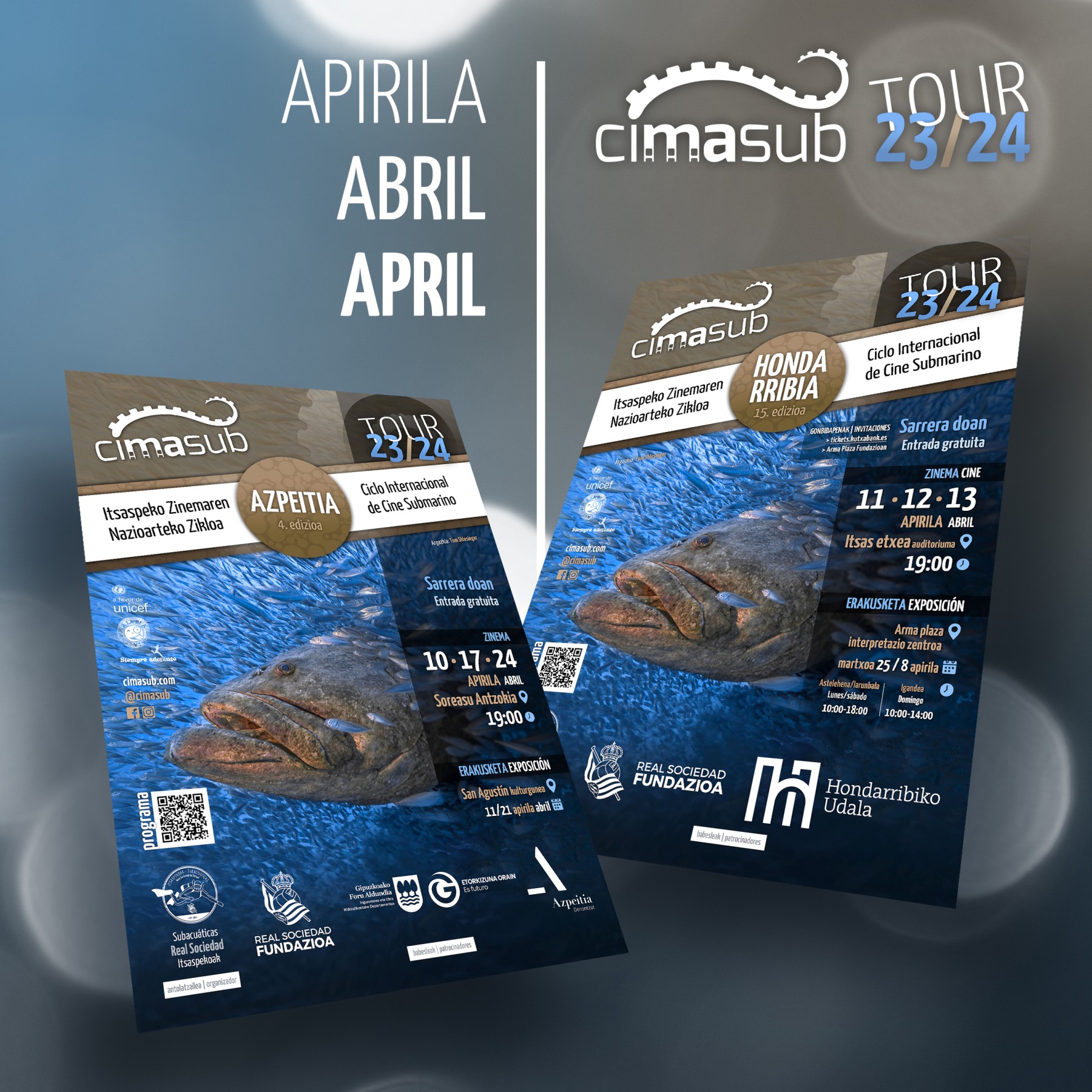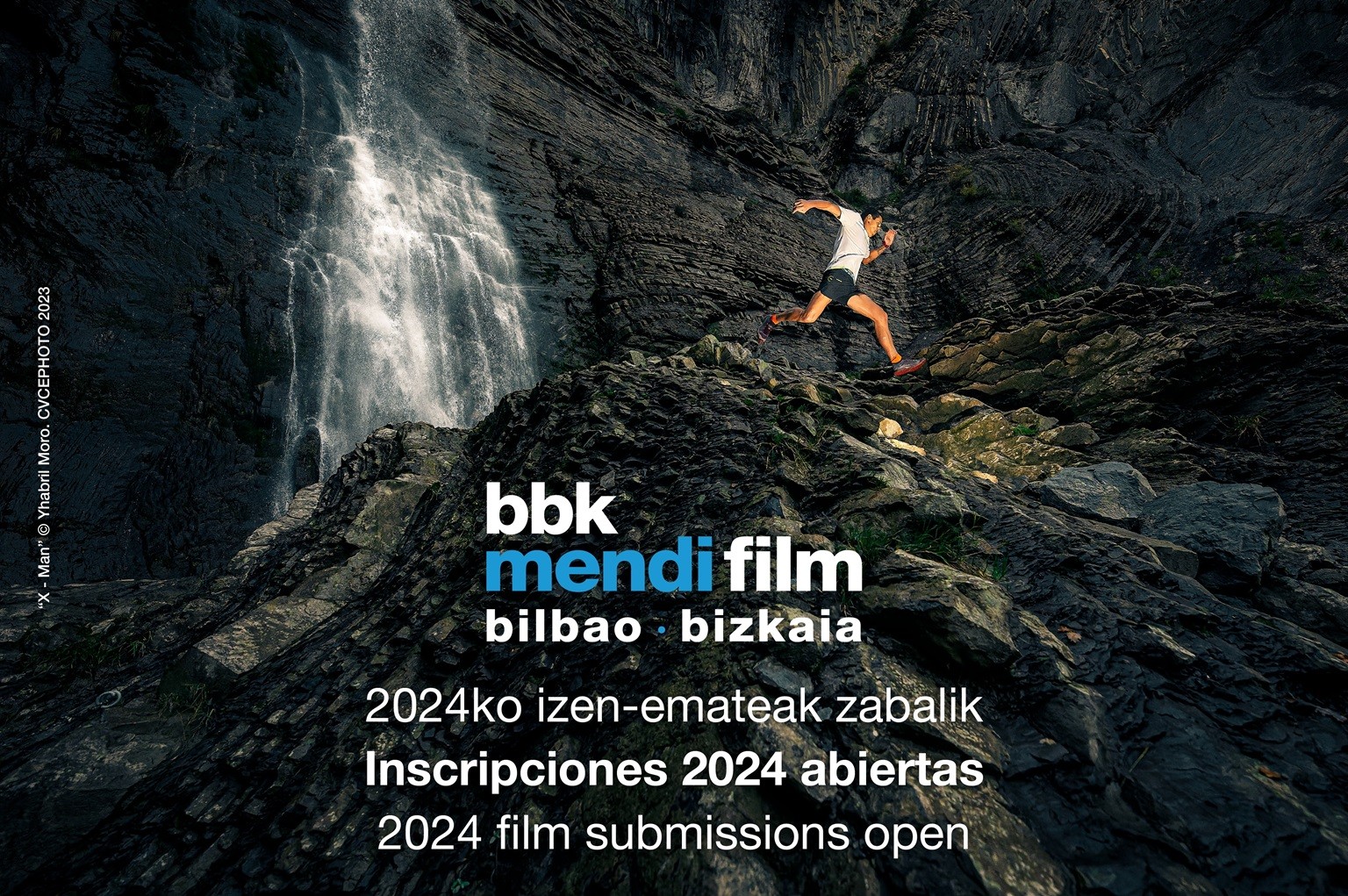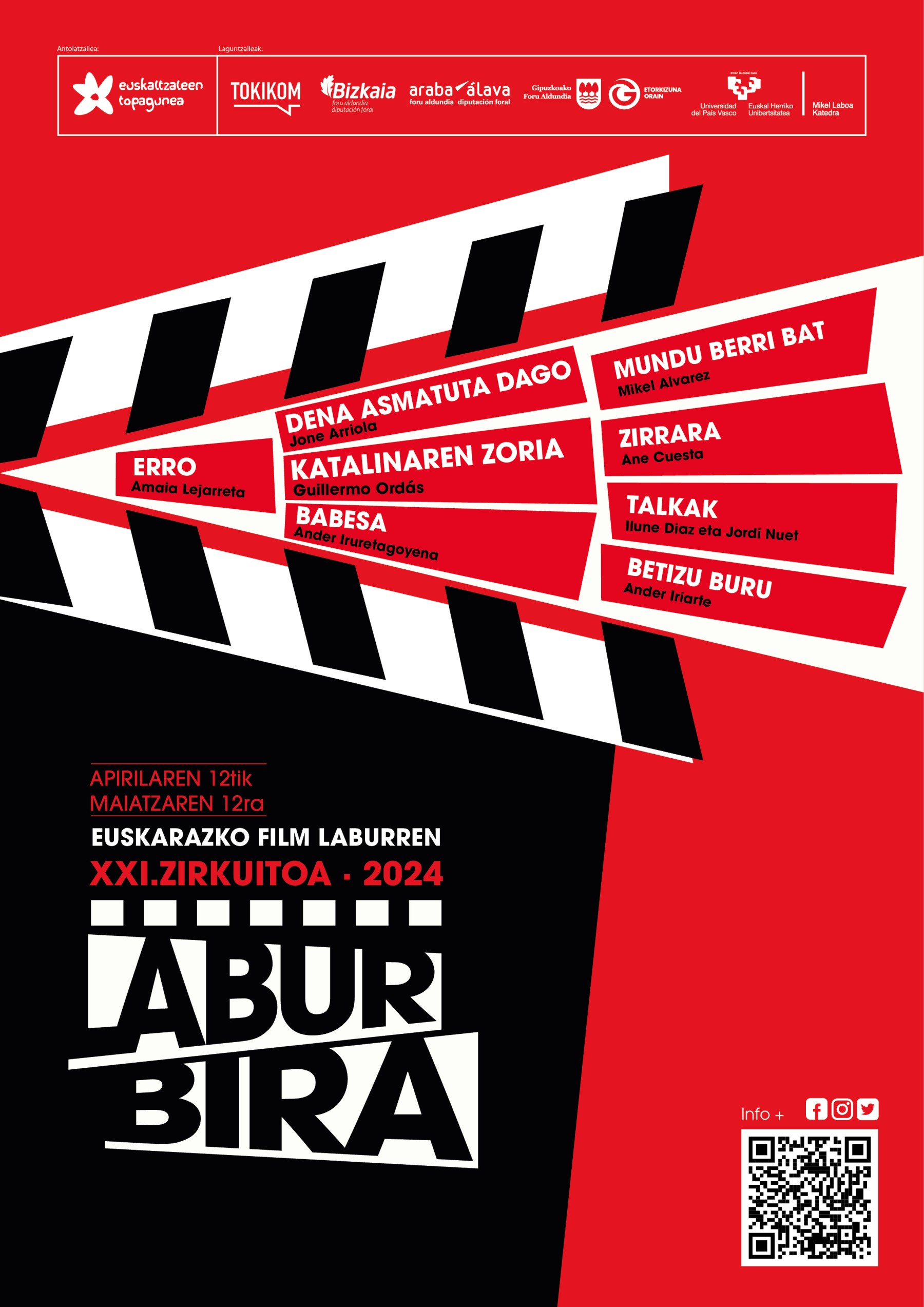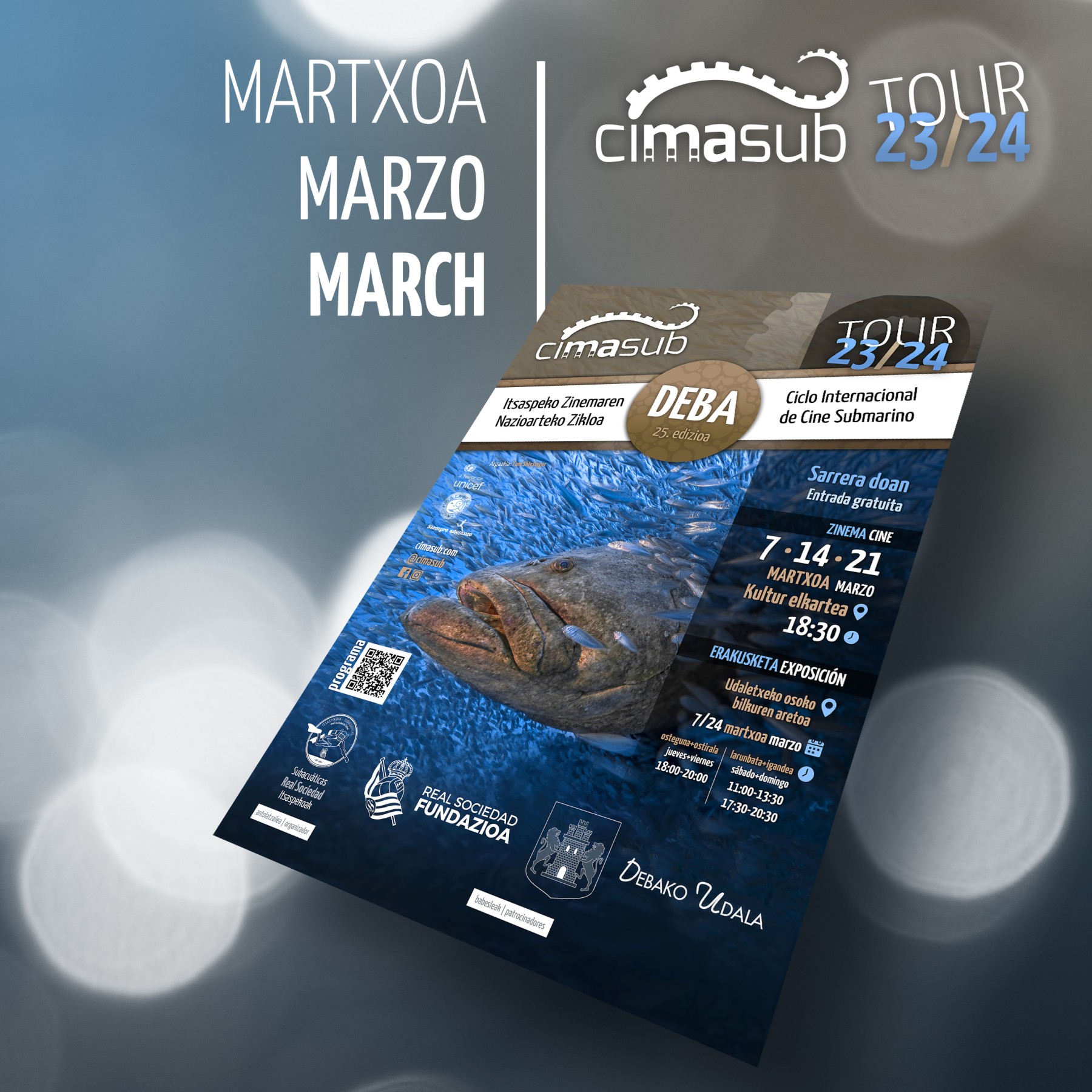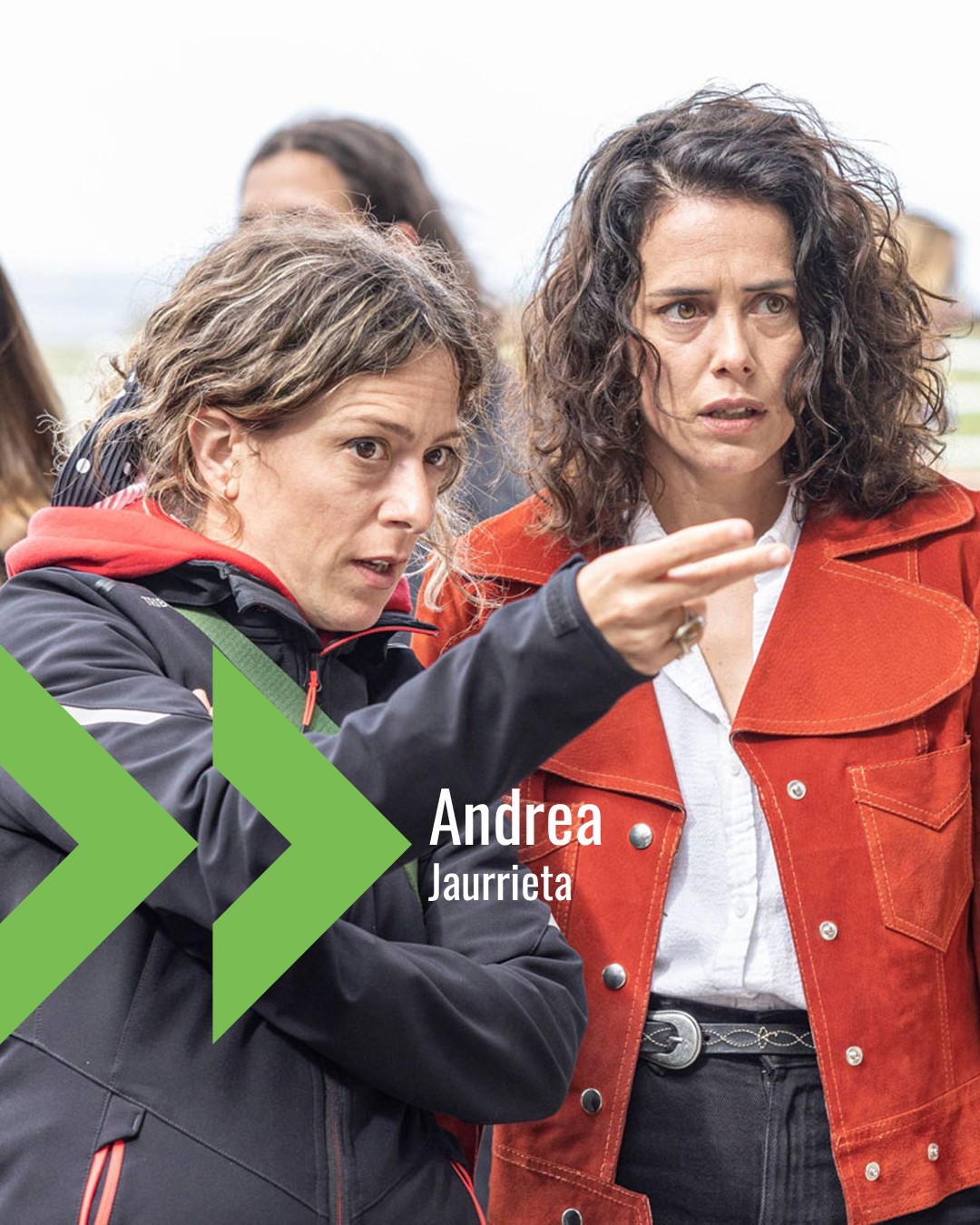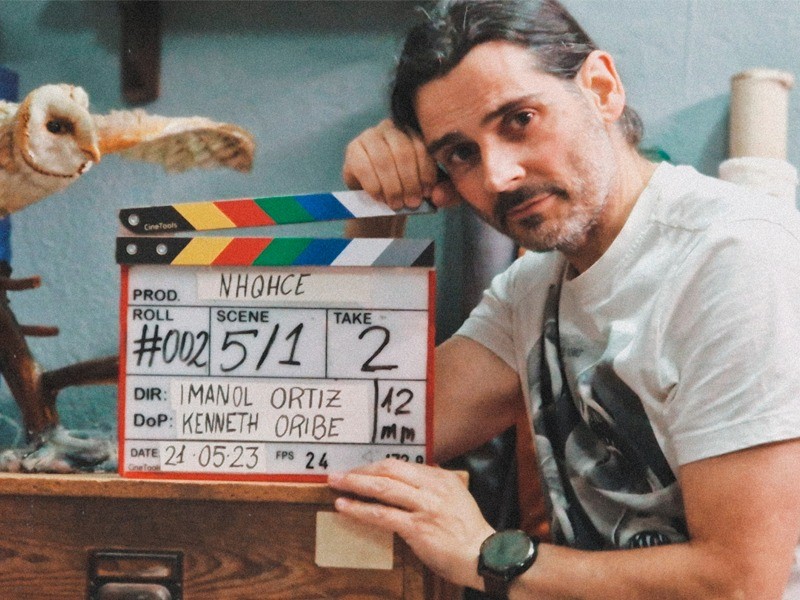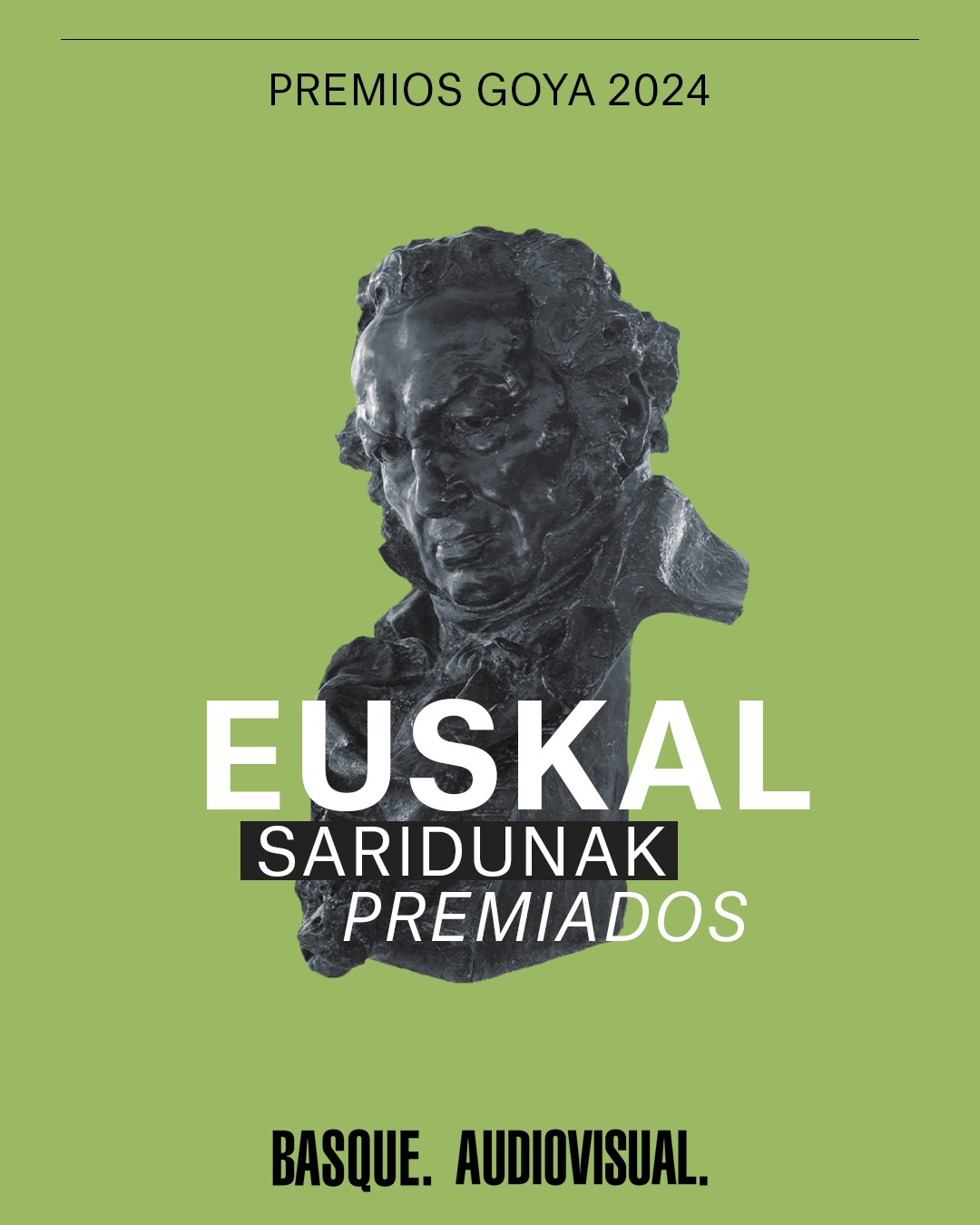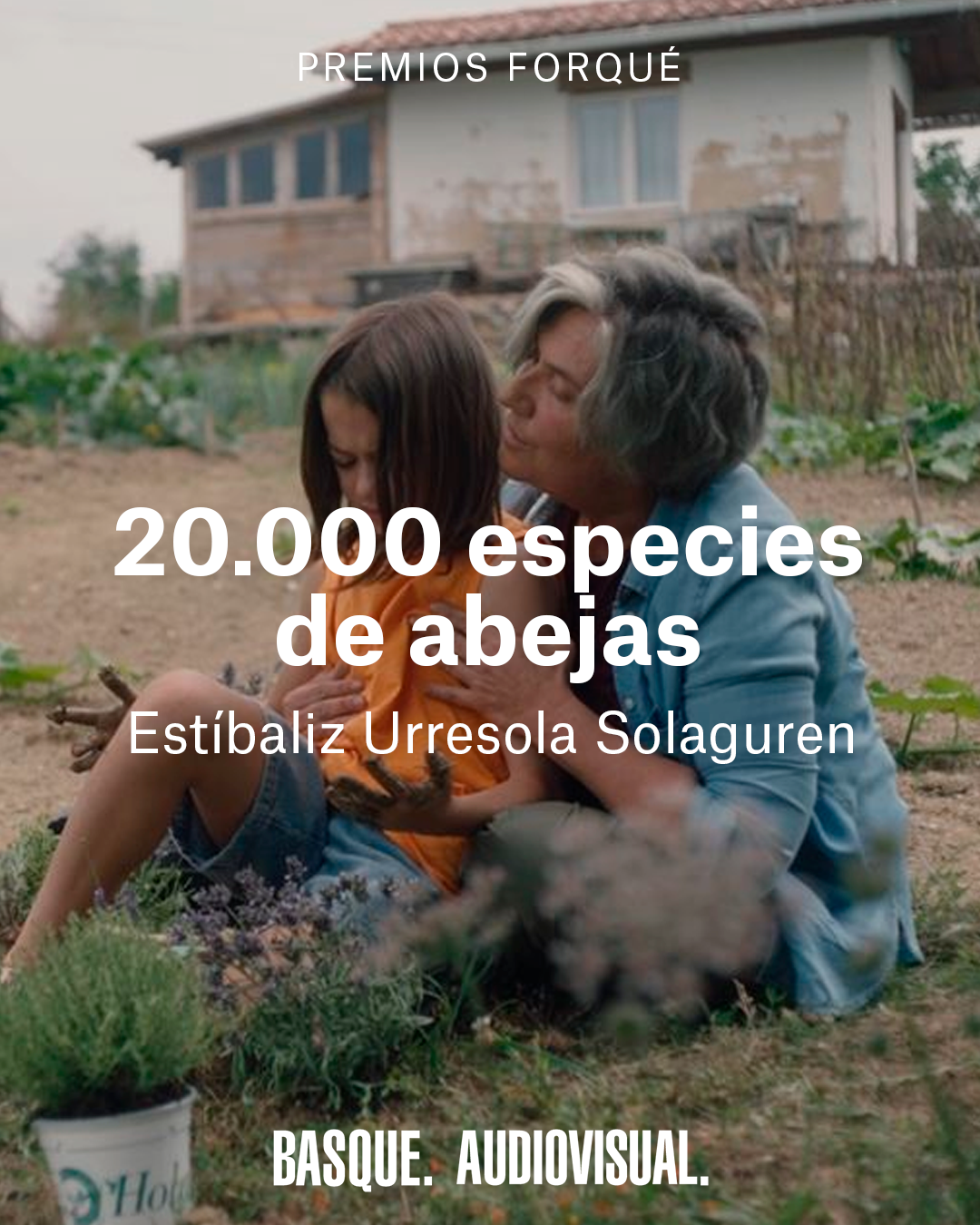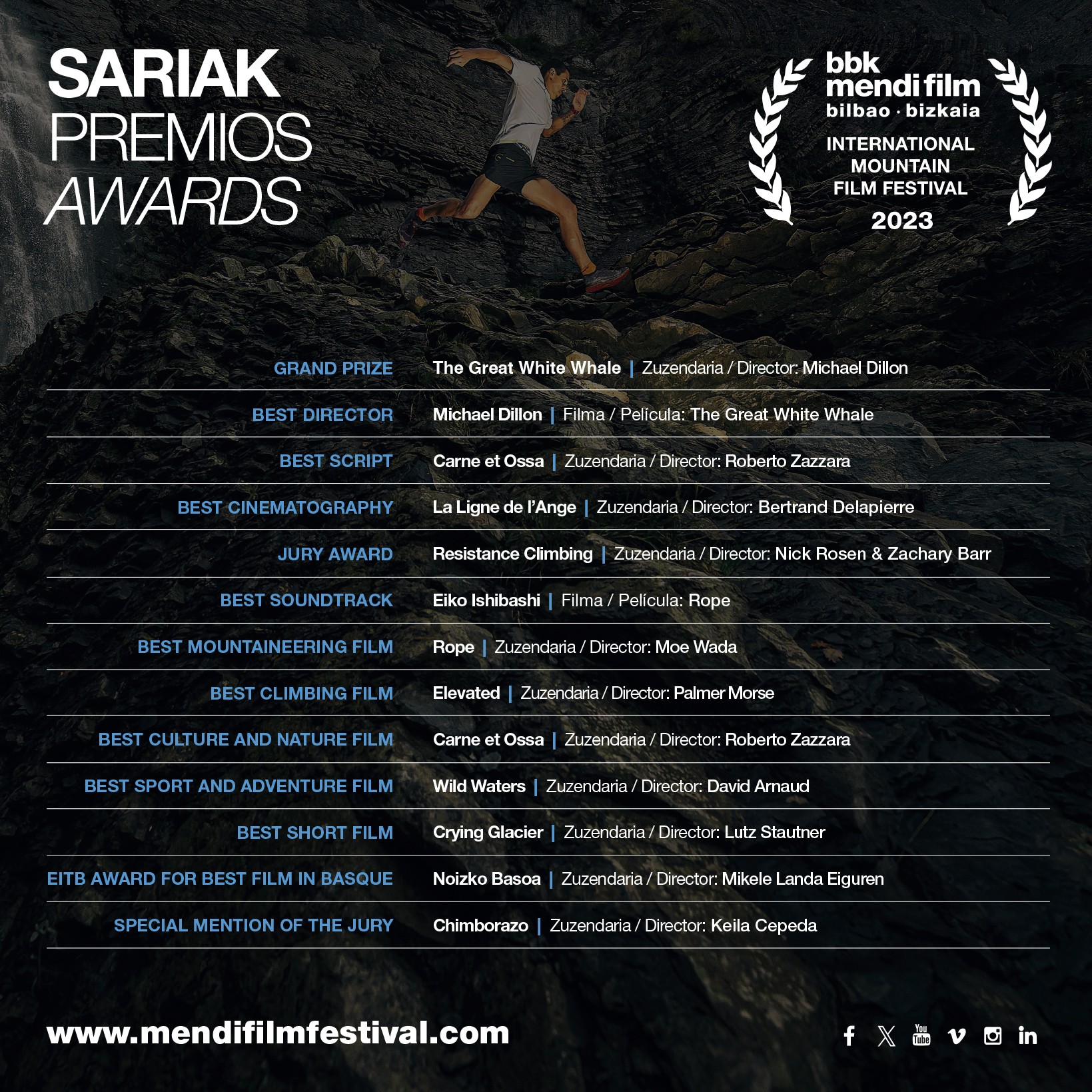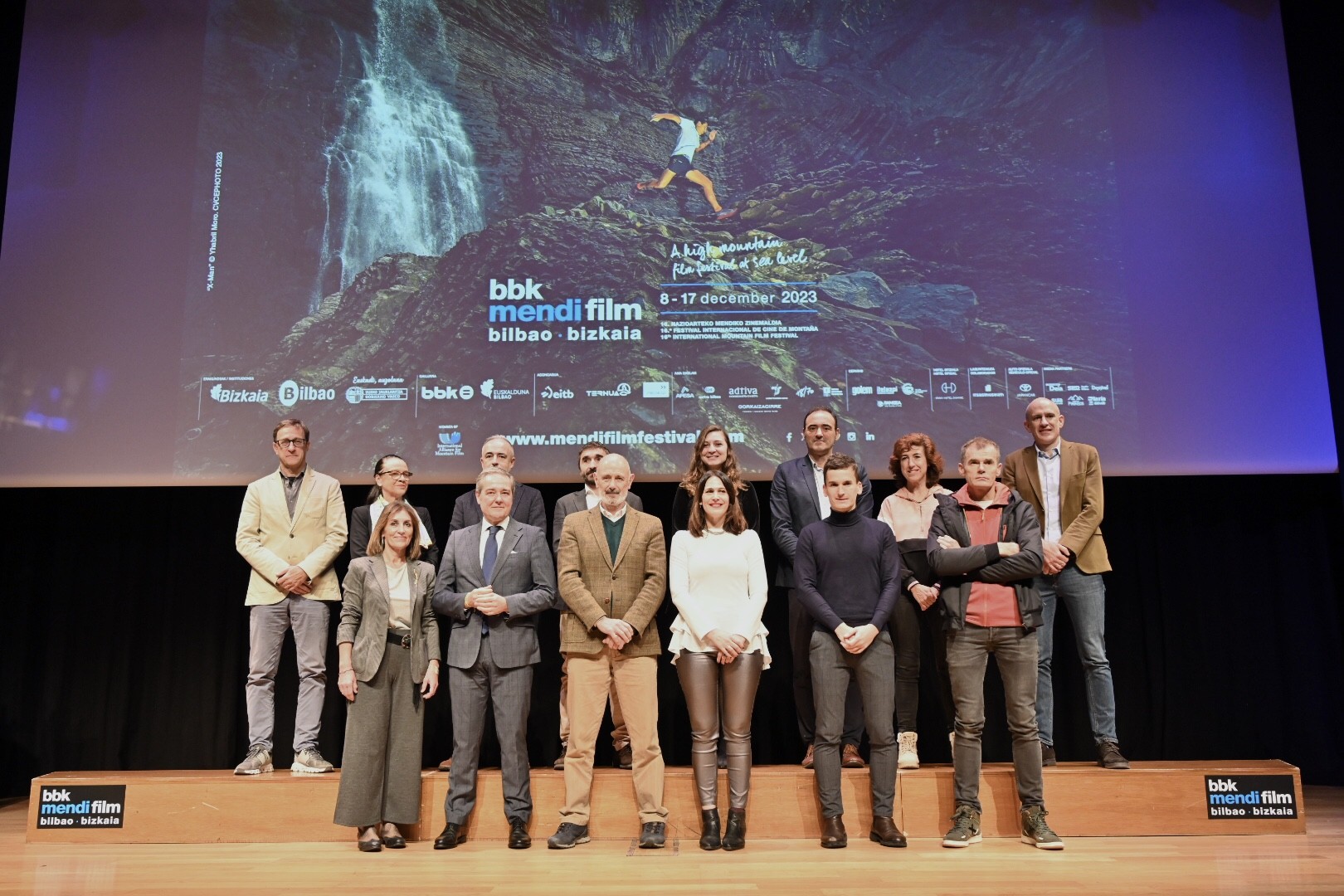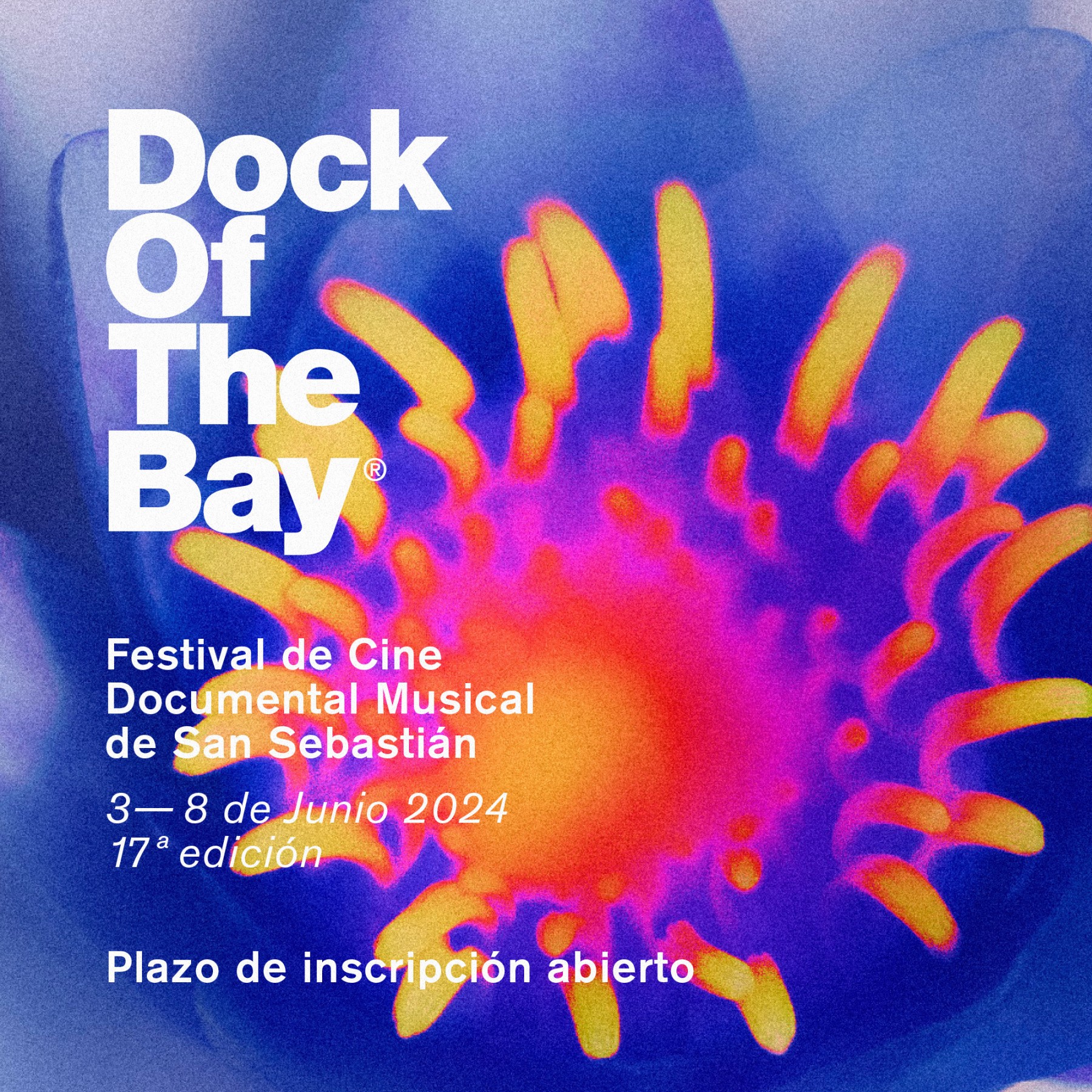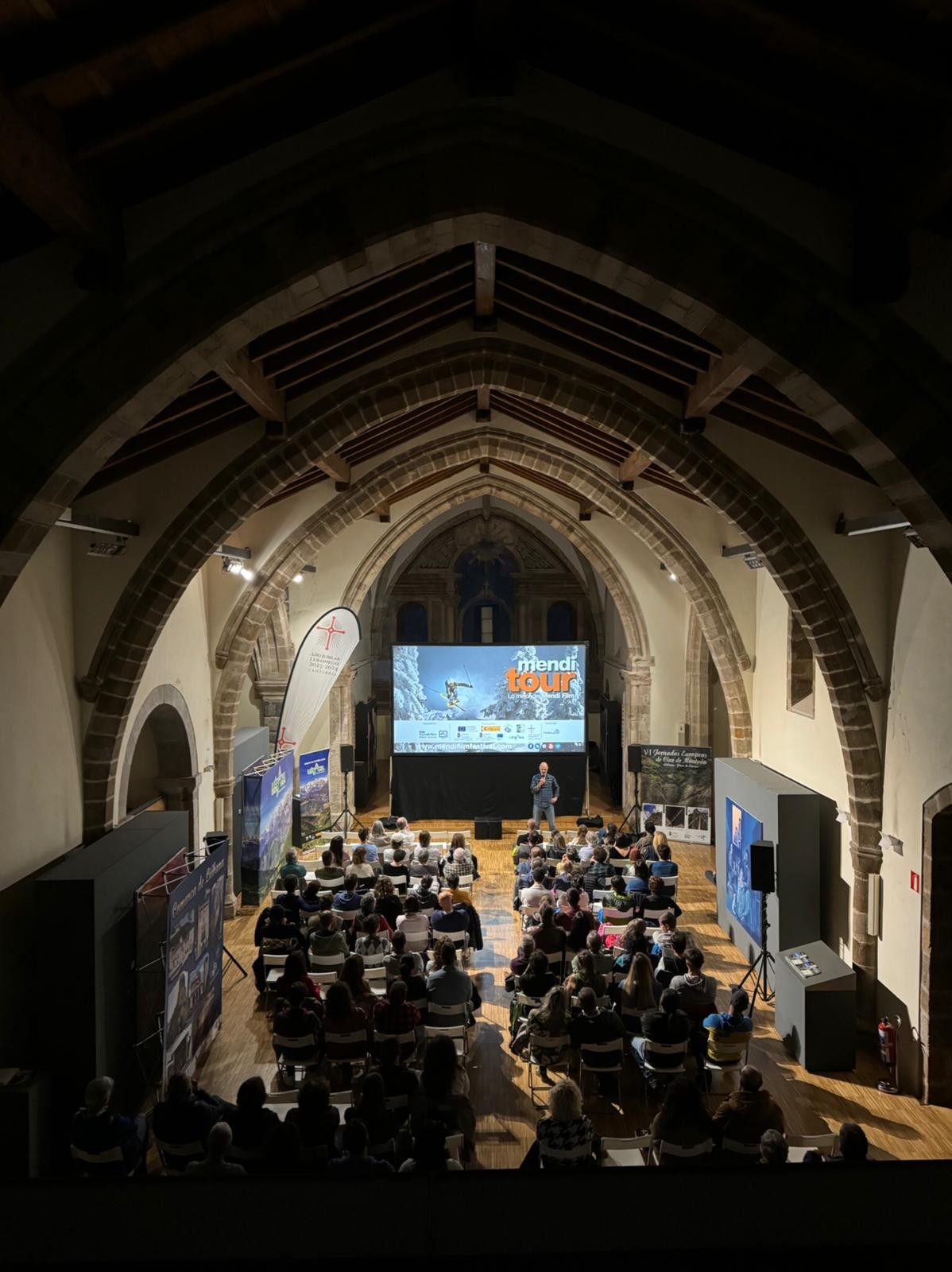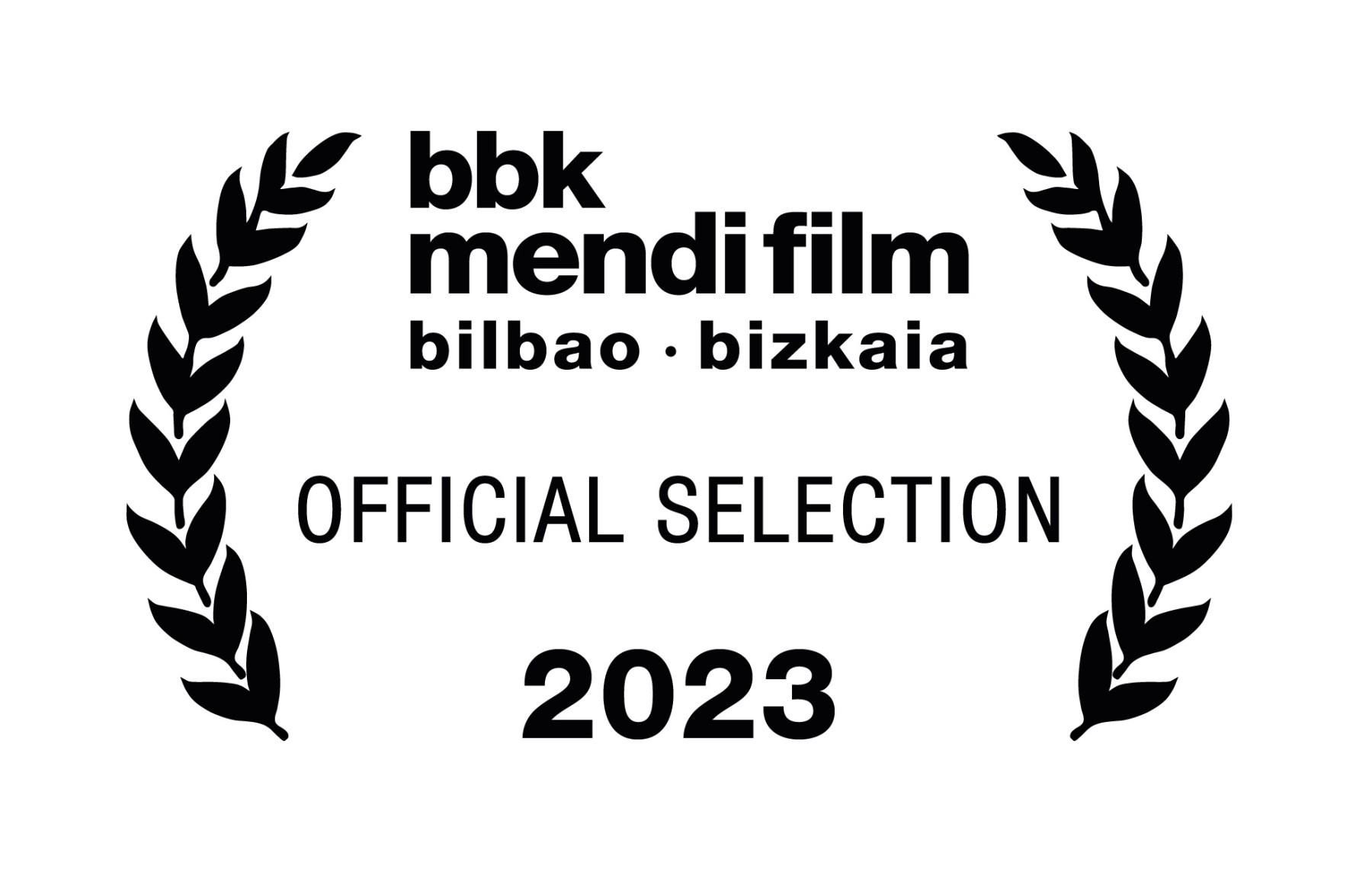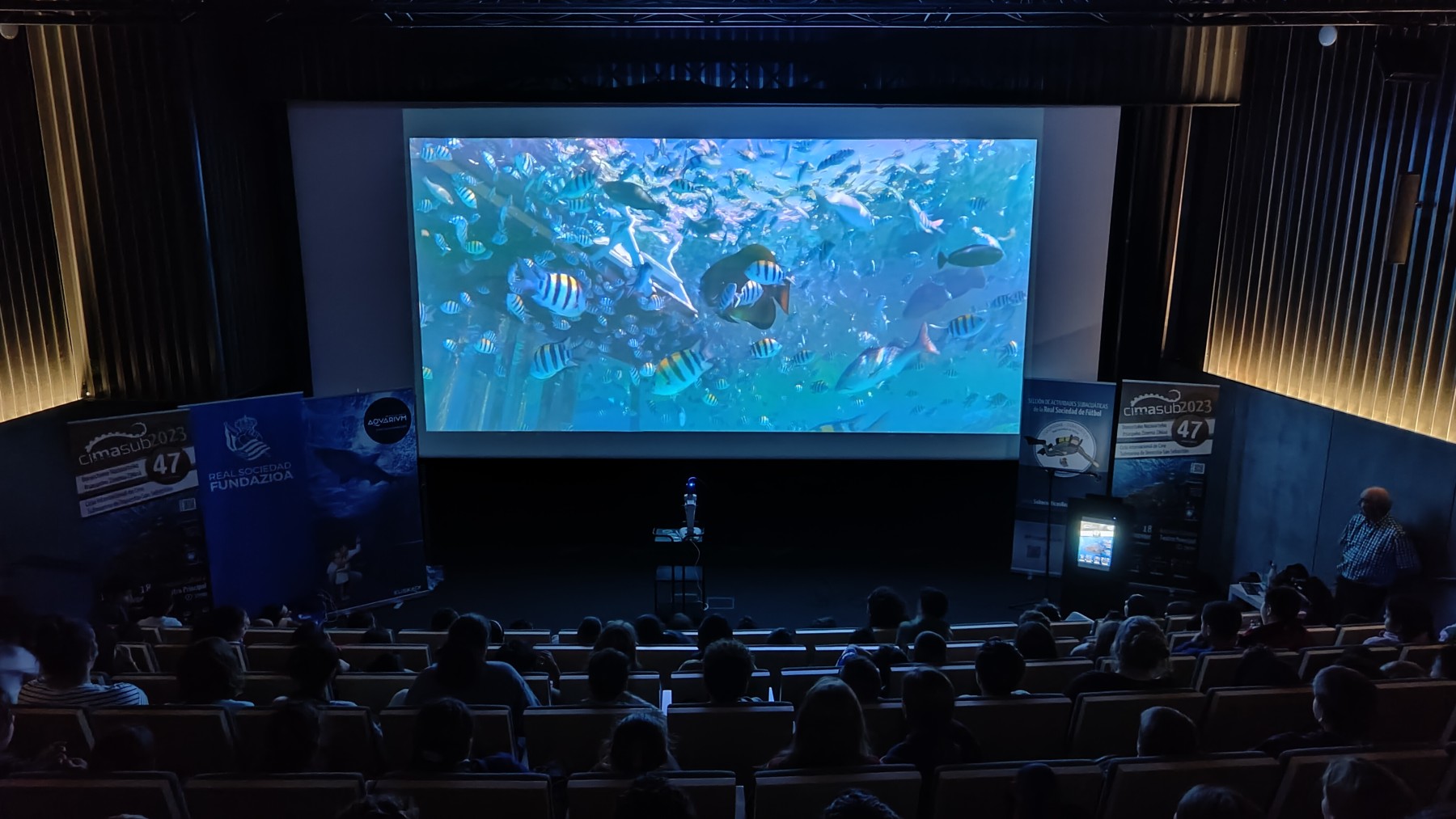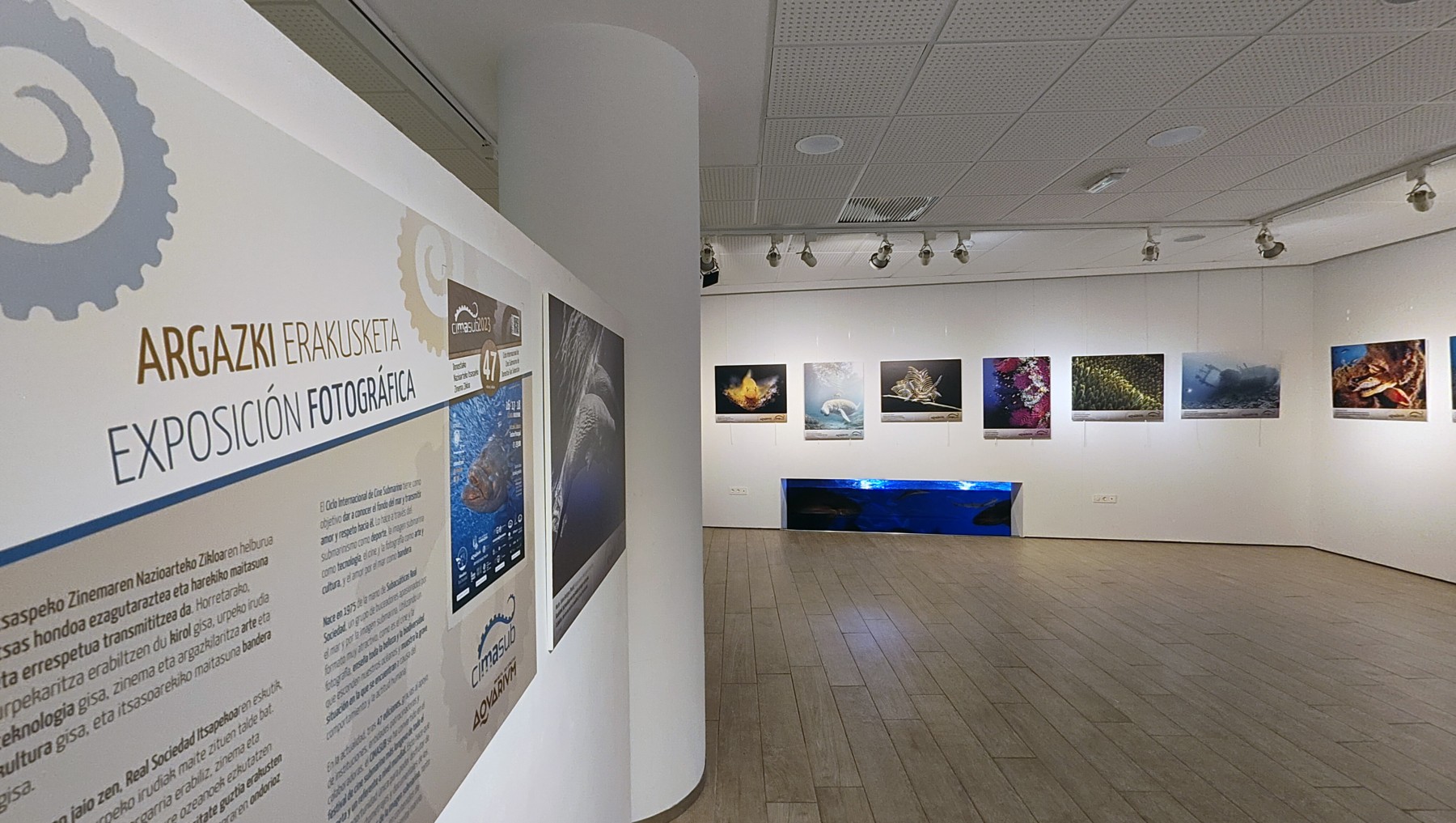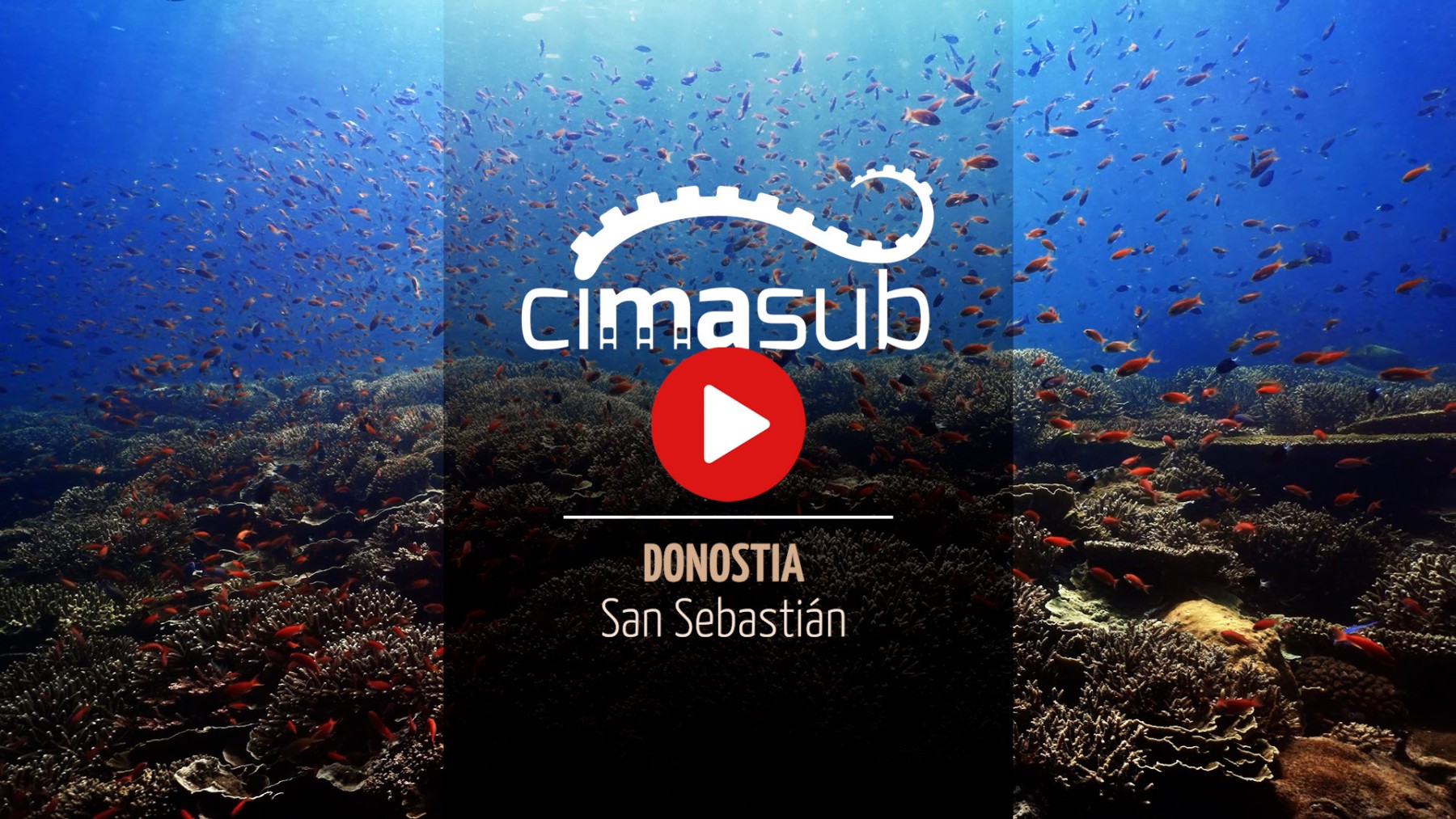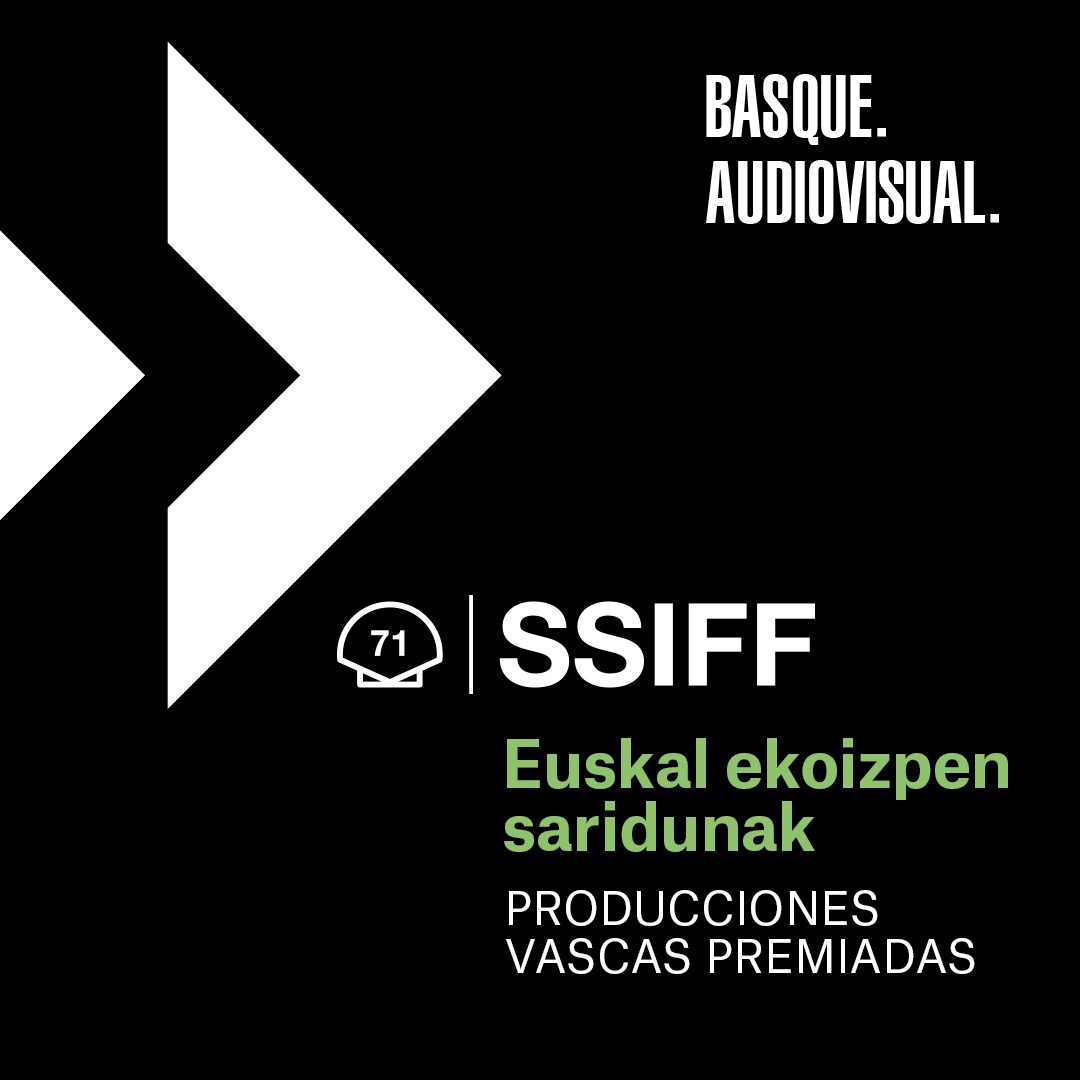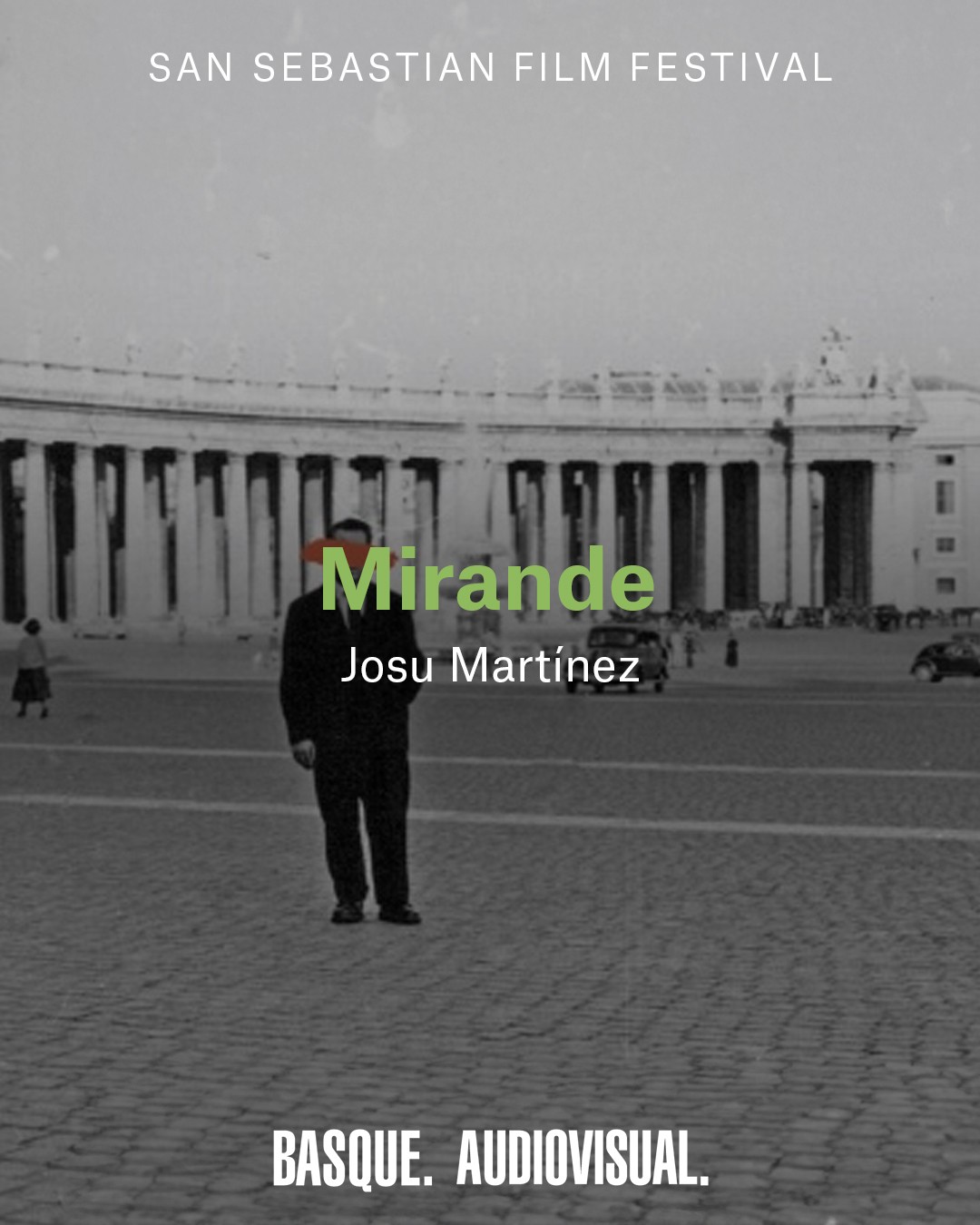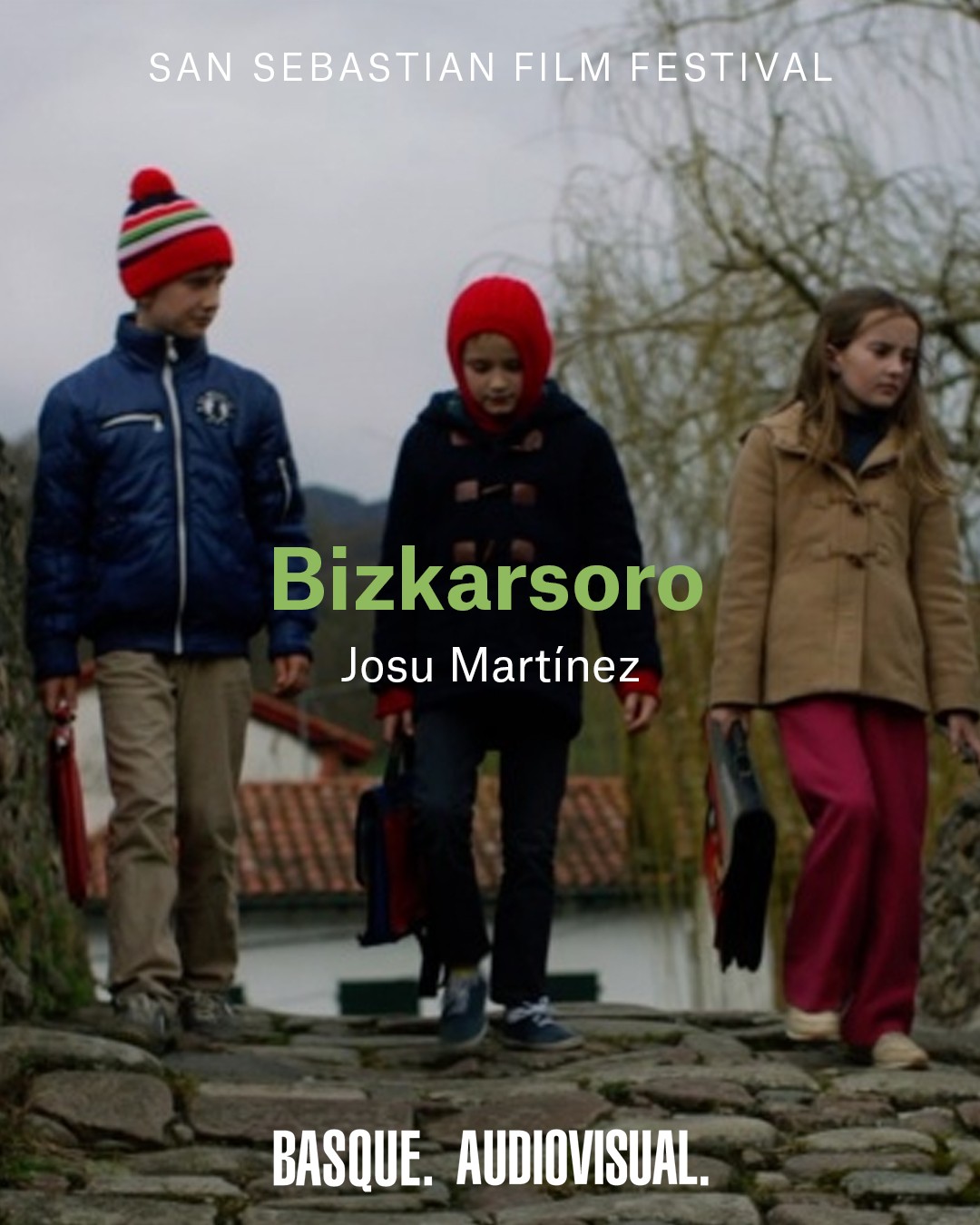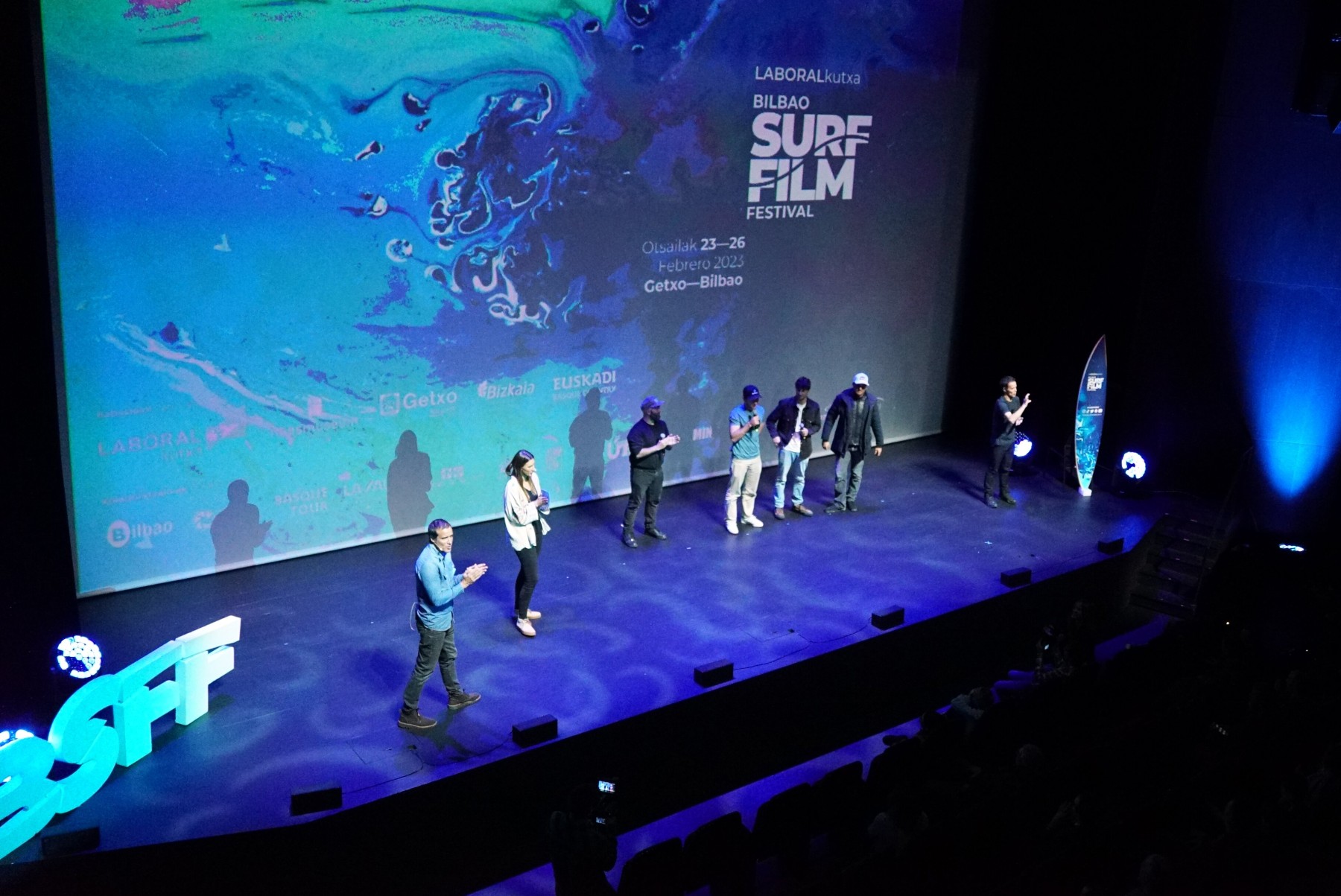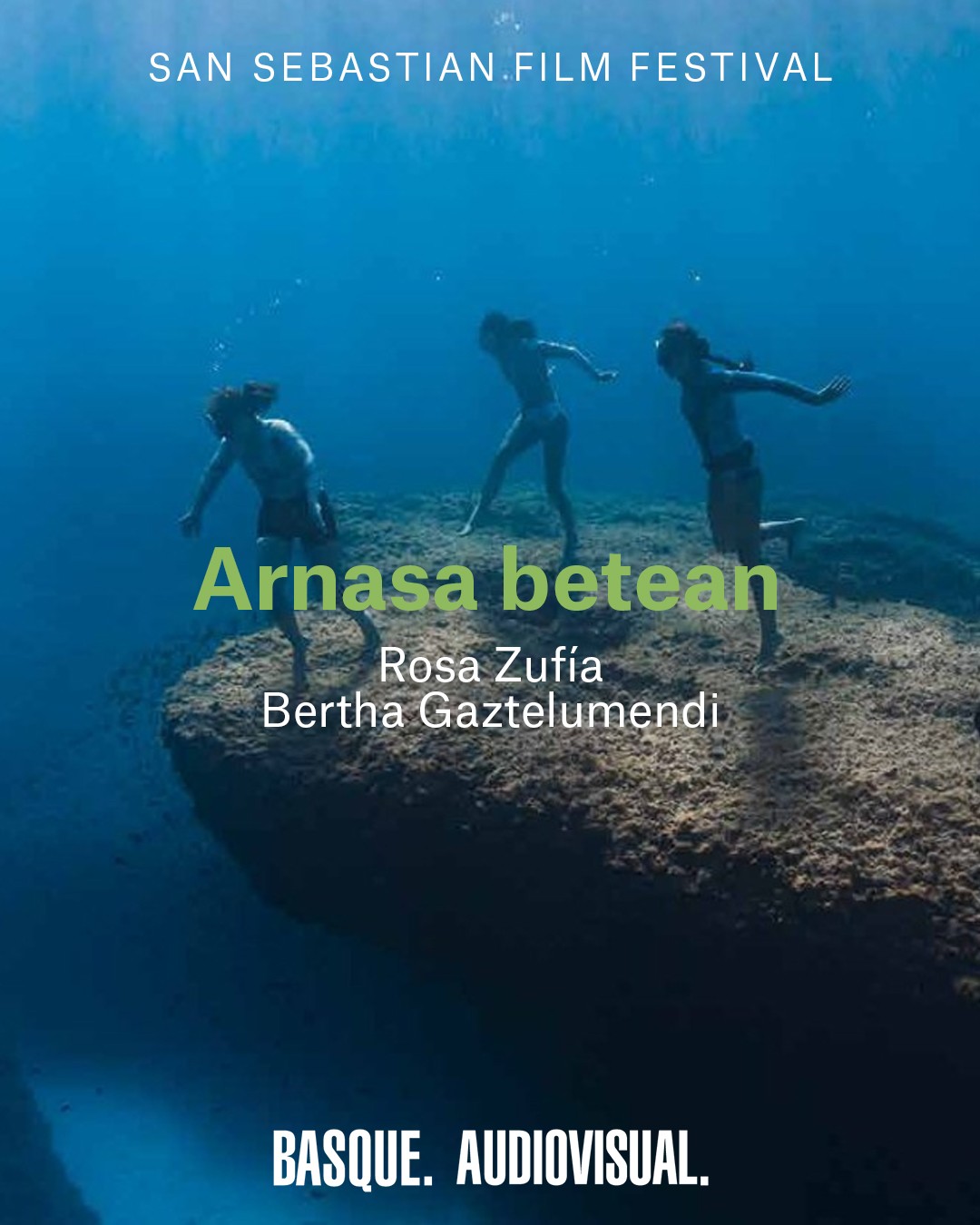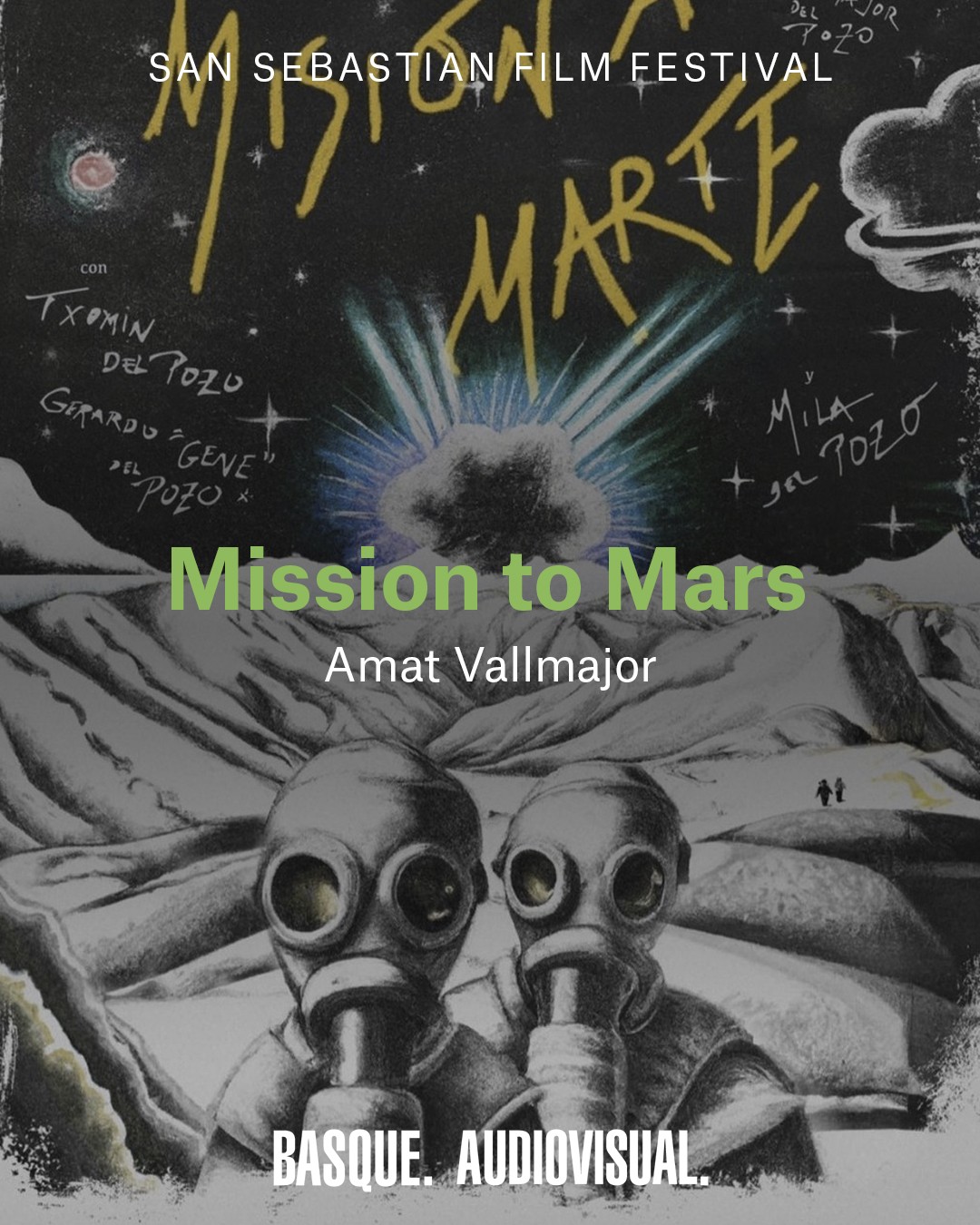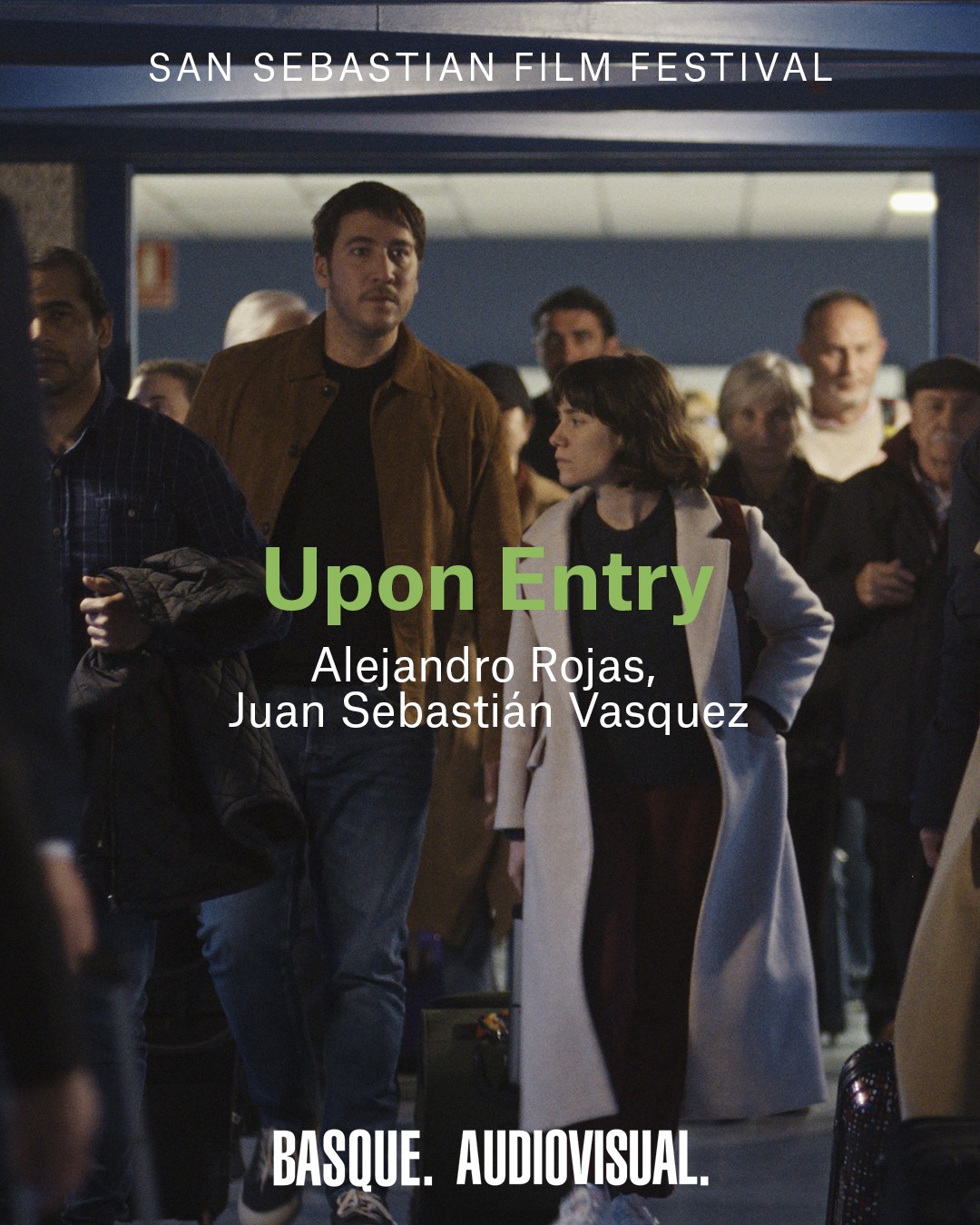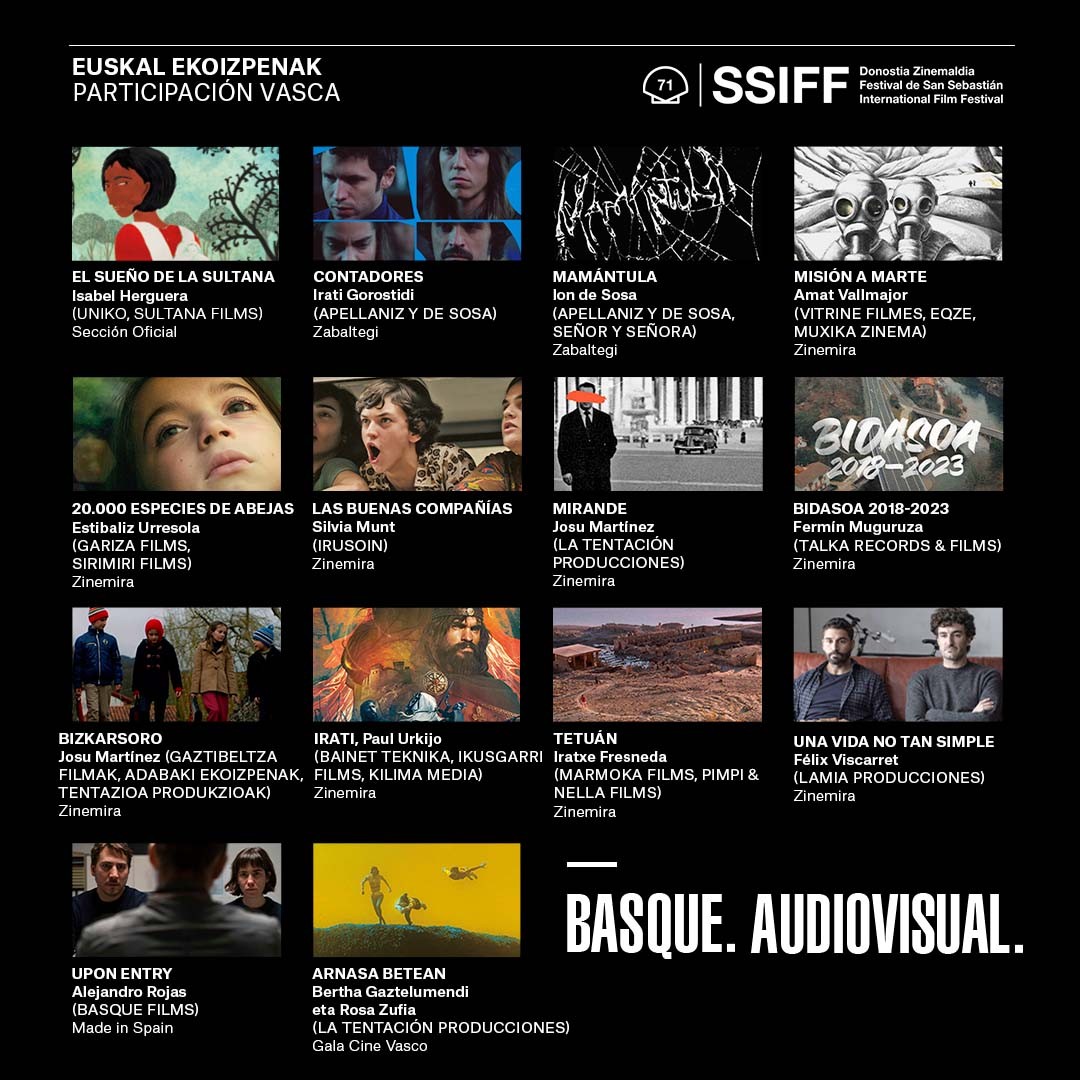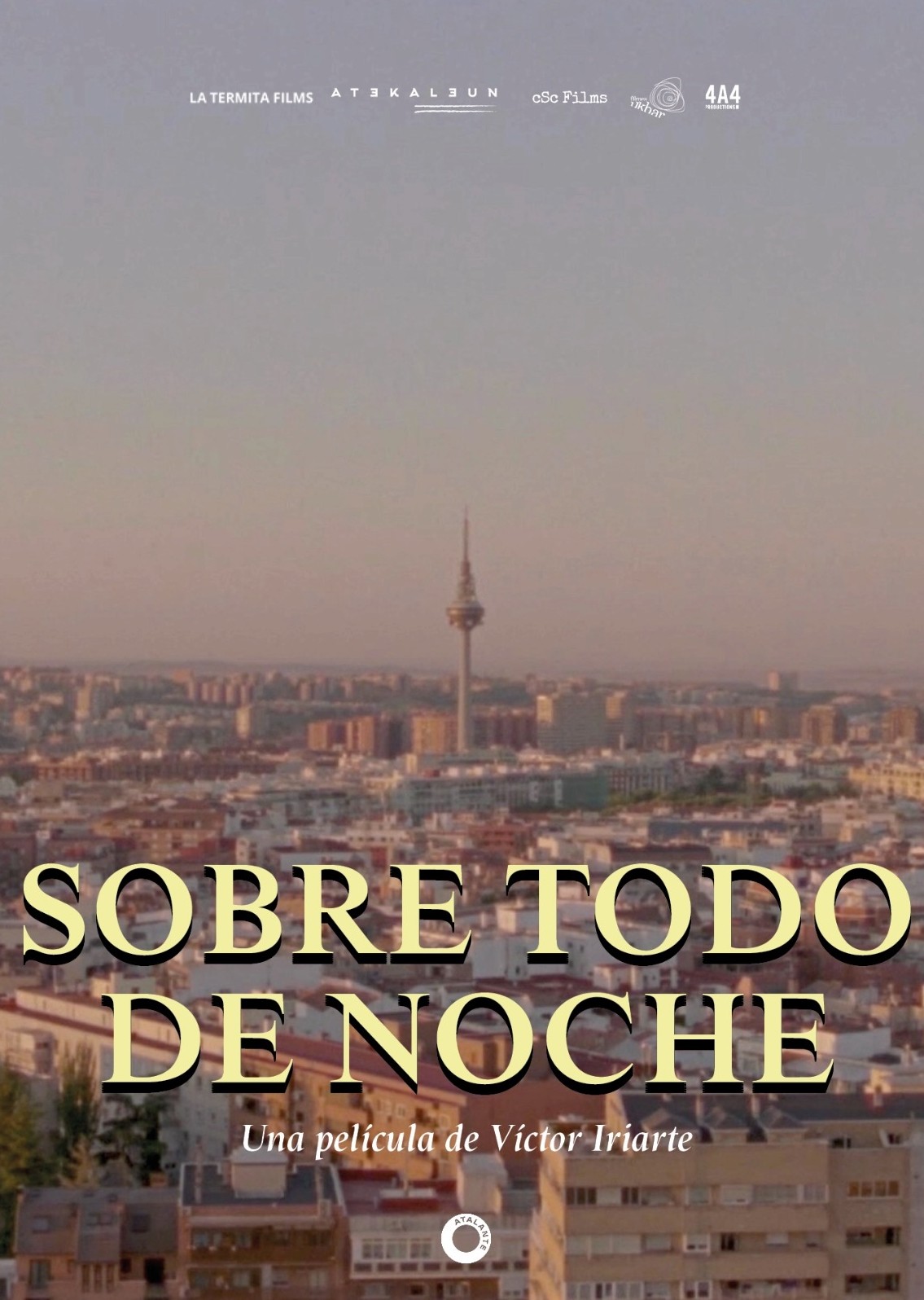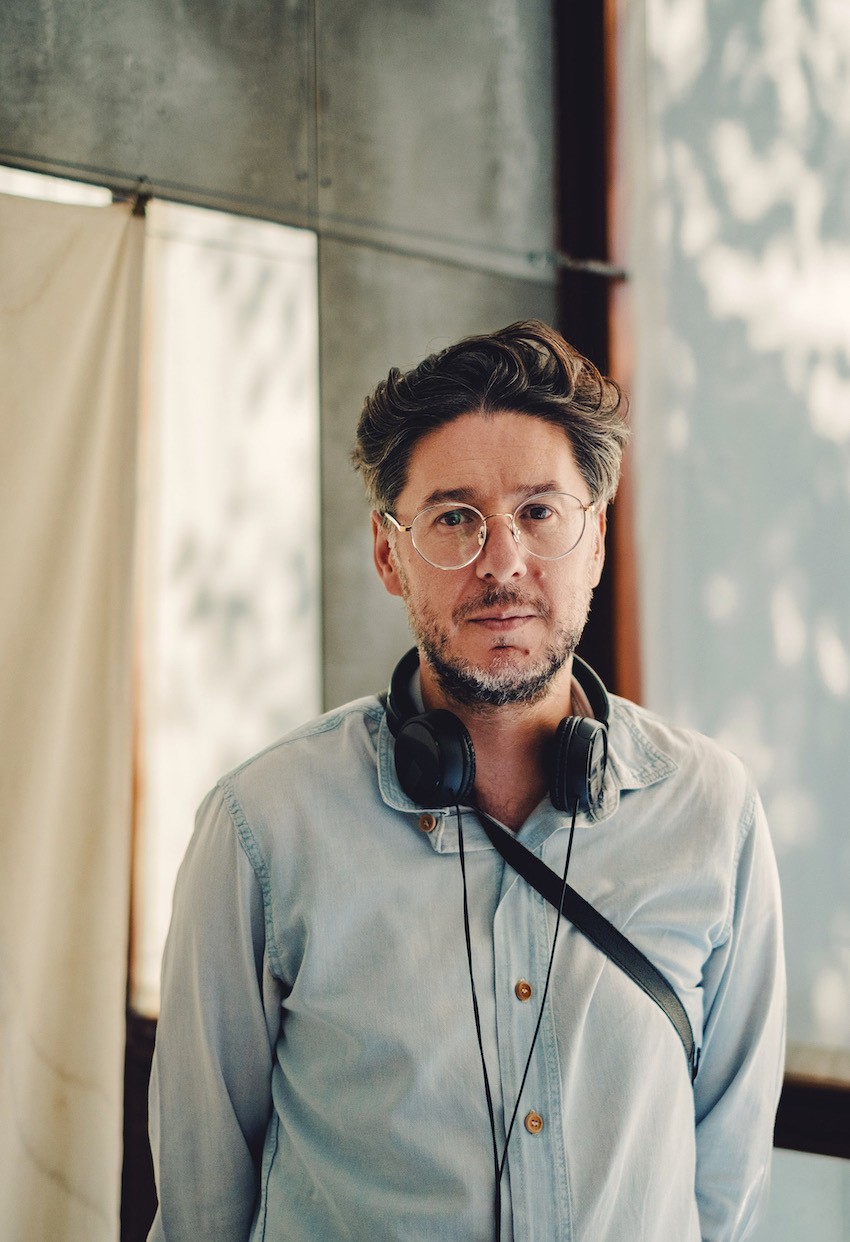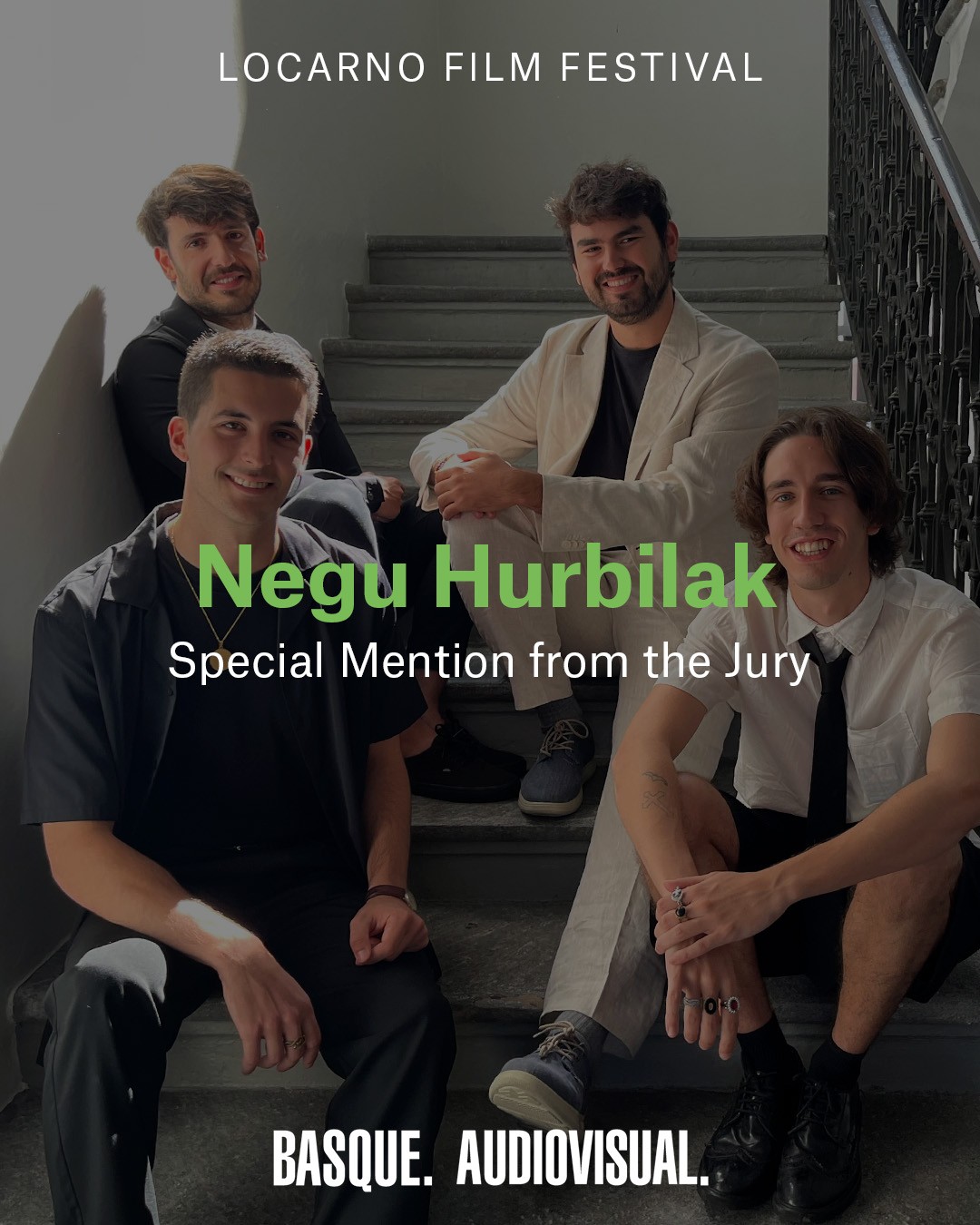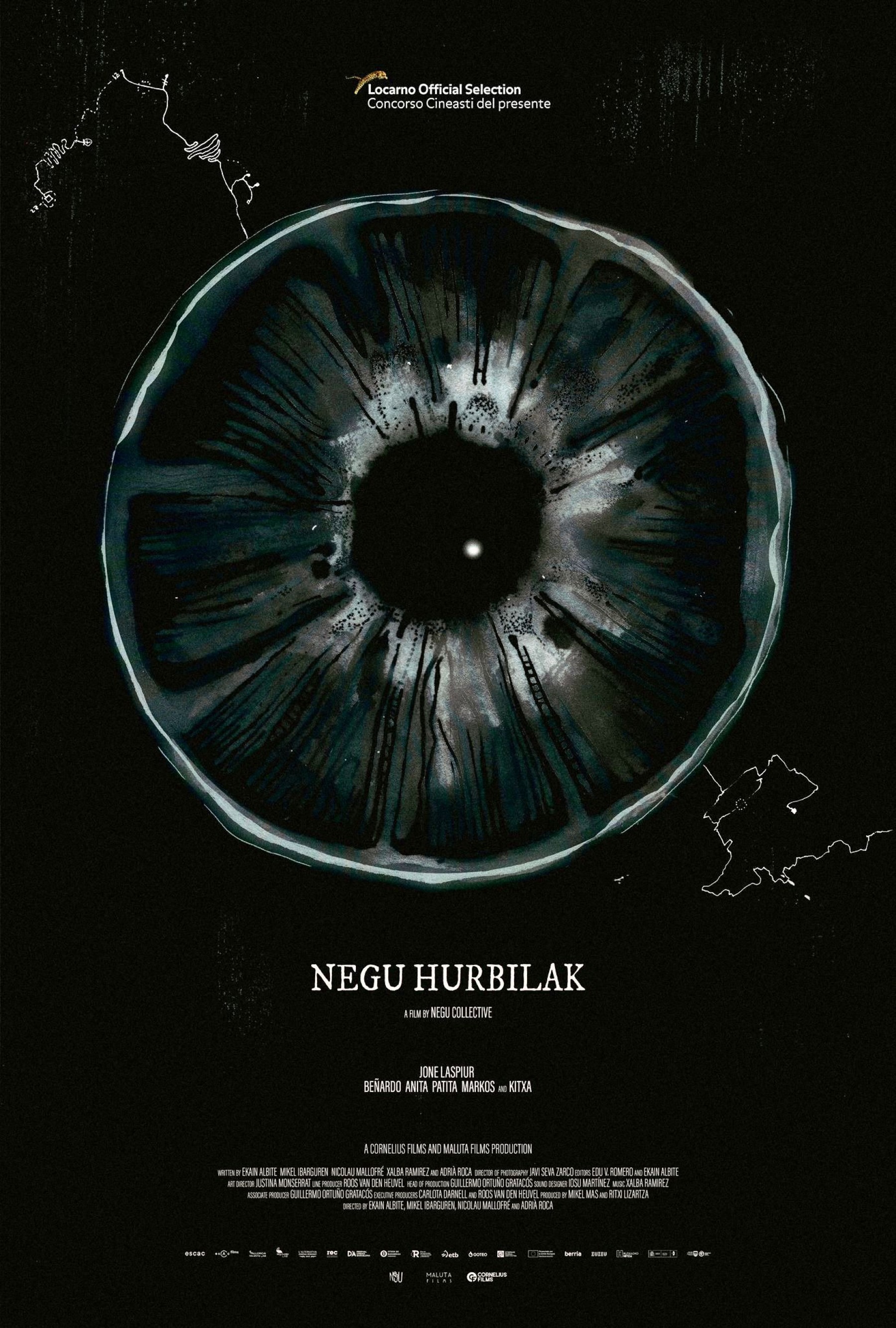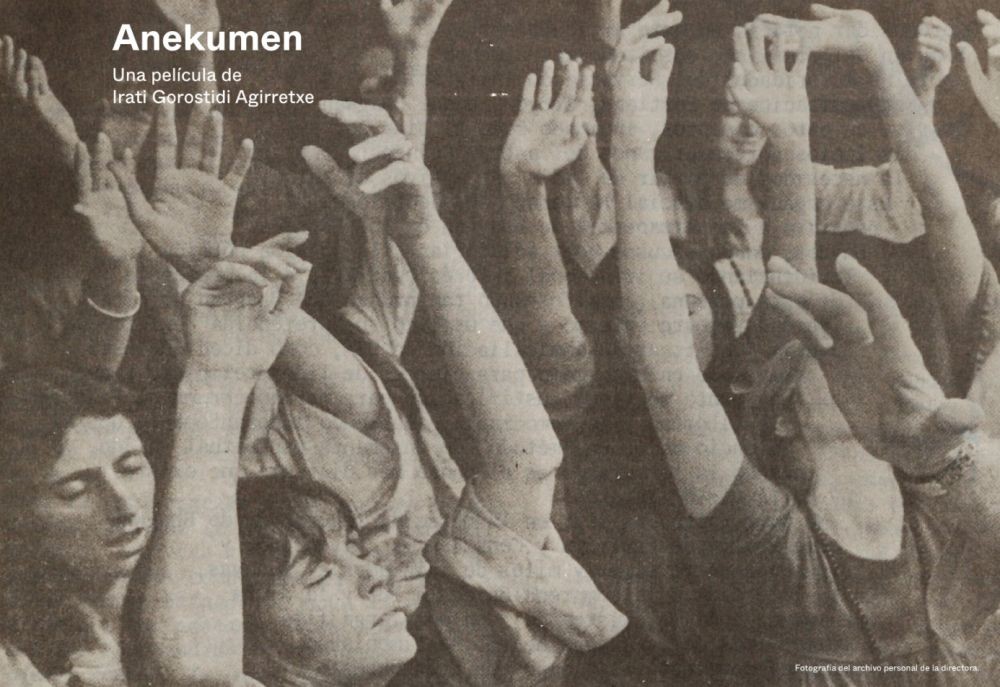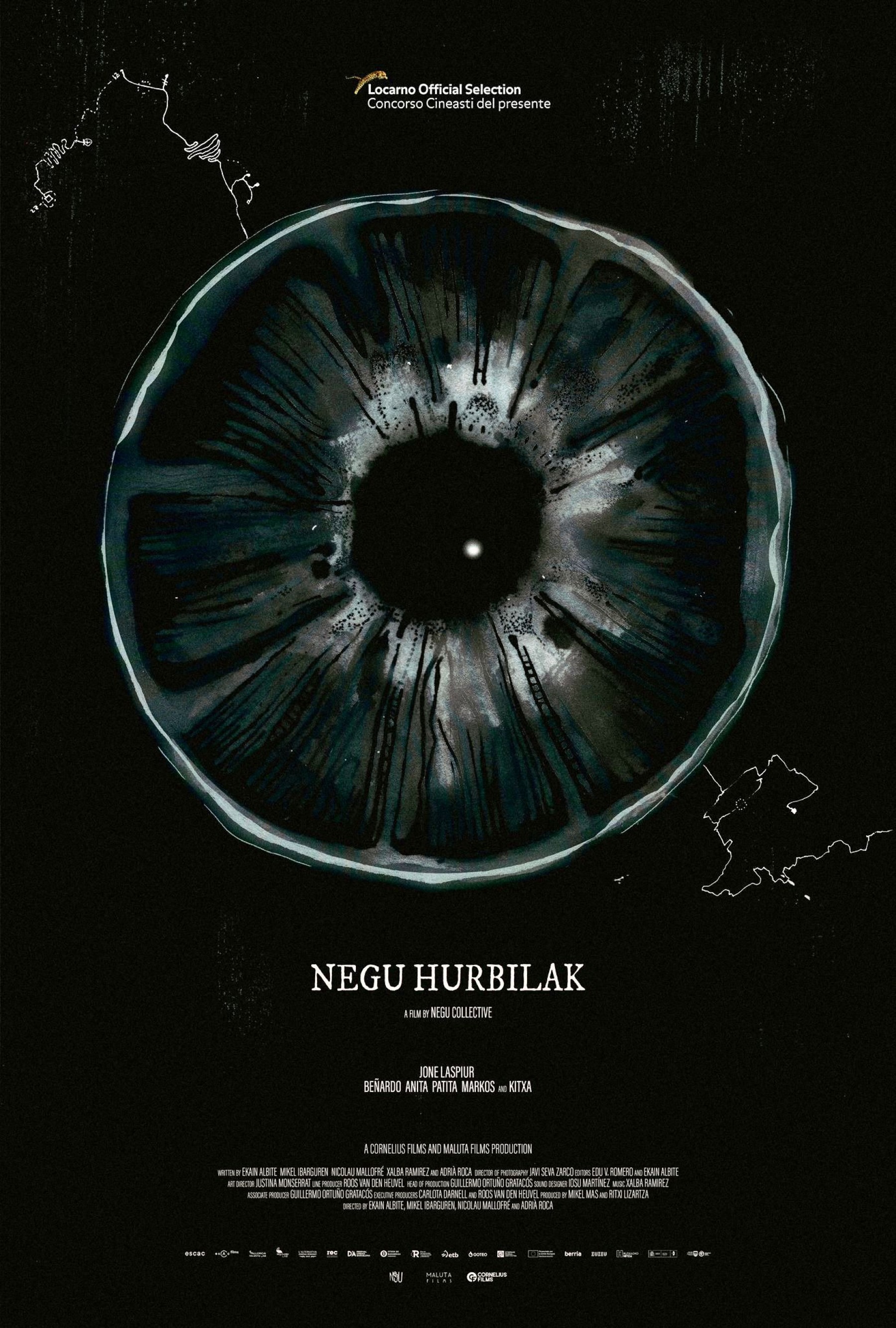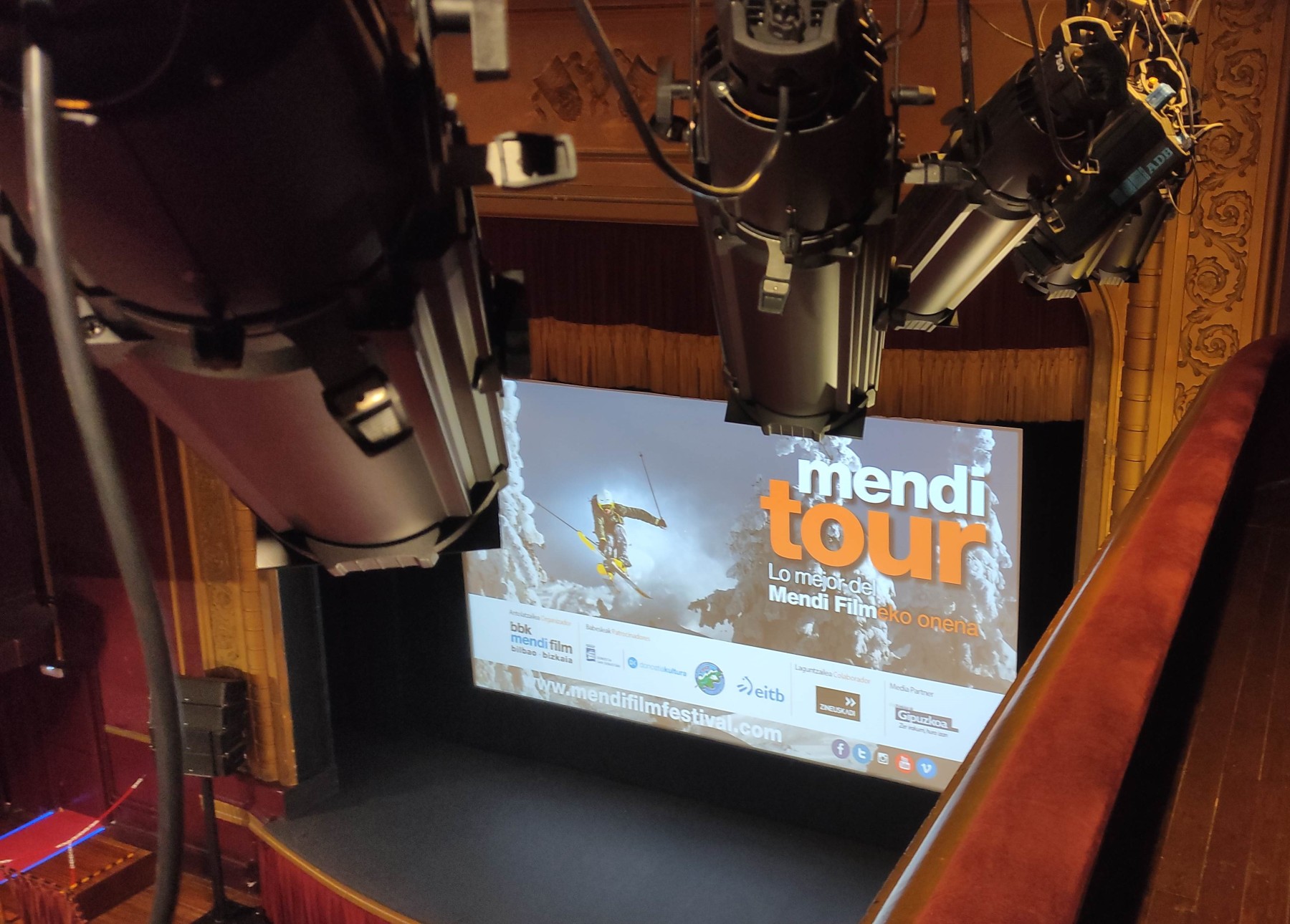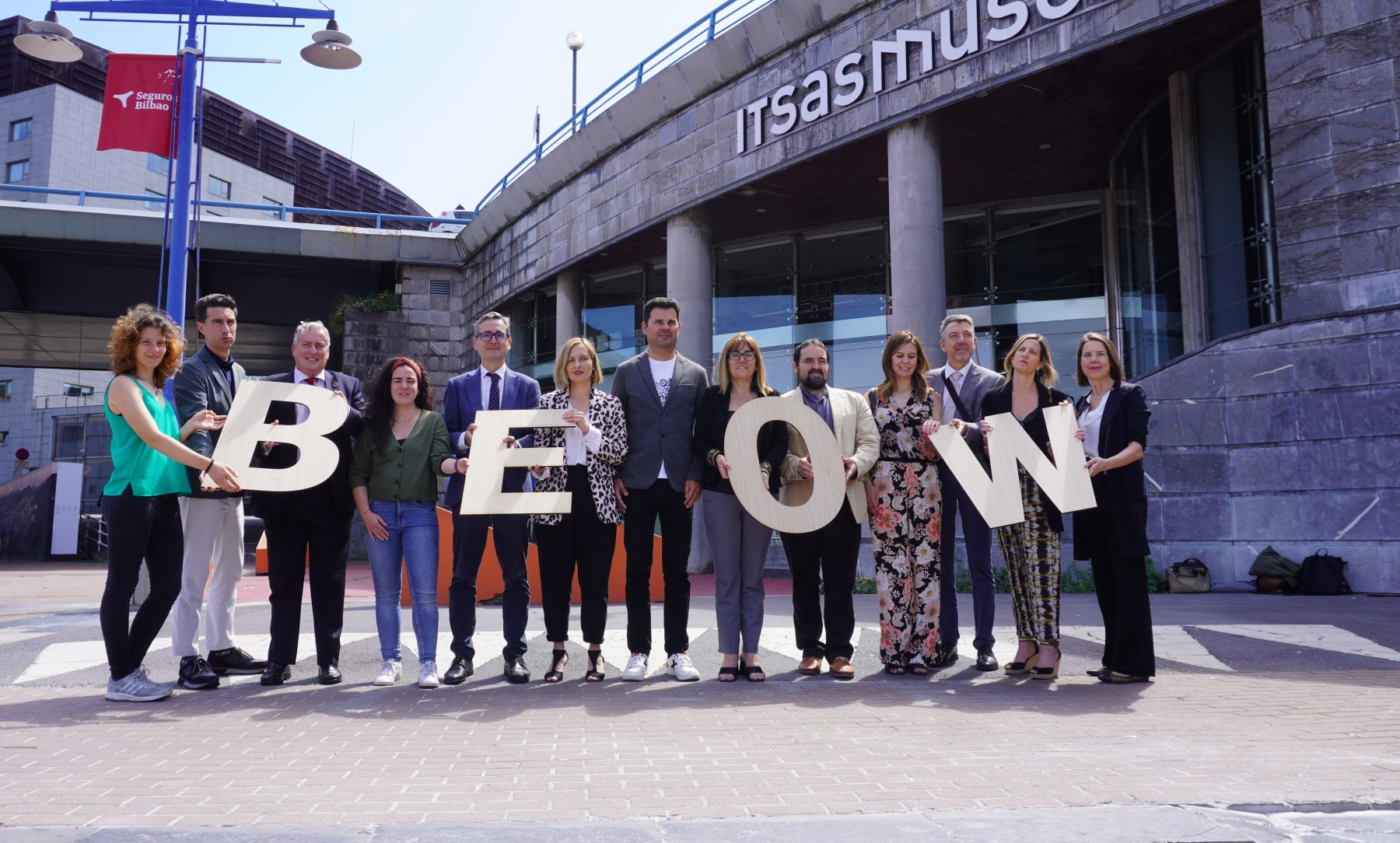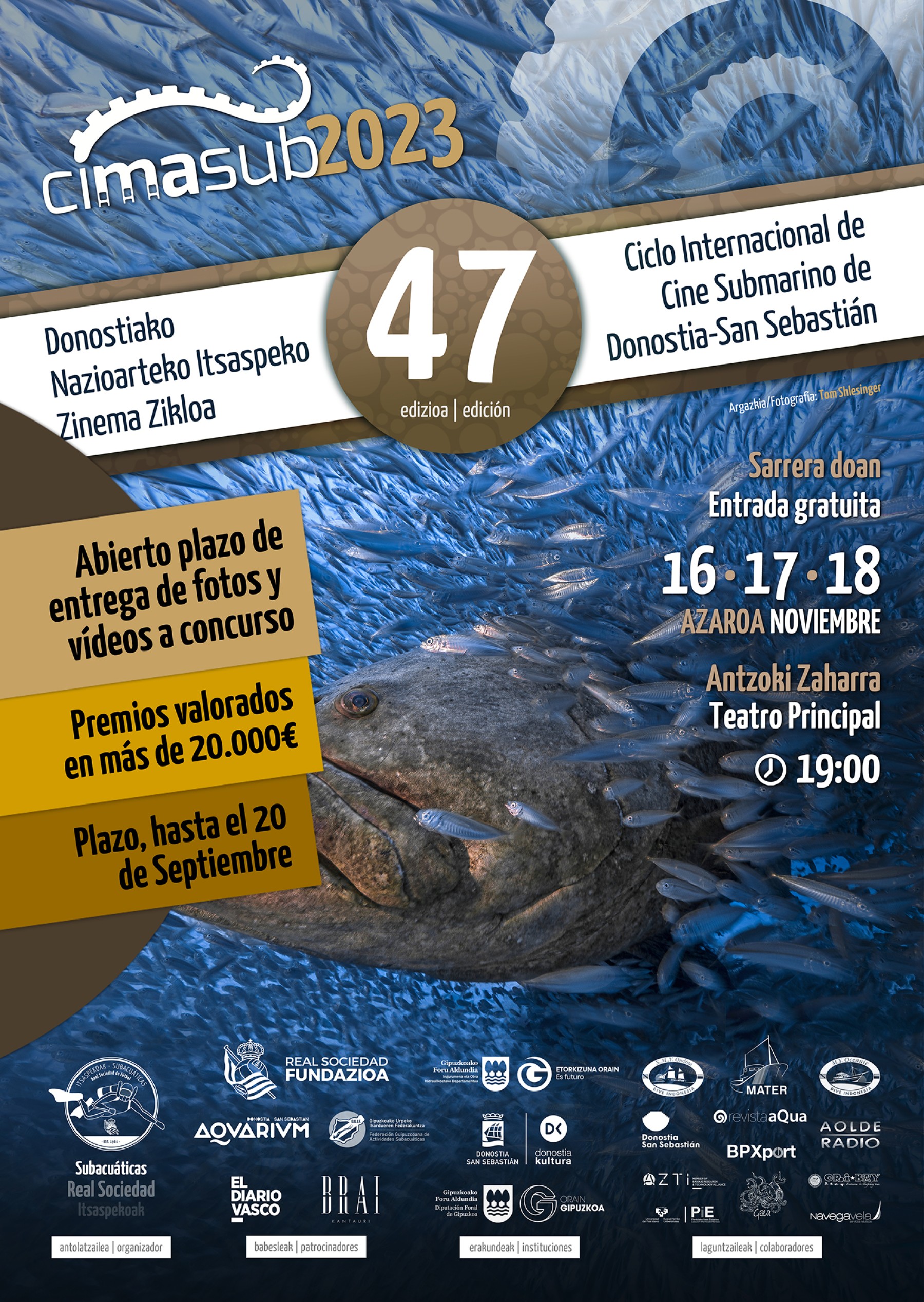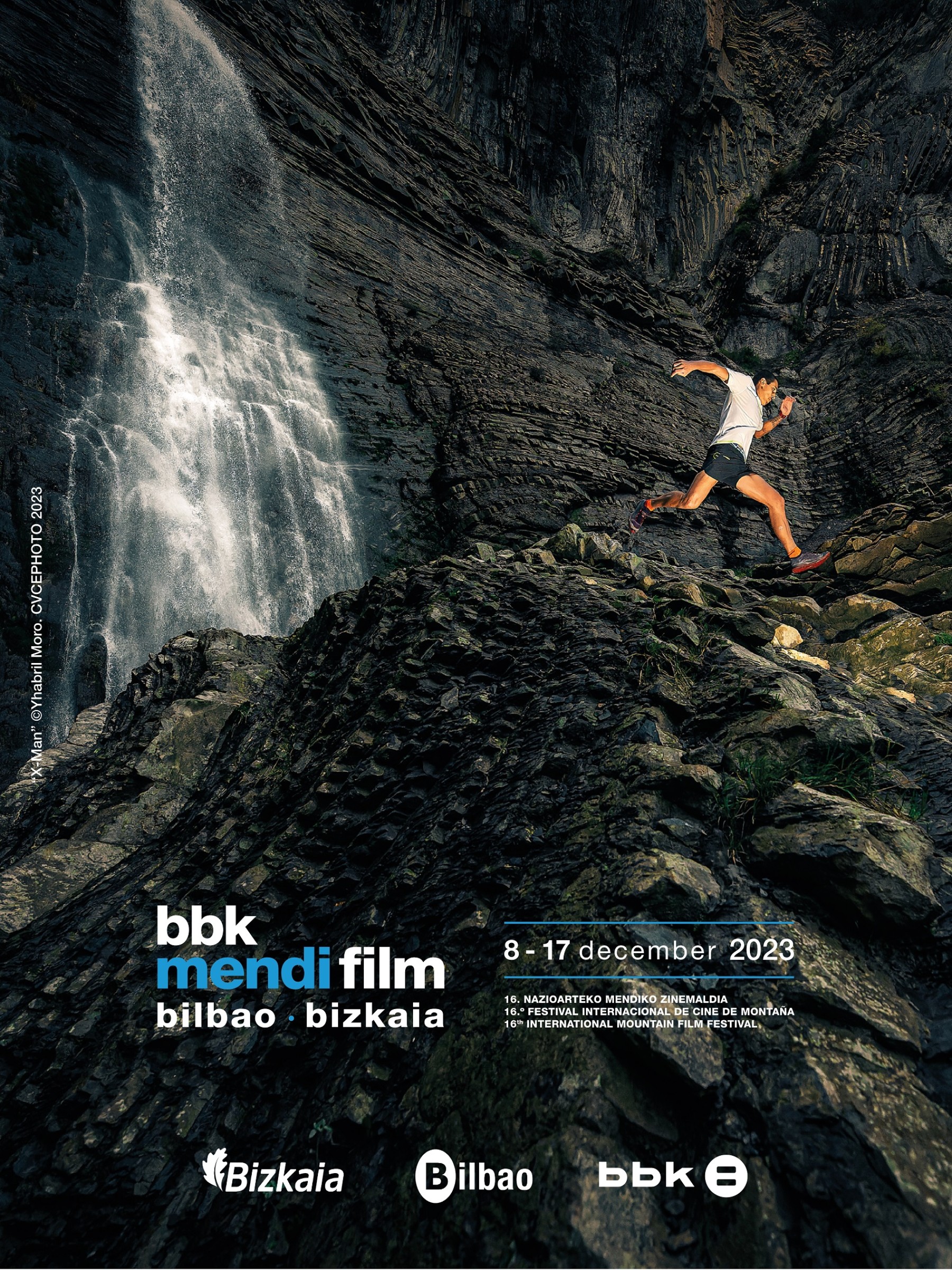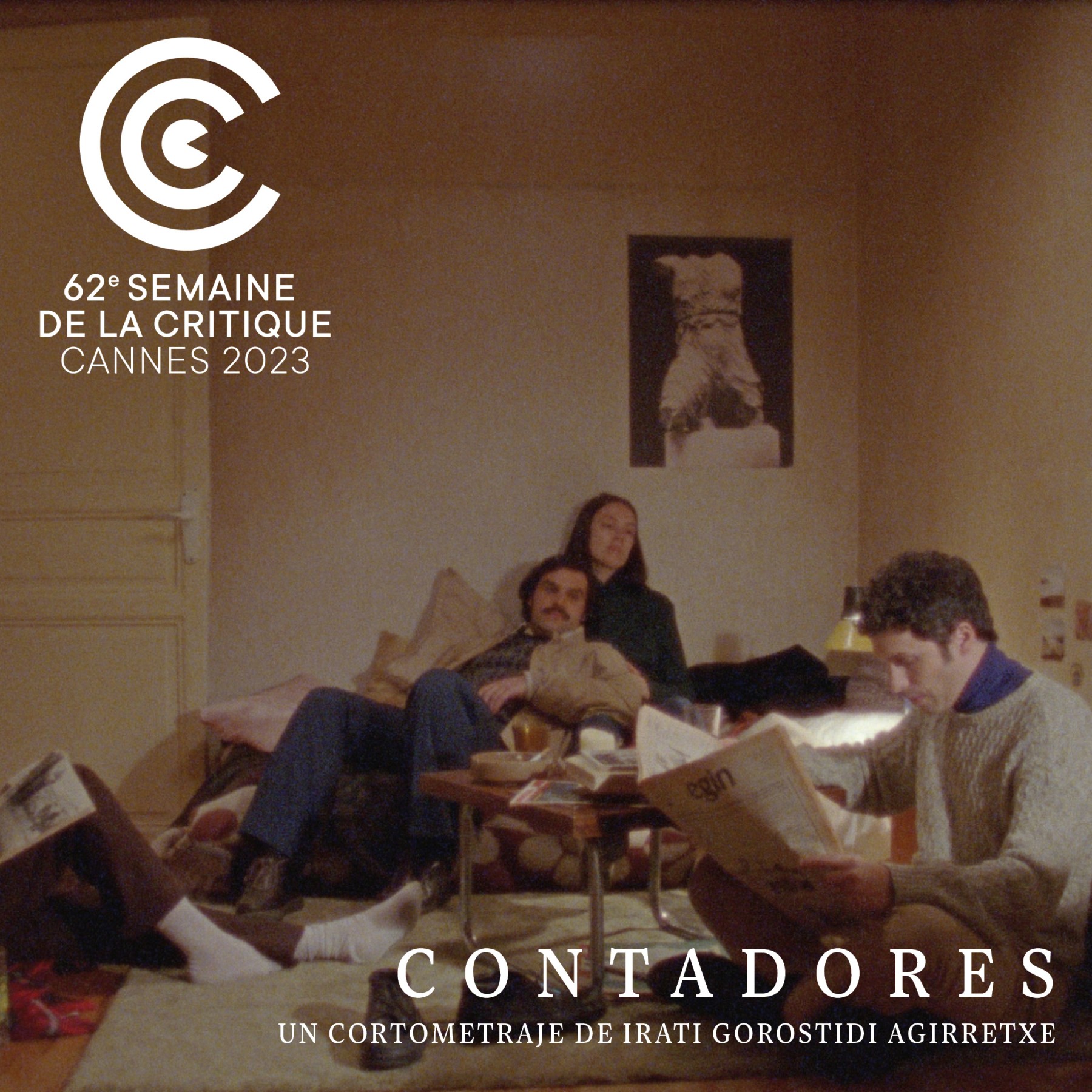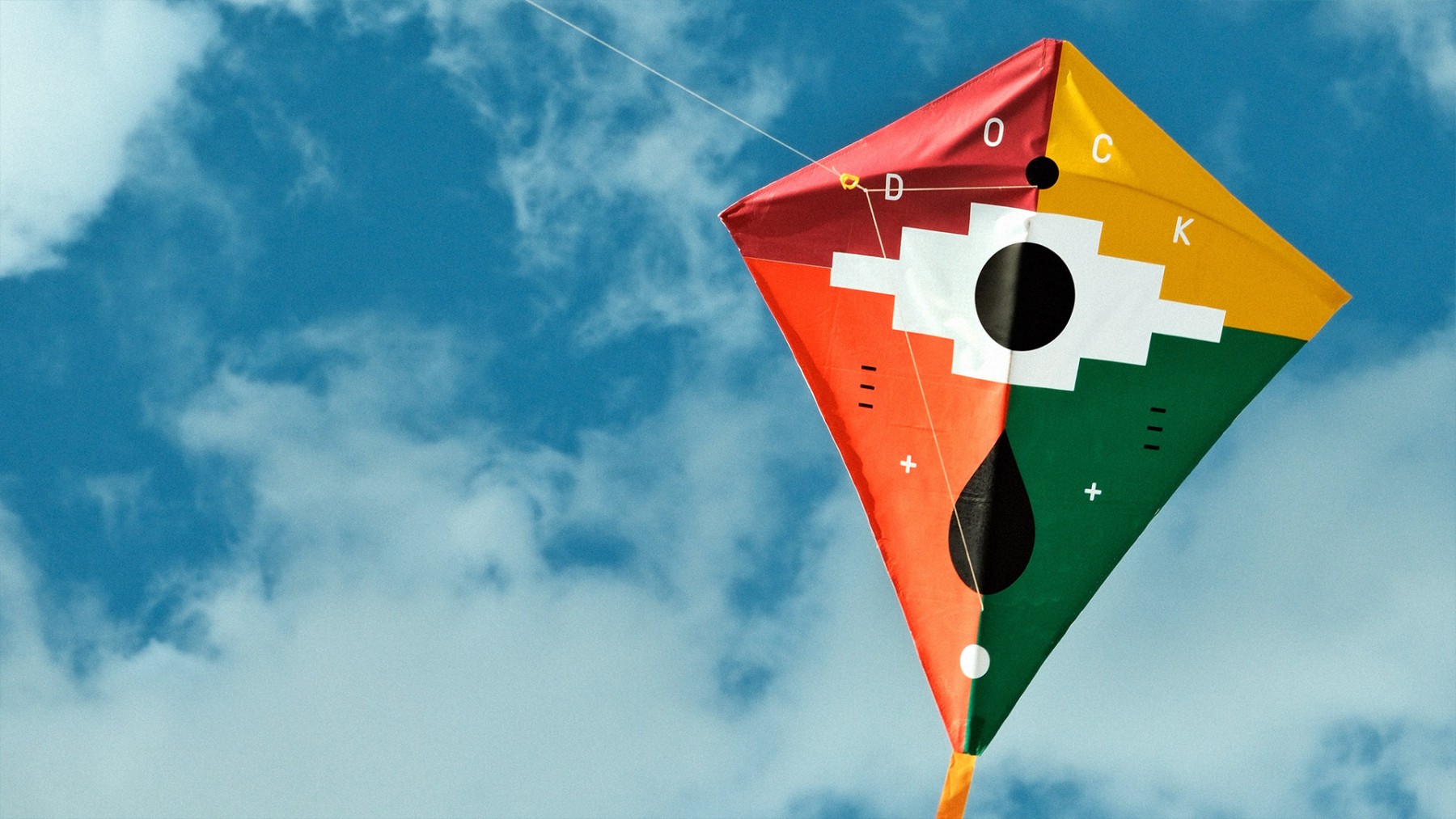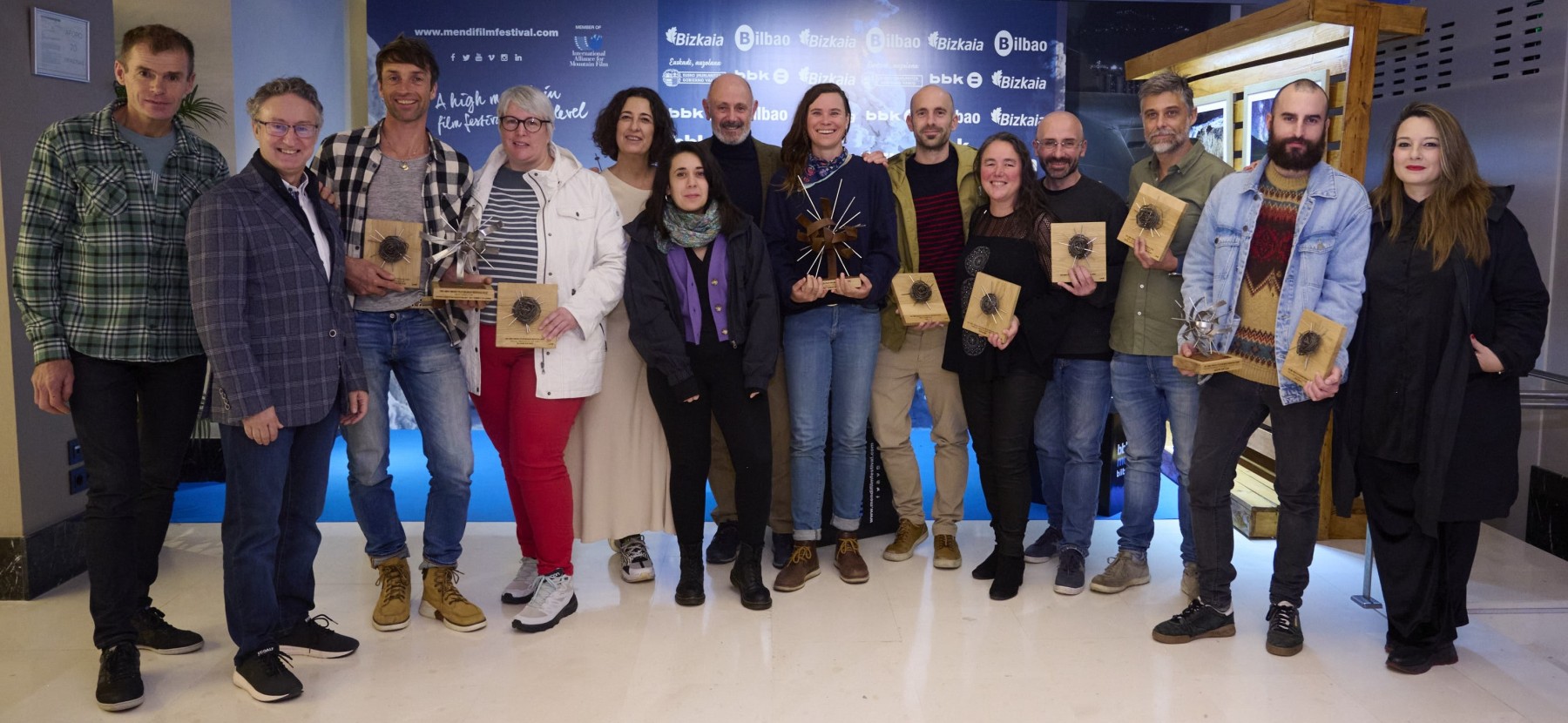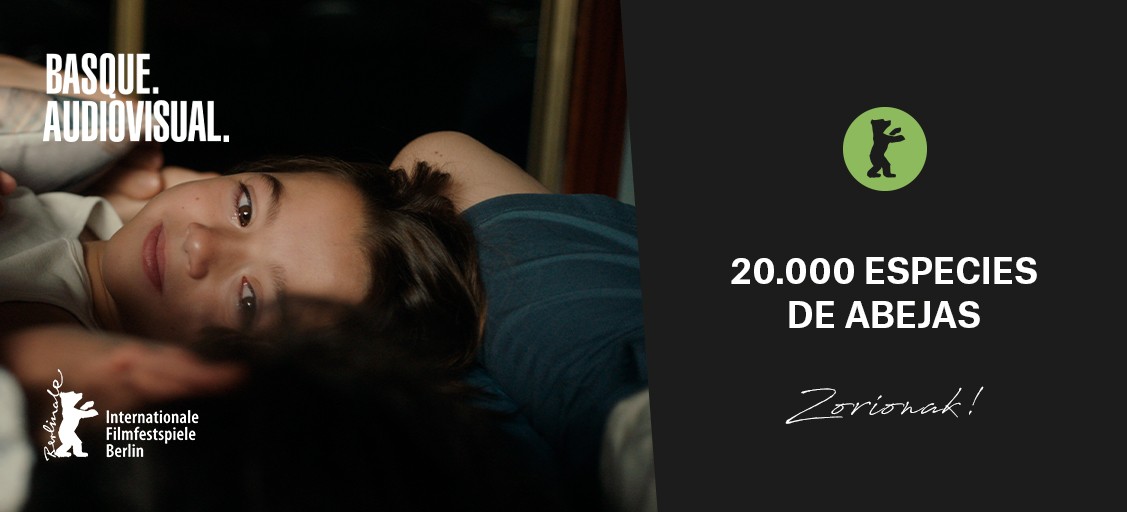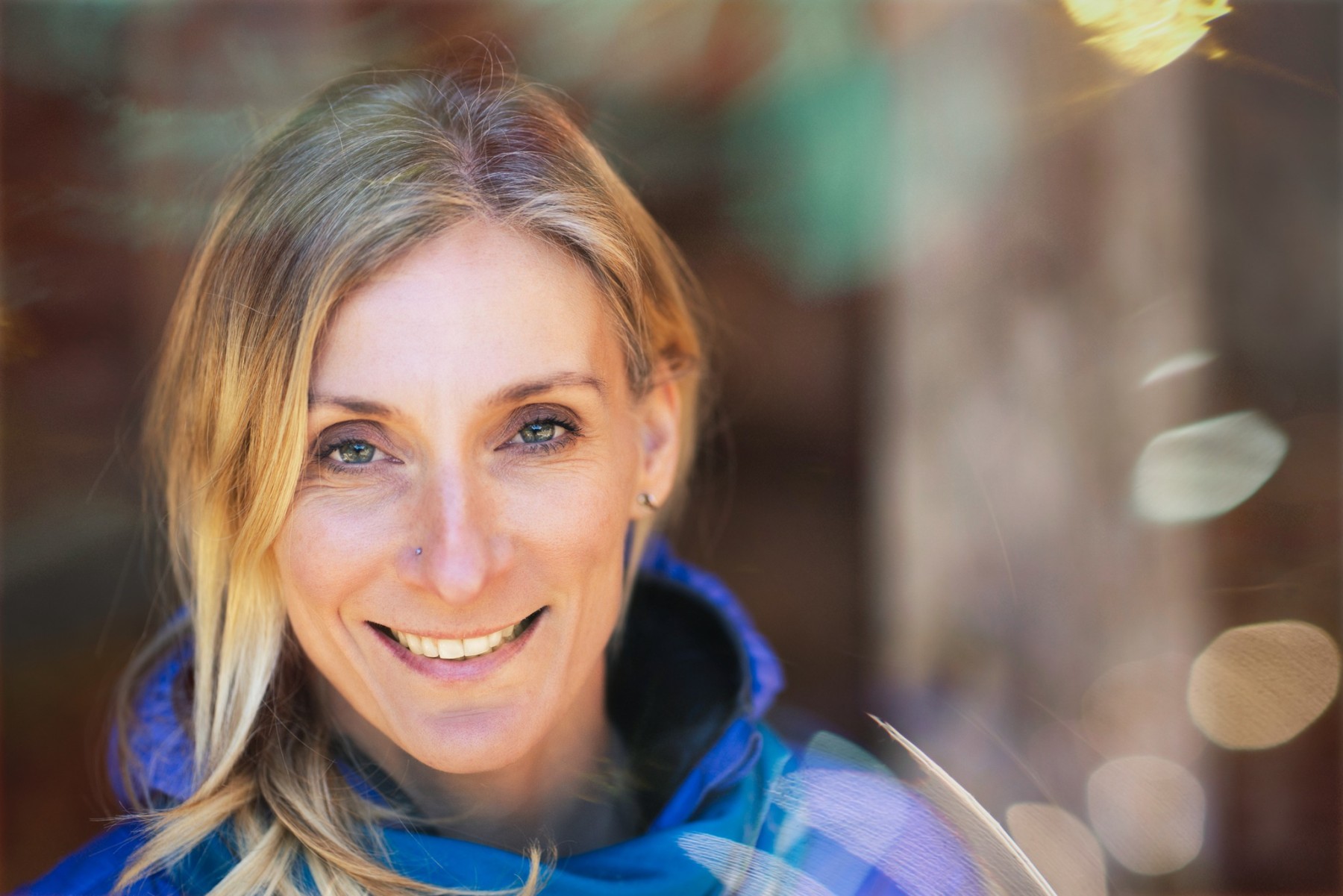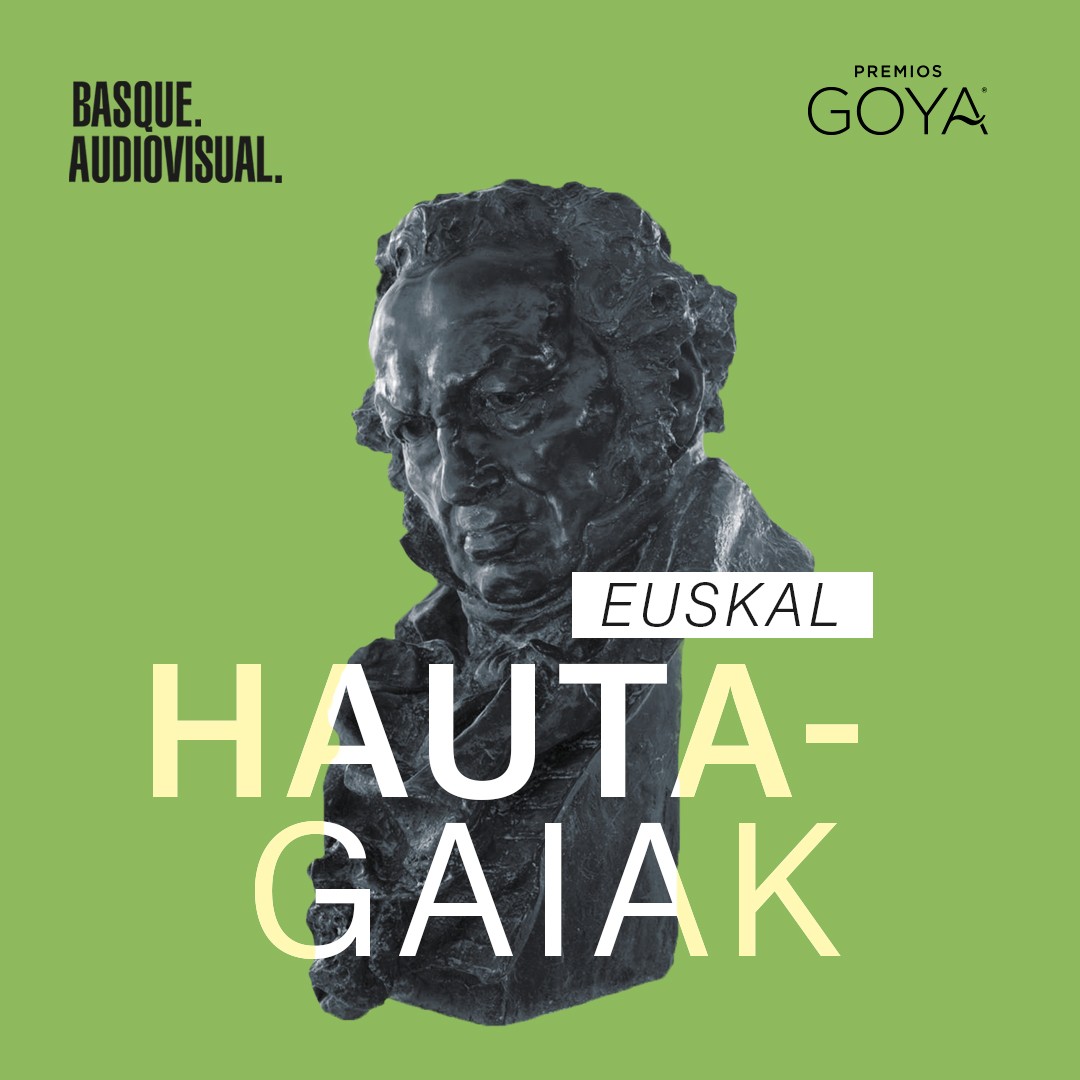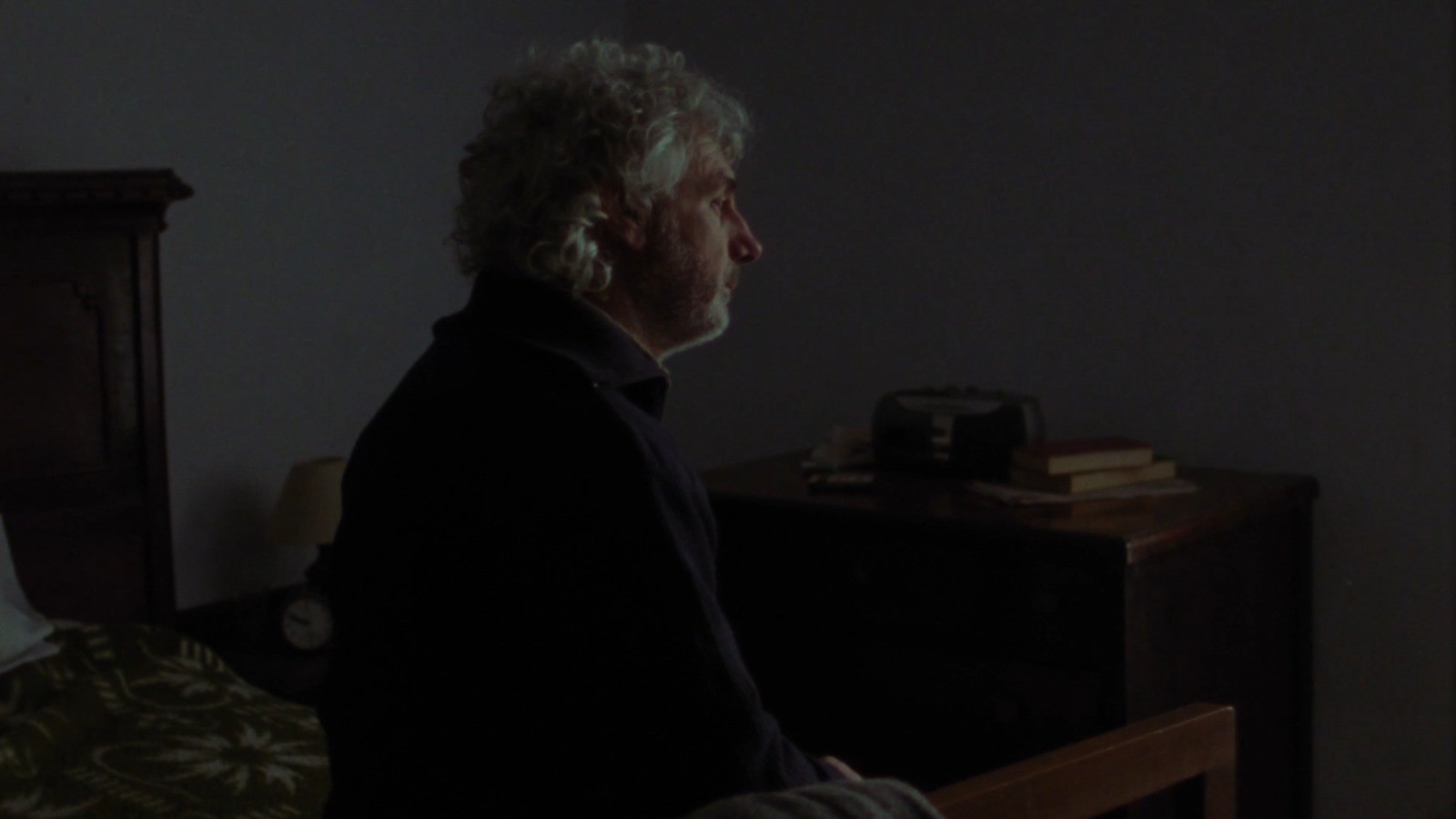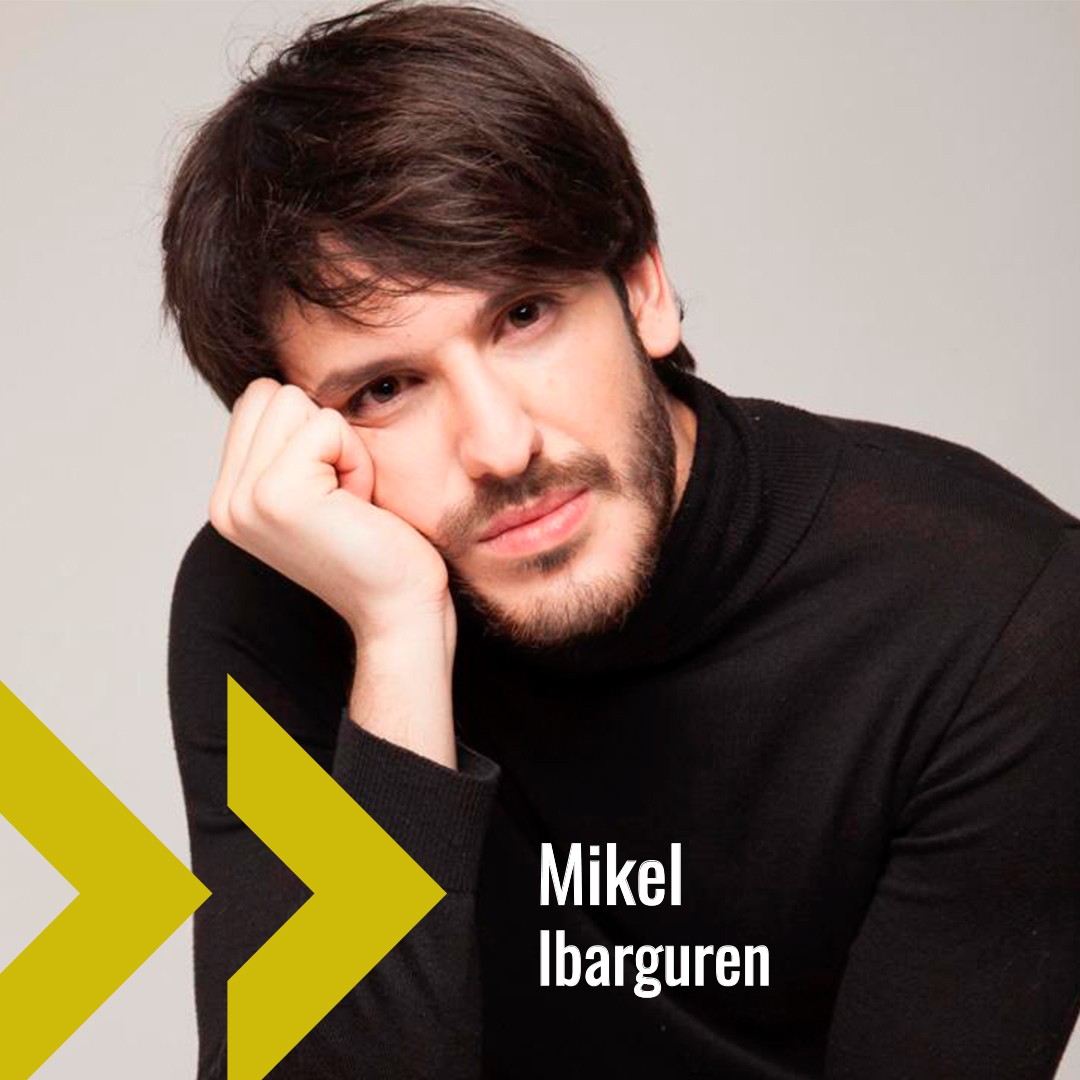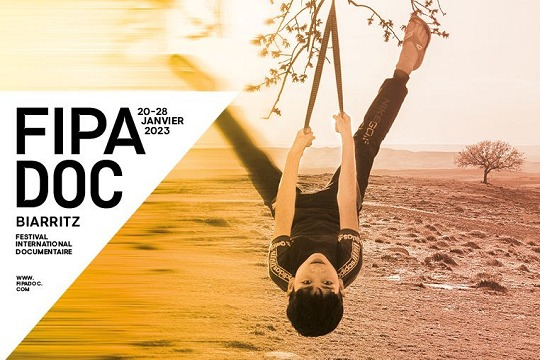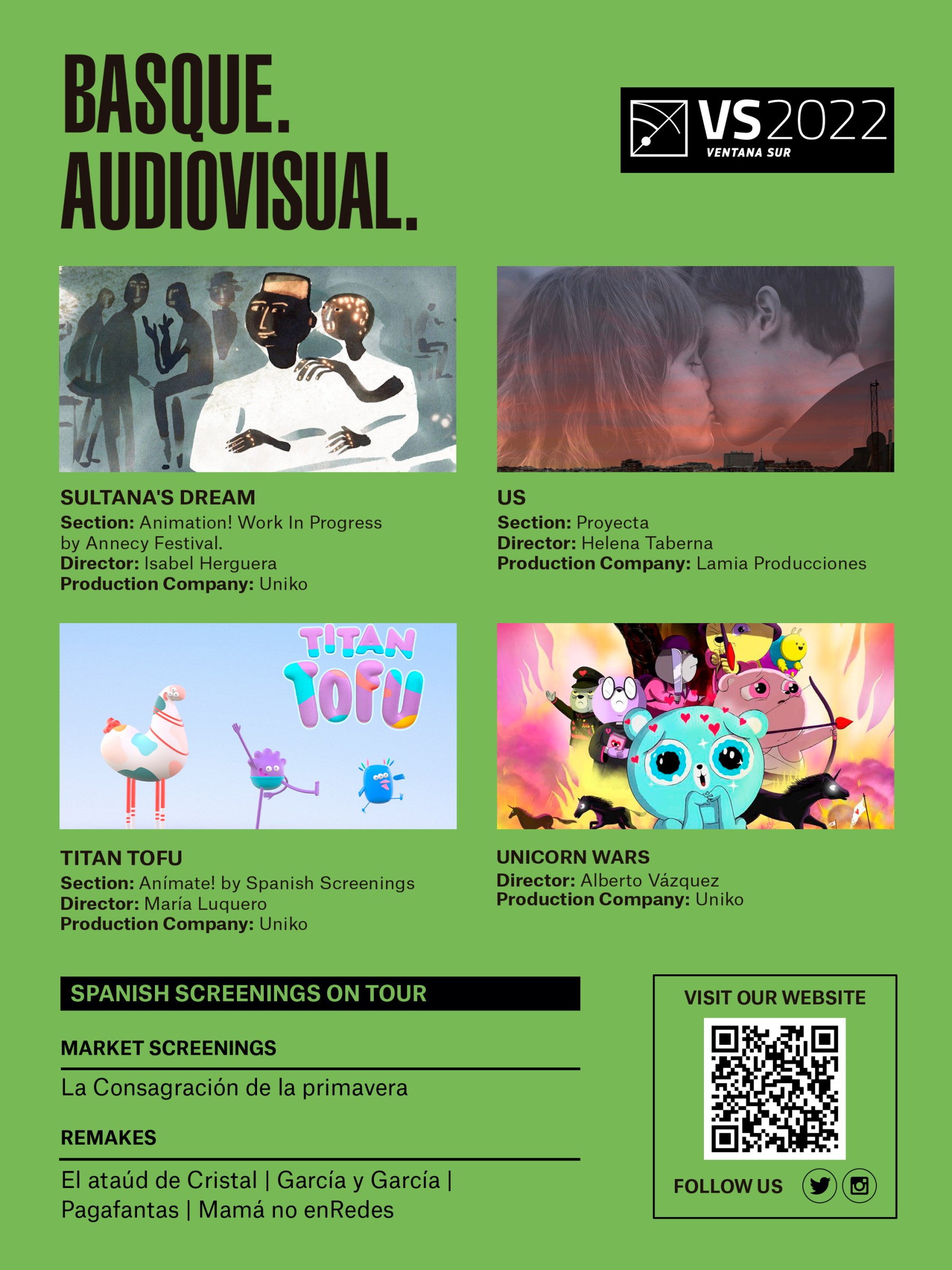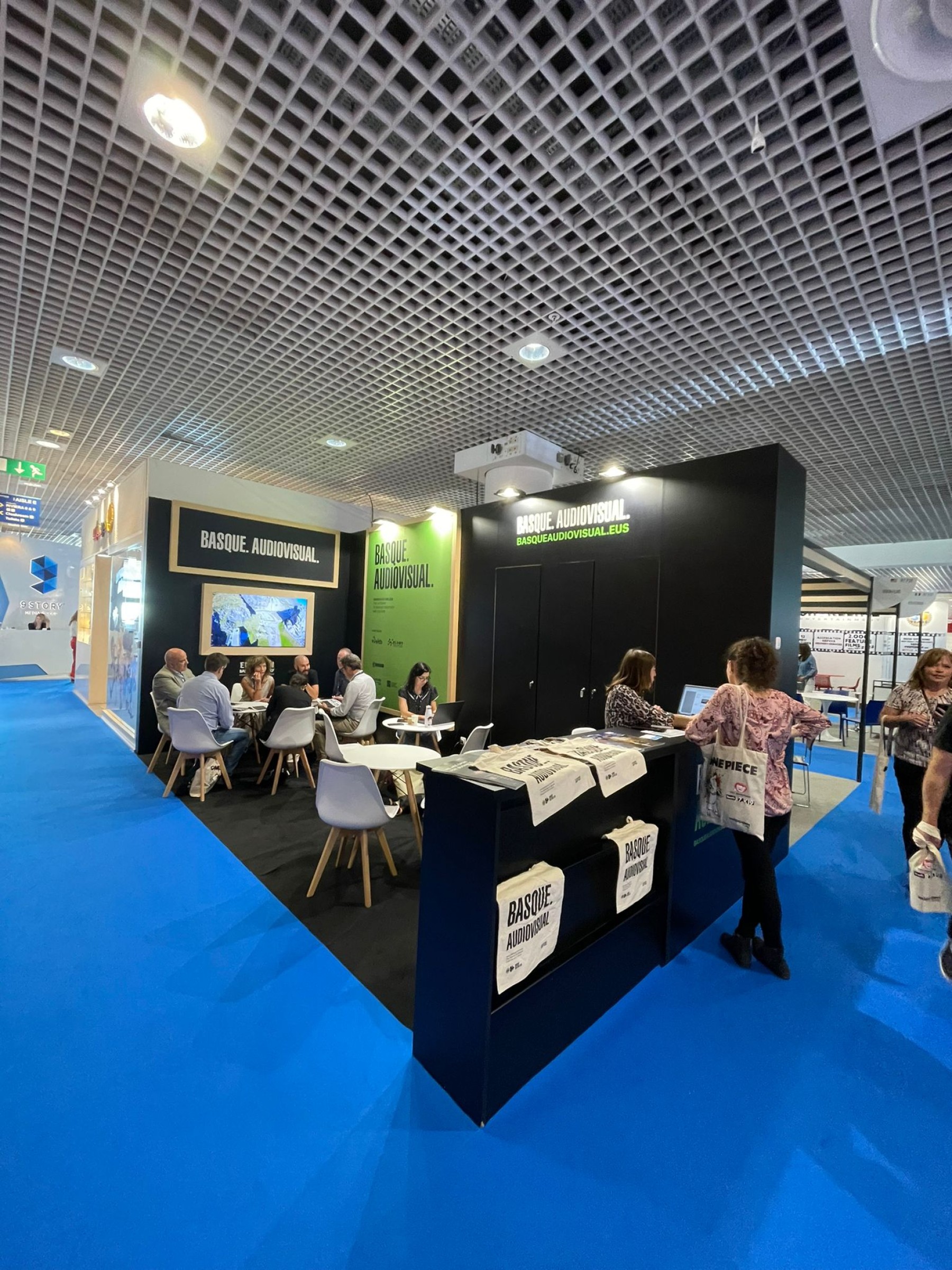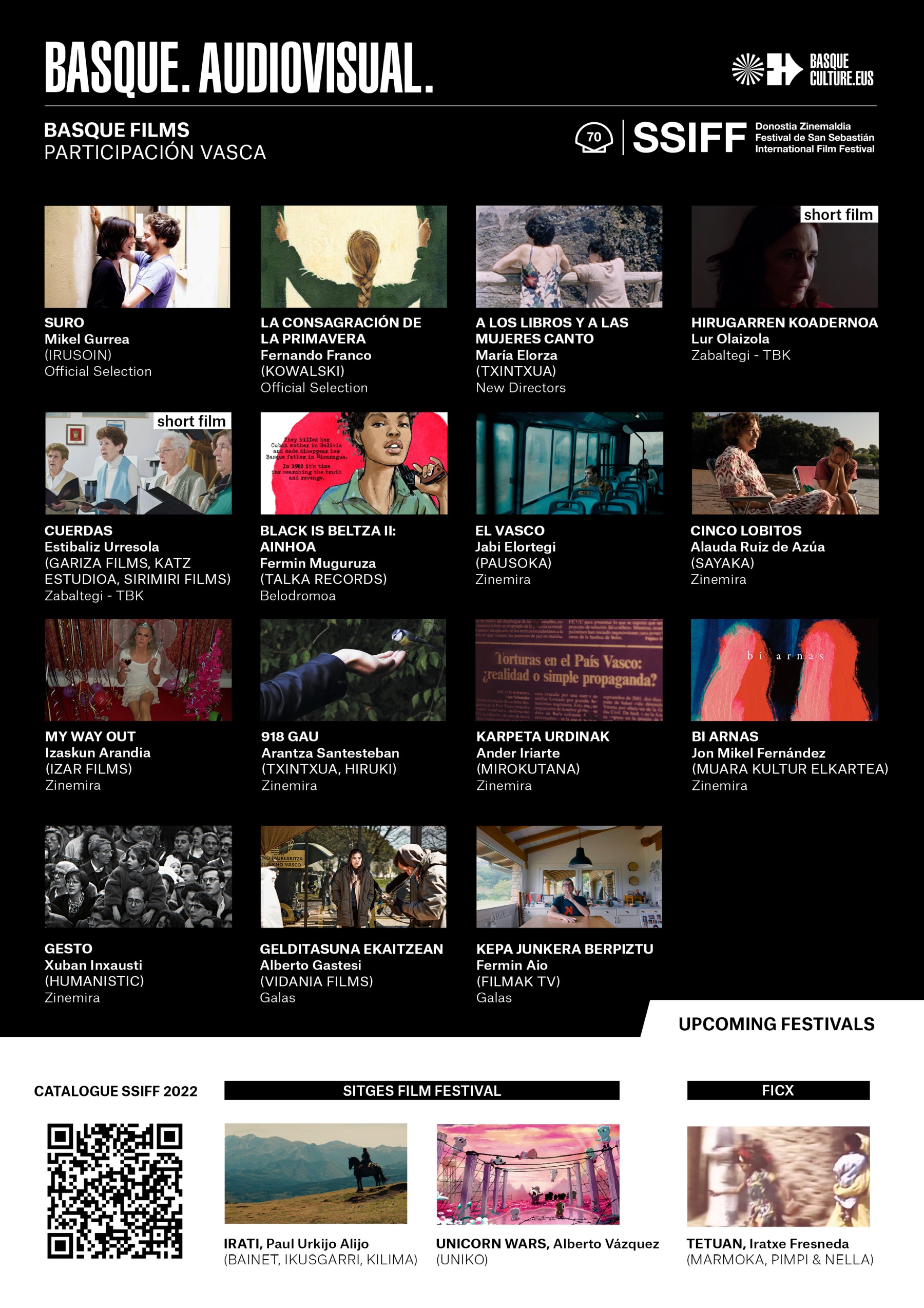2025-09-10
“Being selected in such a special setting as the San Sebastian Film Festival is undoubtedly a real privilege”
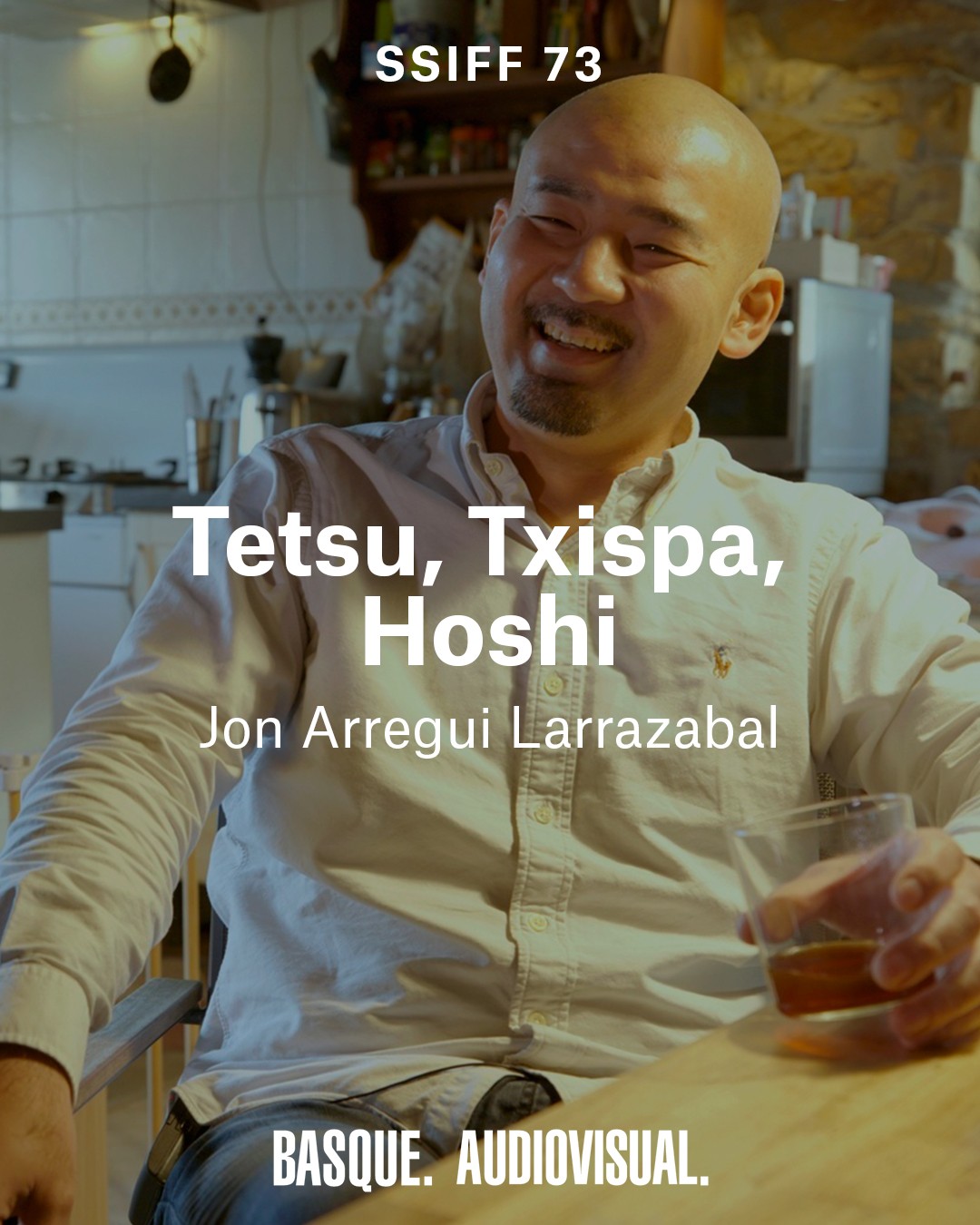
Amidst shoots, coincidences, and a fair amount of intuition, Jon Arregui gradually wove the portrait of Tetsuro Maeda, a Japanese chef who has put down roots in the heart of the Basque Country. ‘Tetsu, Txispa, Hoshi’ is more than just a gastronomic documentary—it’s a tale of unlikely encounters, life-changing decisions, and cultural fusions simmered over time. Selected for the Culinary Zinema section of the Zinemaldia, the film reveals how the blend of Japanese sensitivity and Basque character can give rise to something as unique as Txispa. We spoke with the director about the process, the challenges, and what remains once the camera stops rolling.
What inspired you to tell the story of Tetsuro Maeda and the restaurant Txispa?
It was yet another coincidence—like many in Tetsuro Maeda’s life. At Digytal Audiovisuales, we’ve been making TV programmes for Euskal Telebista for many years now, most of them recently related to gastronomy. While filming an episode of ‘Baserri Gourmet’, we were visiting the Atxondo area, where Tetsu had opened Txispa. During the shoot, a woman approached Andoni Etxeandia (producer at Digytal) and asked if we were filming “the Japanese man who’s doing building work at Mendigoikoa.” On hearing that, Andoni decided to investigate, went over to meet “the Japanese man” and got to know him. His story struck us as really interesting, and that’s when the idea of telling it began to take shape.
How did you translate into film language the fusion between Japanese and Basque cultures that defines Txispa?
To be honest, when I start a project like this, I don’t overthink things. First, you get to know the person—you observe them, learn their story, watch how they work, take in their surroundings... That process of getting to know them gradually reveals small details which, I suppose, eventually shape a style or a certain something.
Tetsu’s story evoked for me long takes, calmness, authenticity, and a certain rhythm... slow, but still with rhythm.
Tetsu soon passed on his Eastern vibe to us, and we, being Basque, quickly picked up on the “Basque touch”.
What challenges did you face while filming this project?
This documentary was made in the “spare moments” between one programme and the next at the production company. A few years have passed since we started filming, and a lot can change in that time. One of the things we went back and forth on the most was identifying—or deciding on—the story. There were many possible angles, and once we’d settled on the “what”, the next challenge was the “how”.
Beyond gastronomy, what aspects did you want to highlight in the documentary?
There is gastronomy in this documentary, but I think, in reality, we’re telling the story of a person to whom things happen in life—things that lead him to make decisions, and as a result of those decisions, he ends up becoming someone he never imagined he would be.
‘Tetsu, Txispa, Hoshi’ has been selected for the Culinary Zinema section at the Zinemaldia. What does it mean to you to present your work in such a special context?
Back in 2013, we took part with the documentary Euskadi, cocina en la cumbre, and at the time, I don’t think I fully grasped what it meant to be part of a festival like this.
Now, I’m much more aware of how difficult it is to find a story, be able to tell it, finish it, and on top of that, be selected from among the hundreds of submissions the festival receives.
Today, with the sheer volume of audiovisual content out there, being chosen for such a special setting as the San Sebastian Film Festival is, without a doubt, a real privilege.
In your opinion, what kind of impact or reflection might your film leave on the audience?
I hope the documentary, beyond entertaining and sharing Tetsu’s story, also allows viewers to discover the philosophy and mindset behind the concept of a restaurant. At Txispa, nothing happens by chance—everything has a meaning.
And as Tetsu says, when someone arrives in a new environment, with different customs and culture, something unique begins to take shape—something that, over time, can integrate and become part of that reality.




